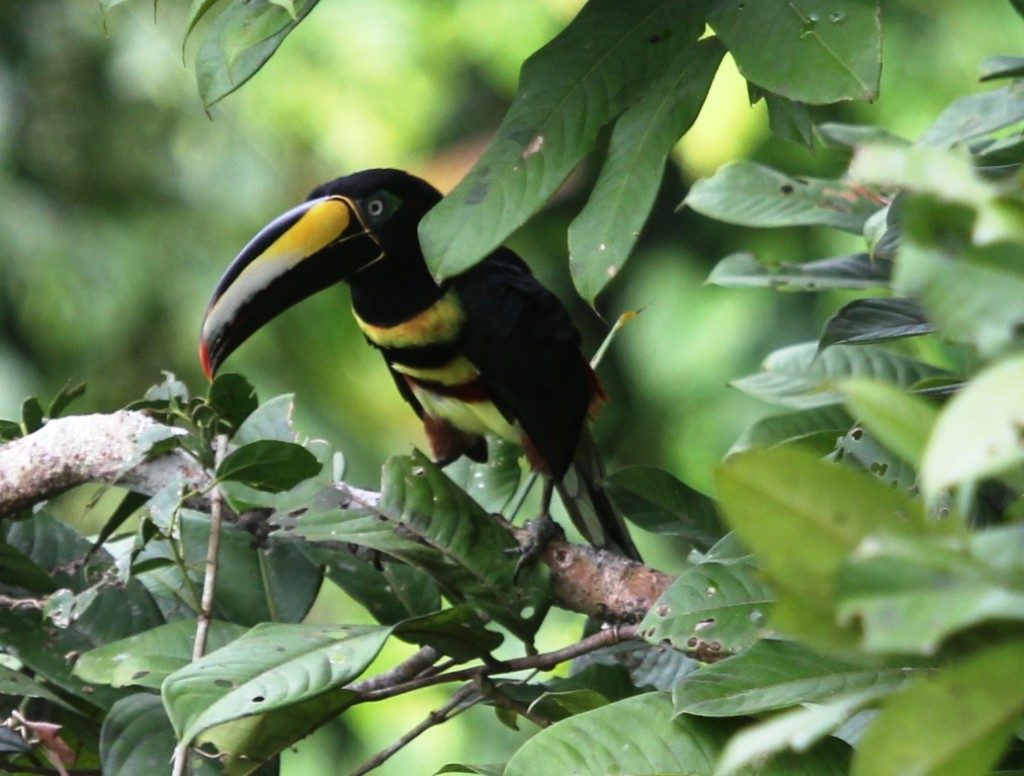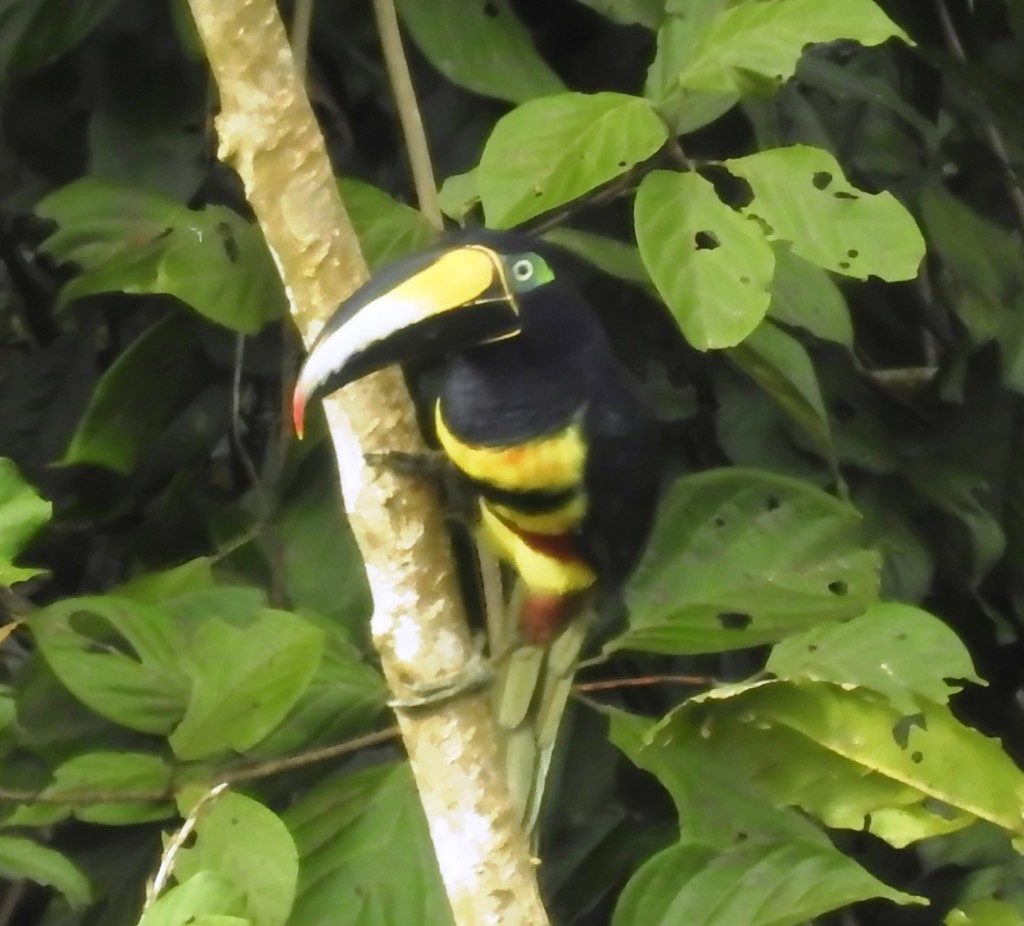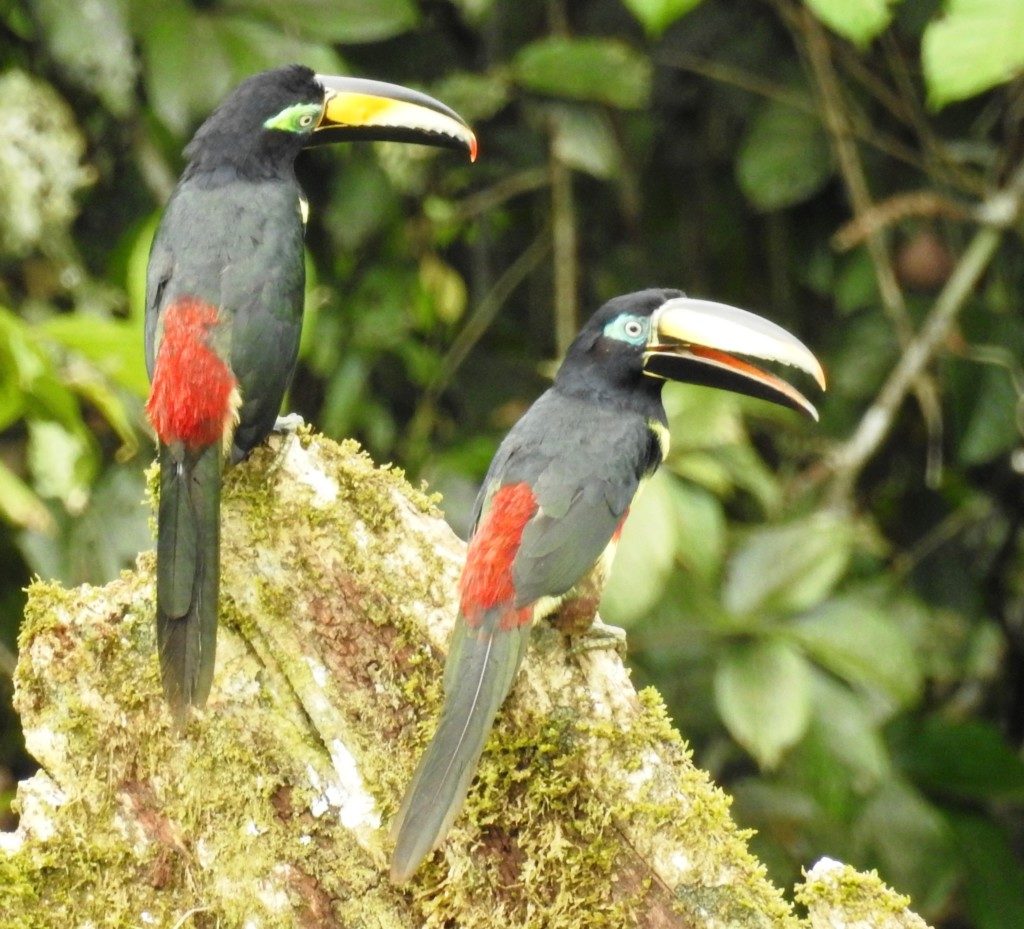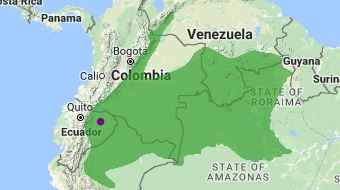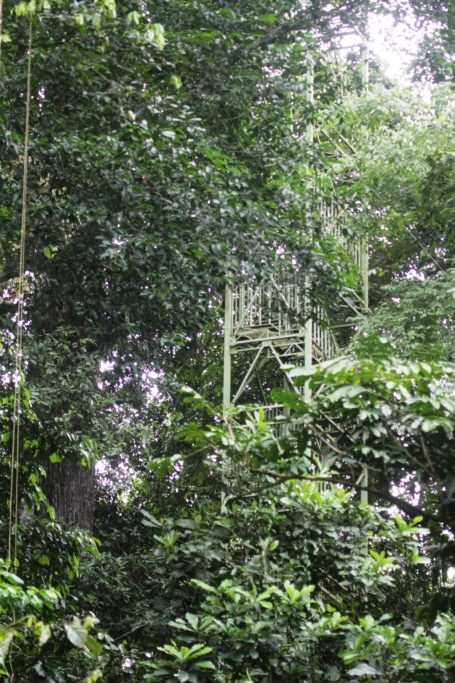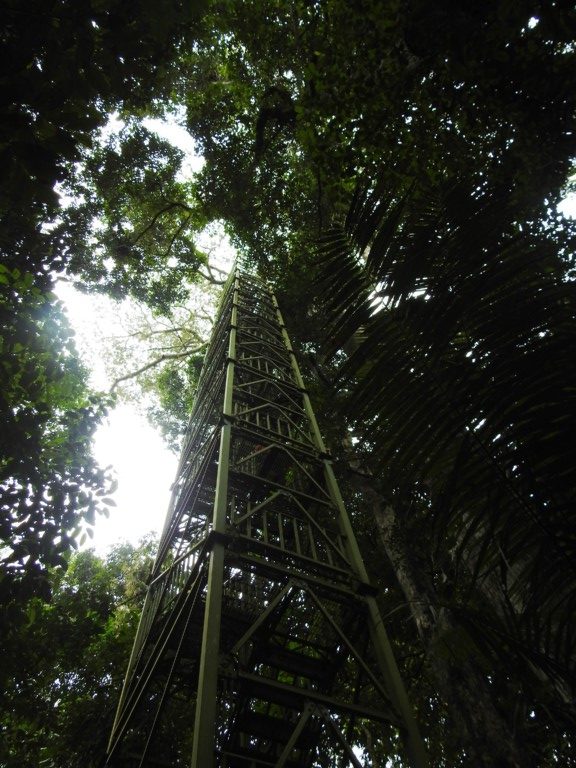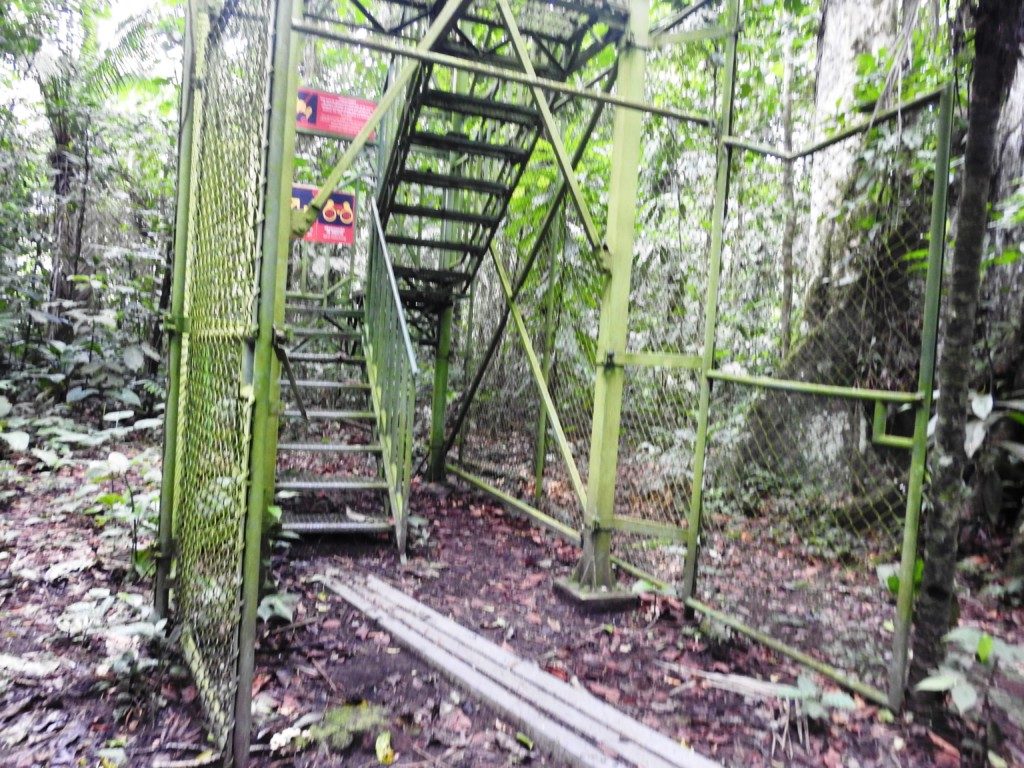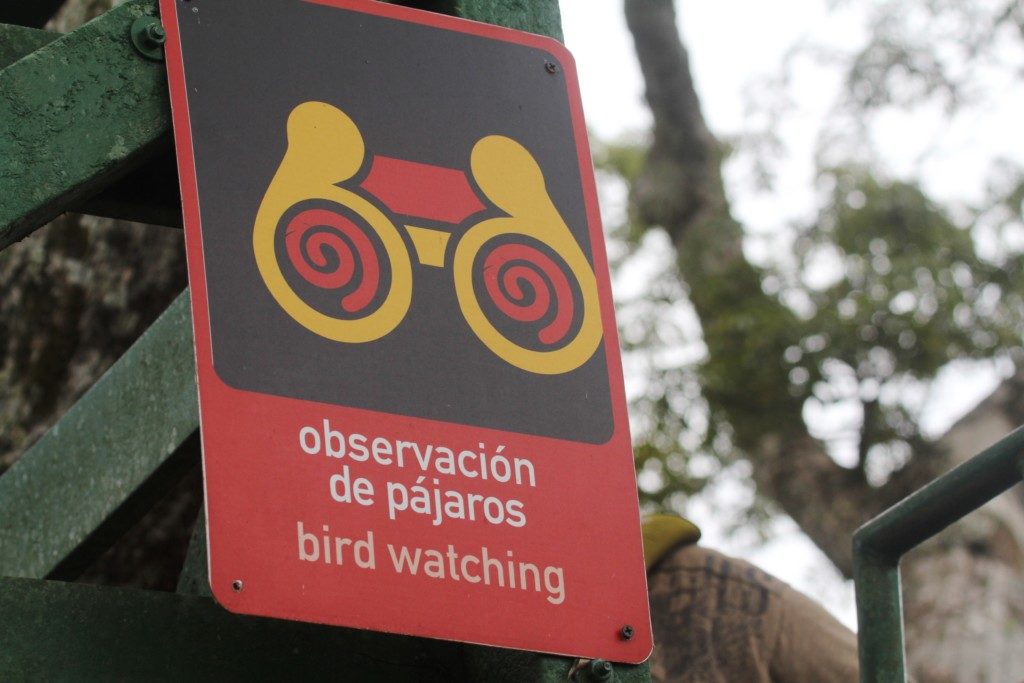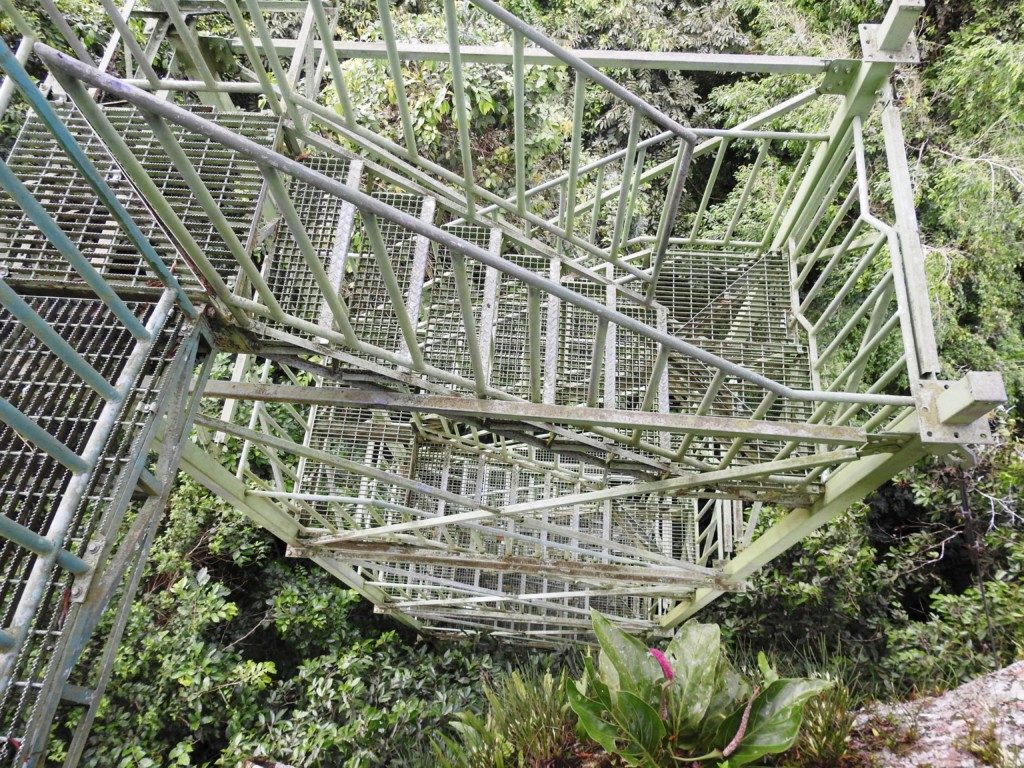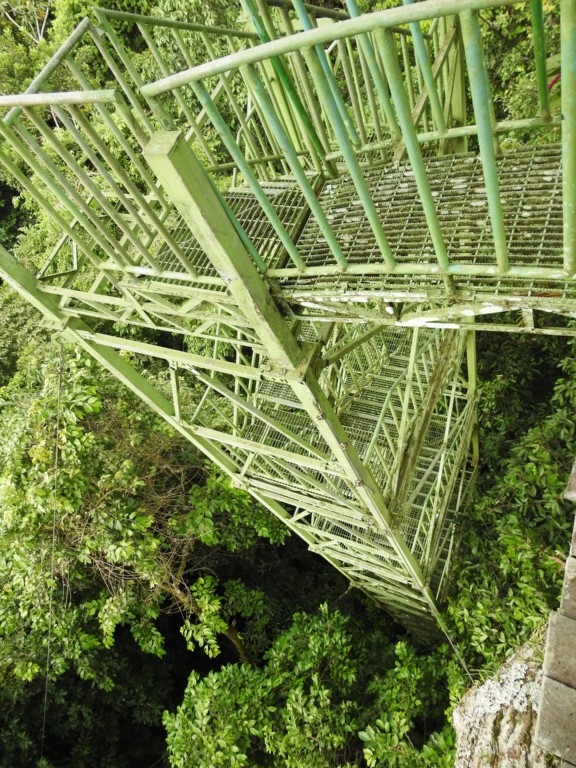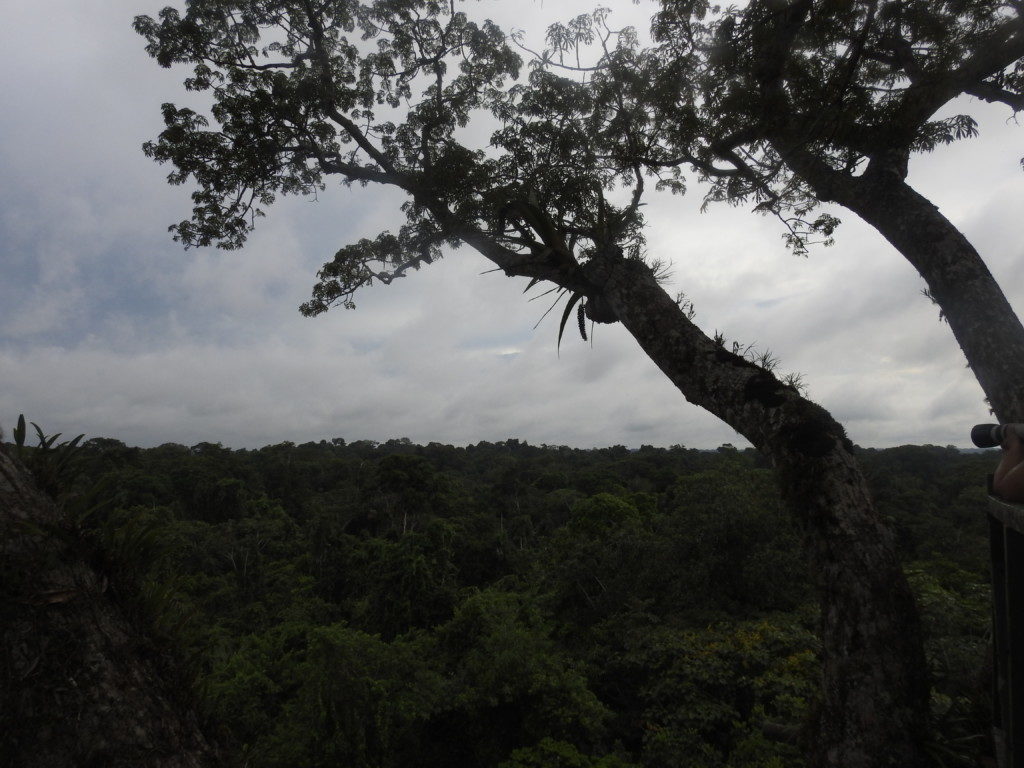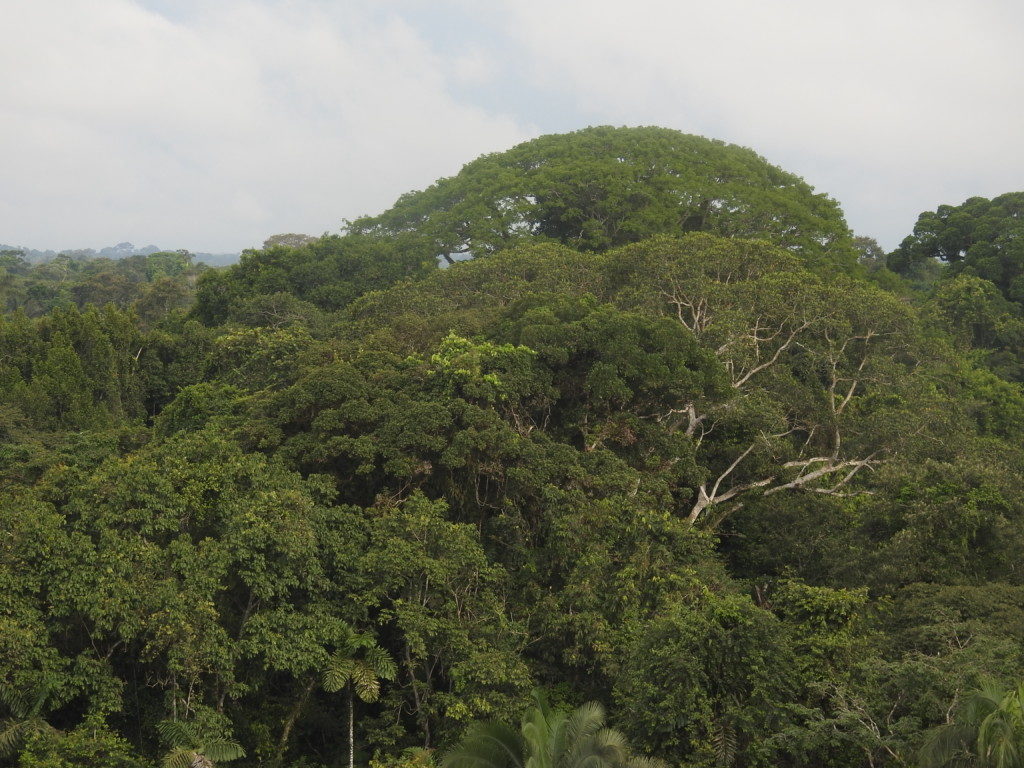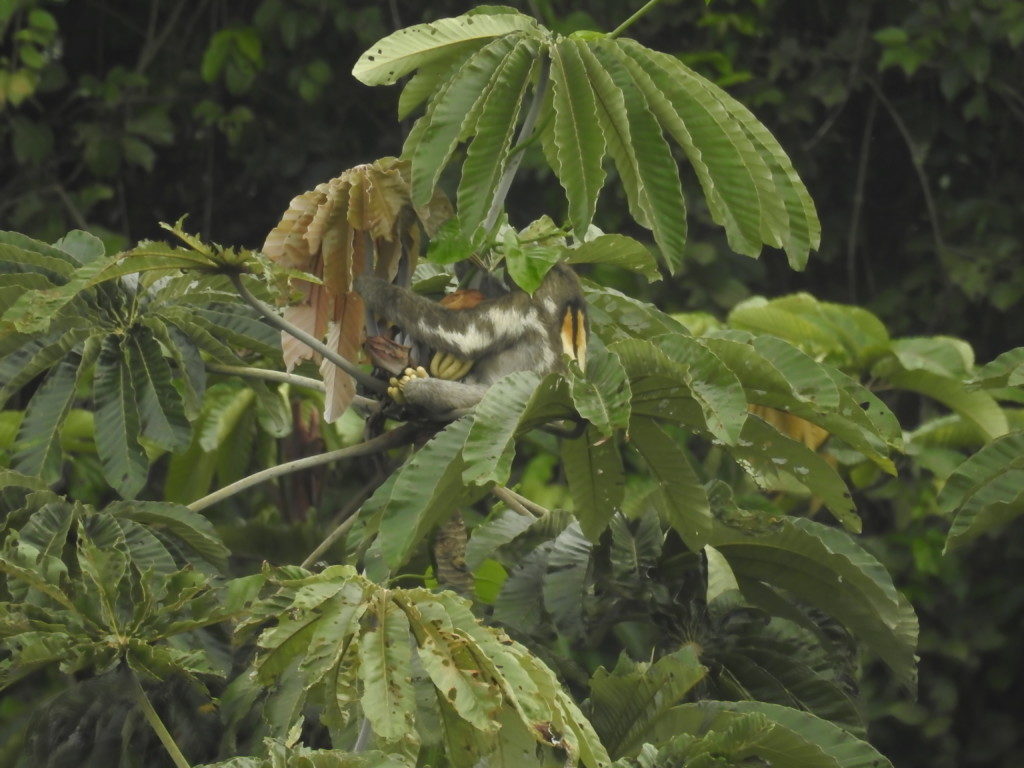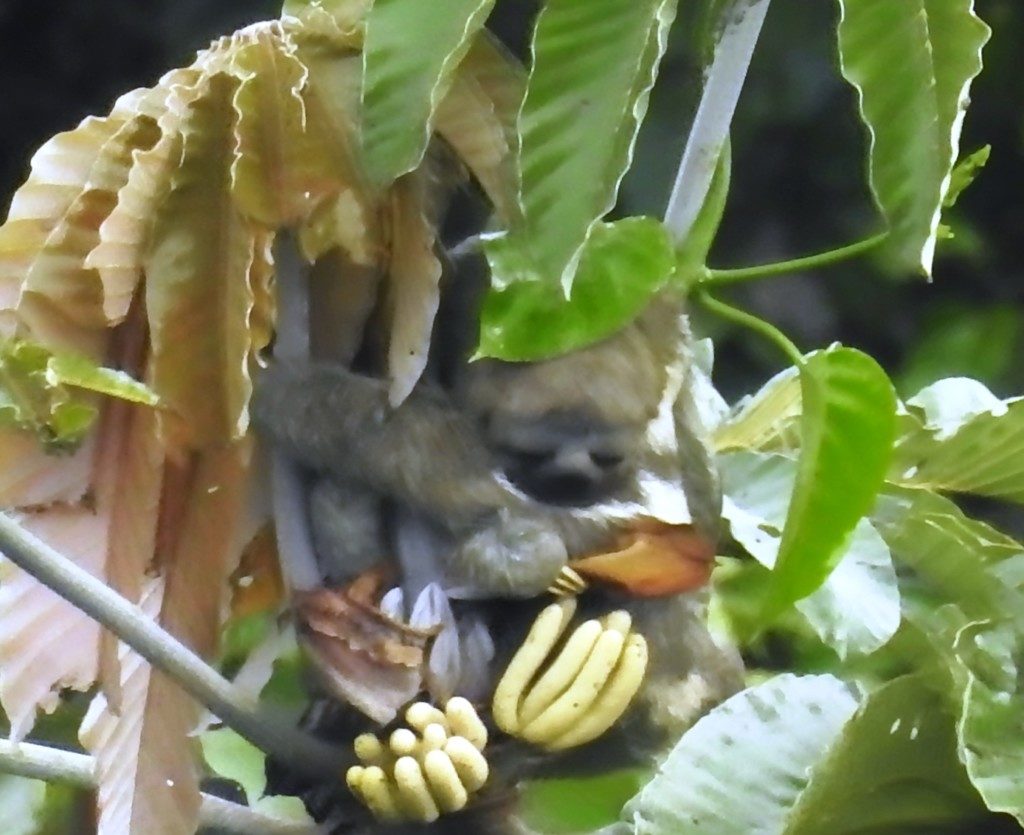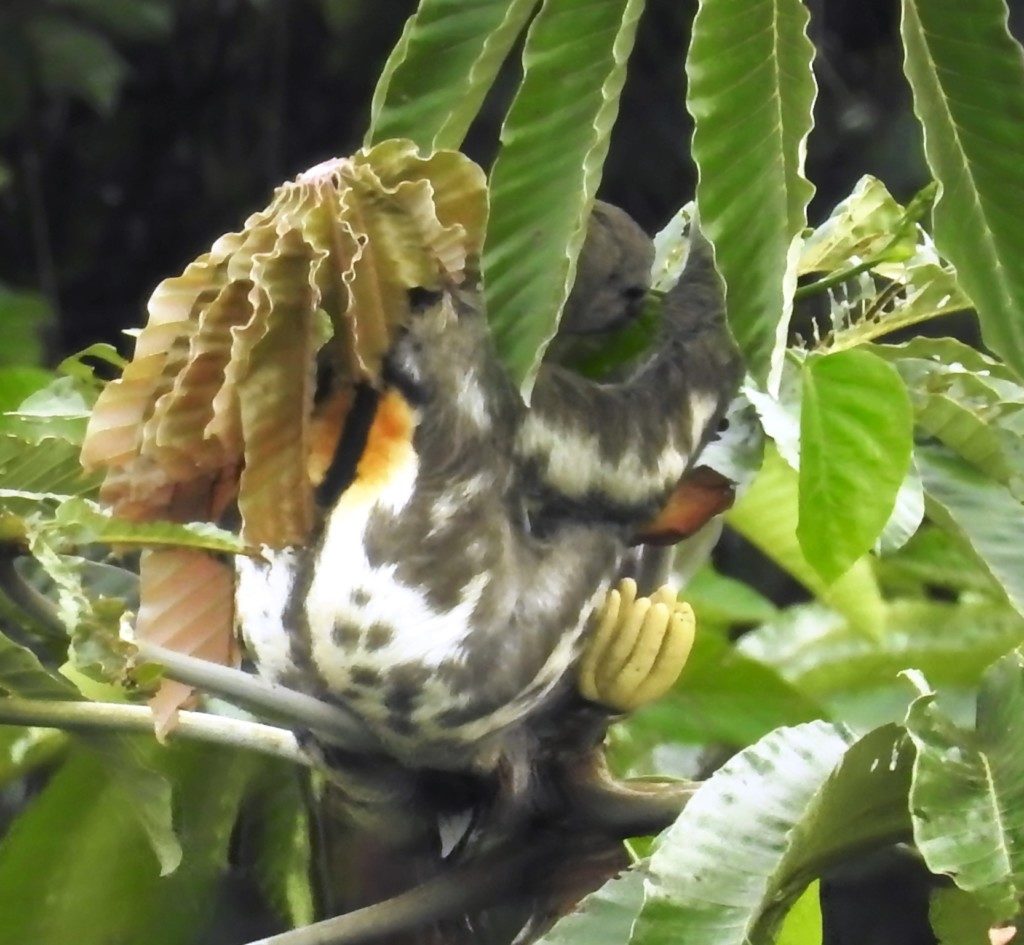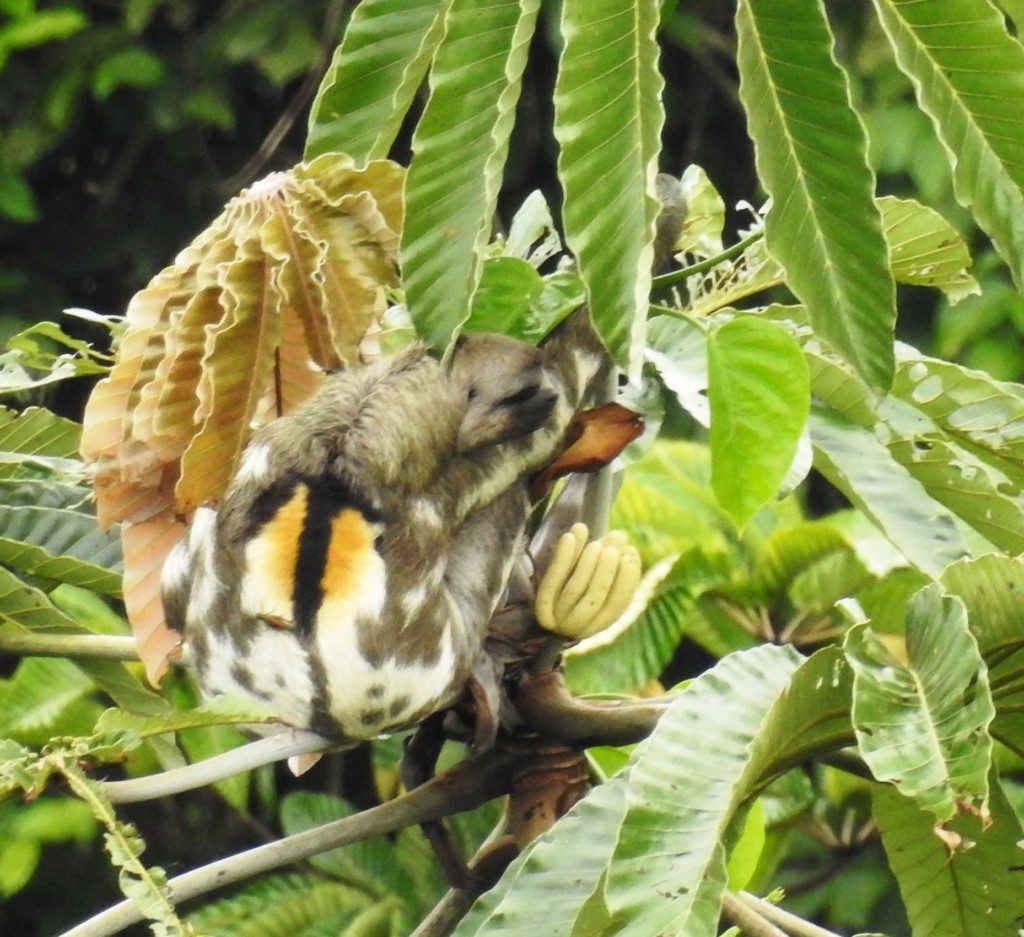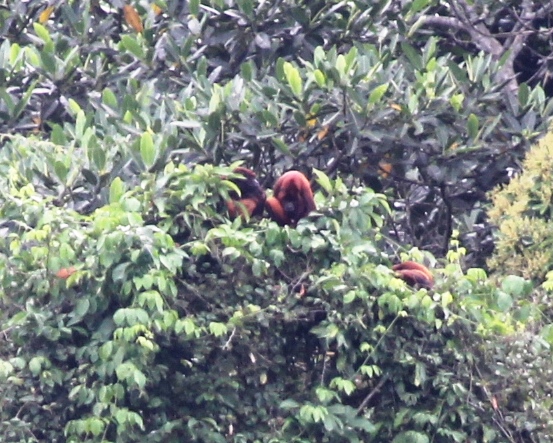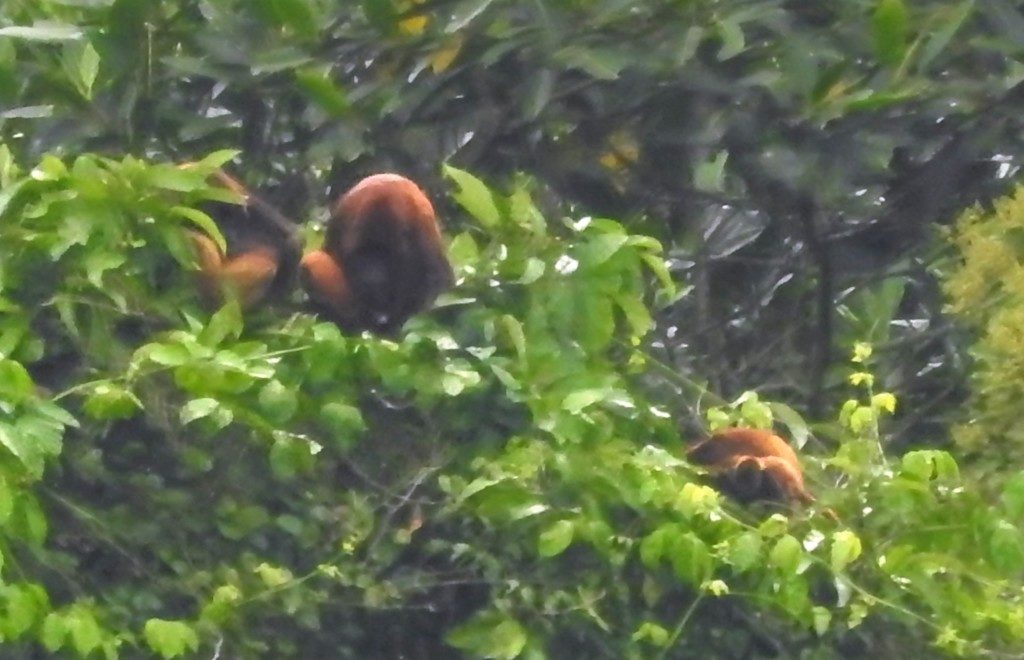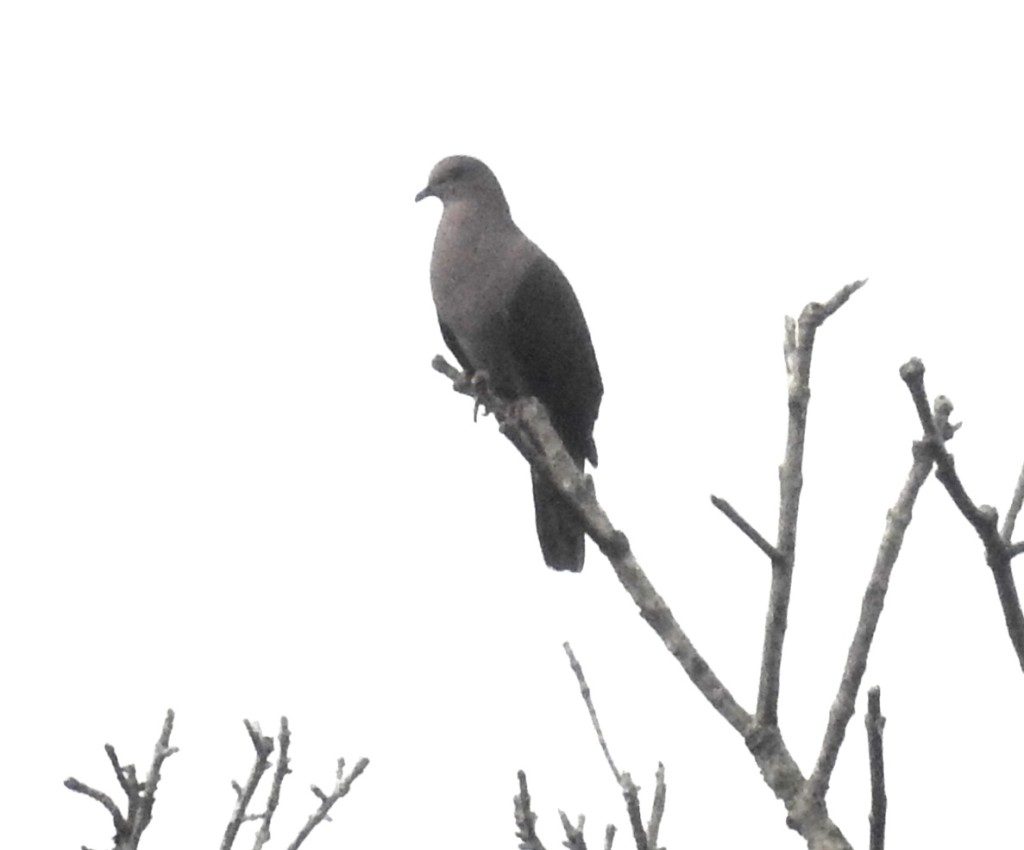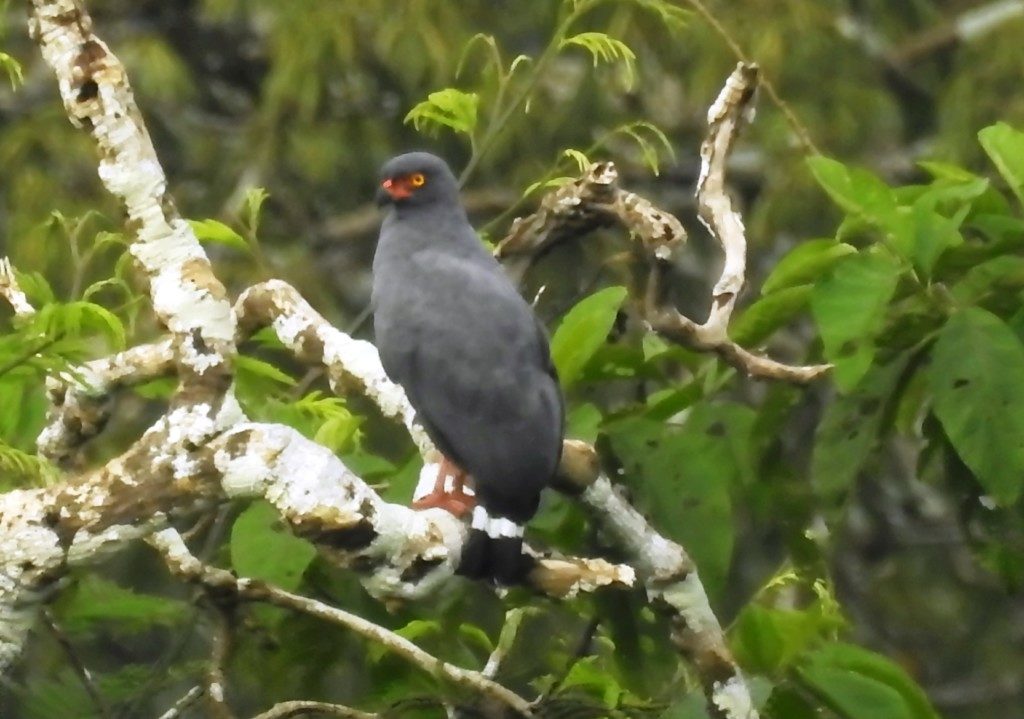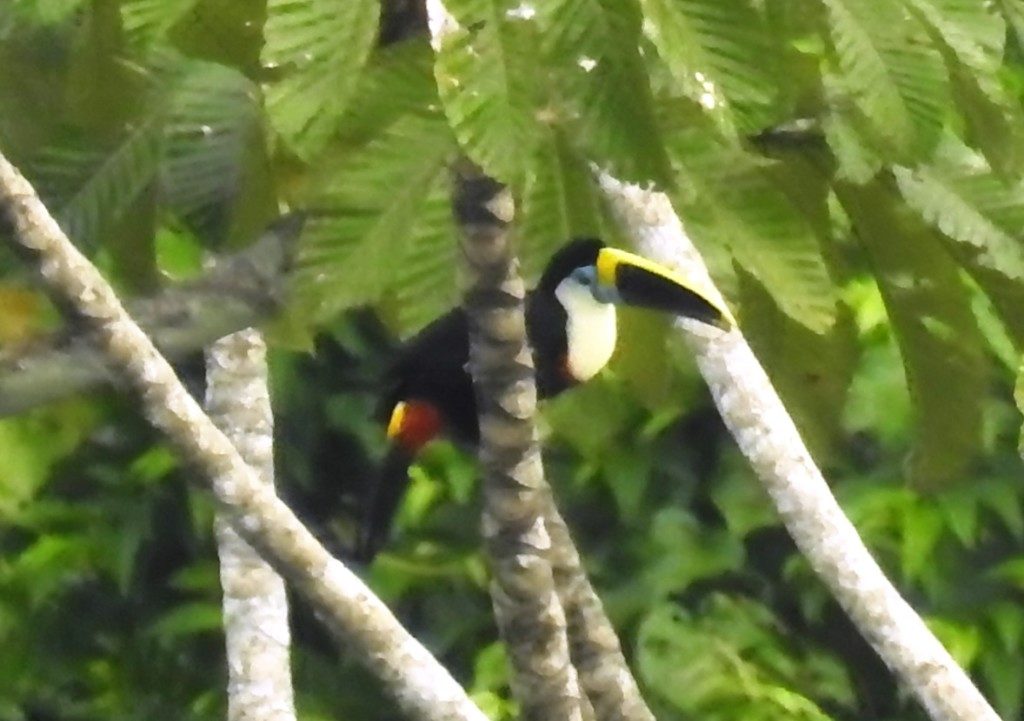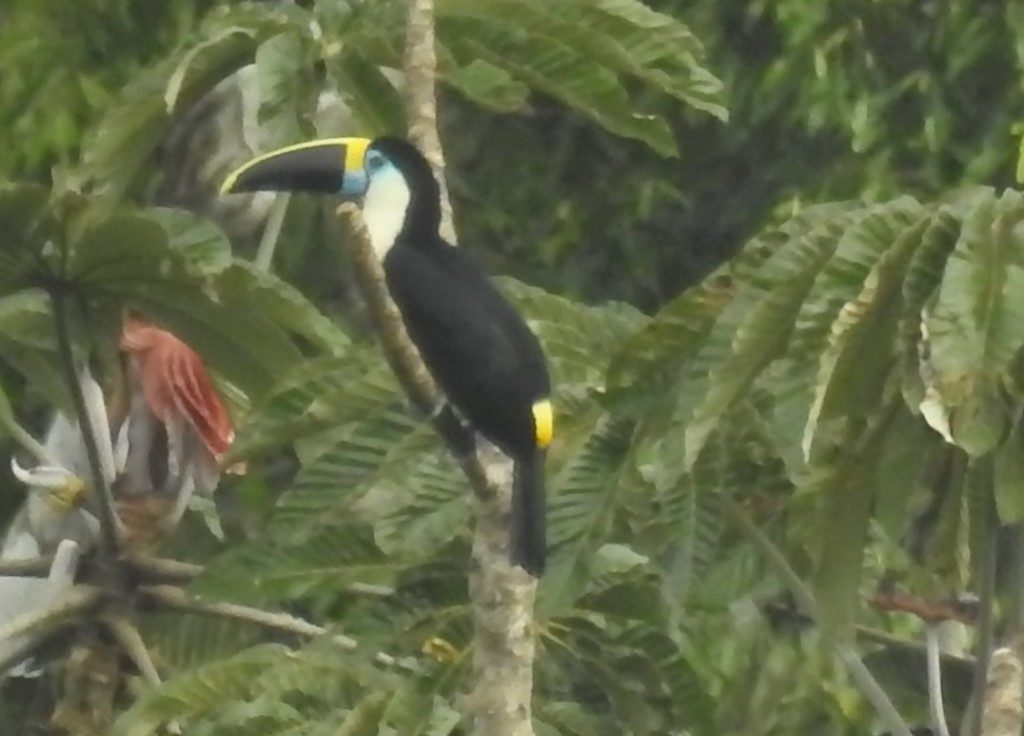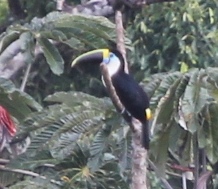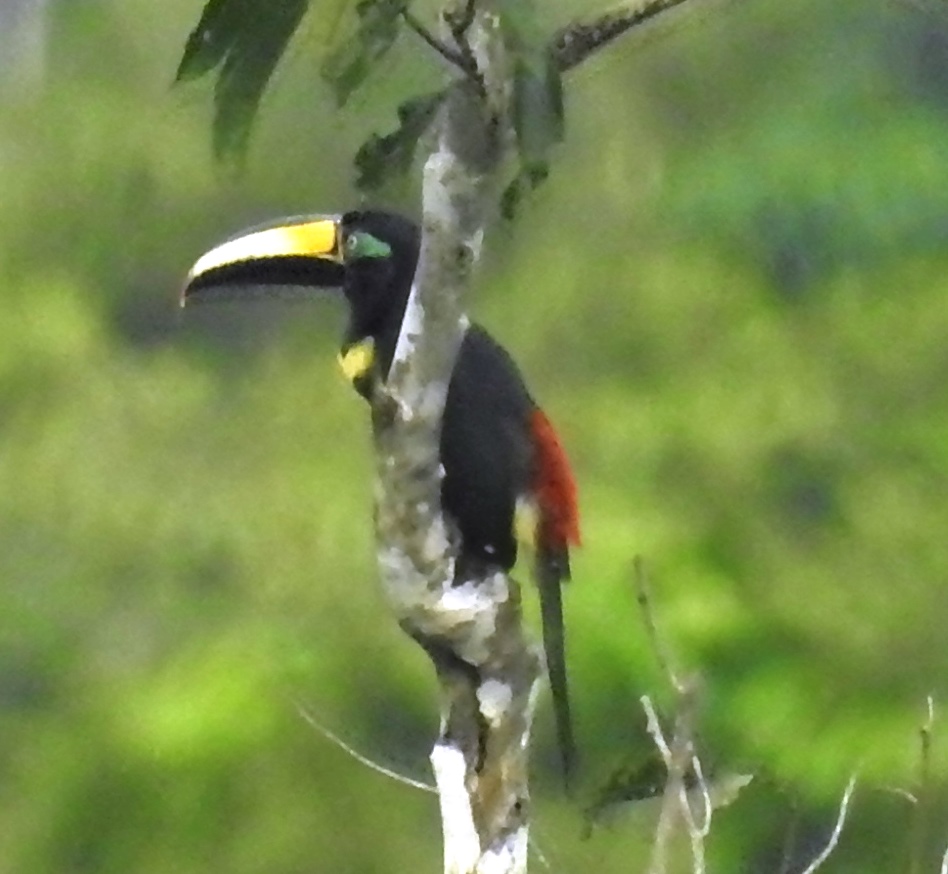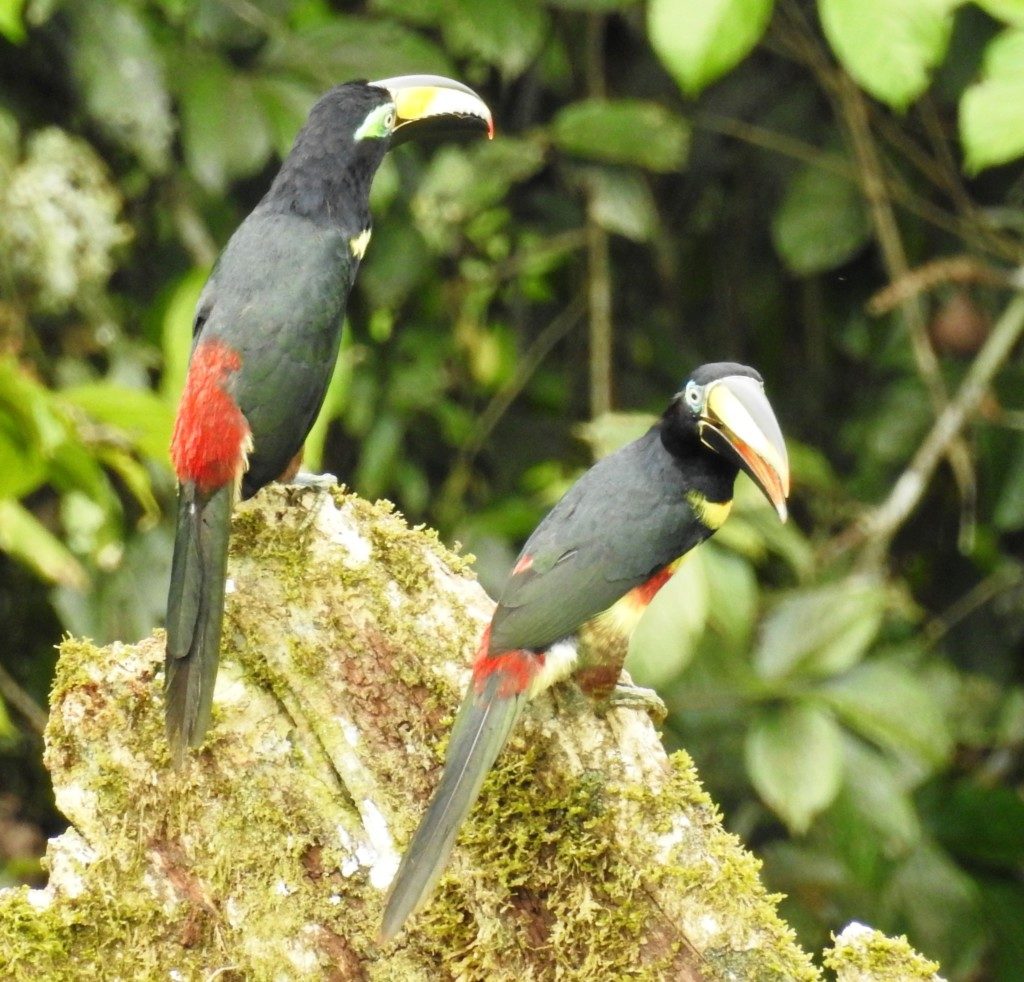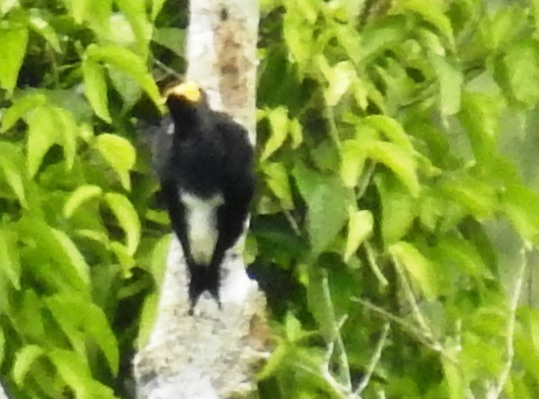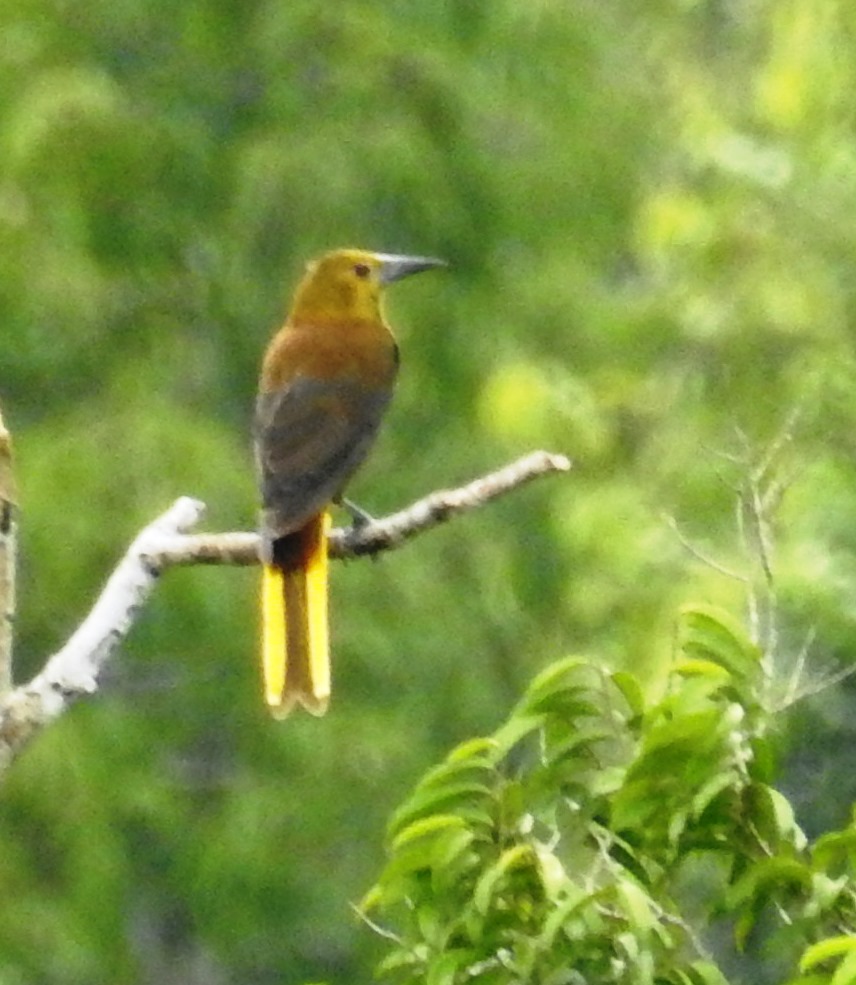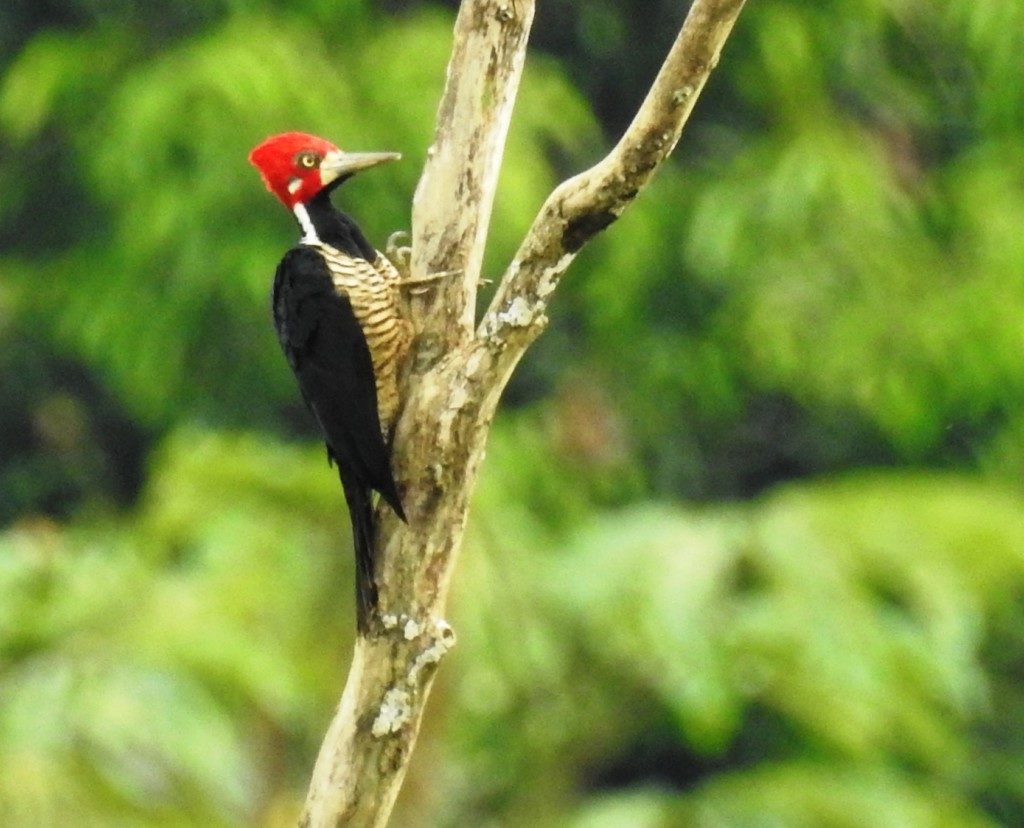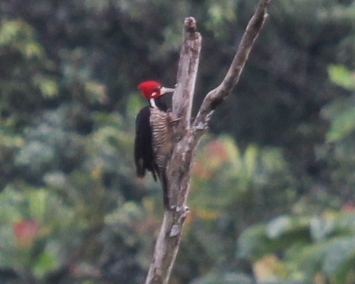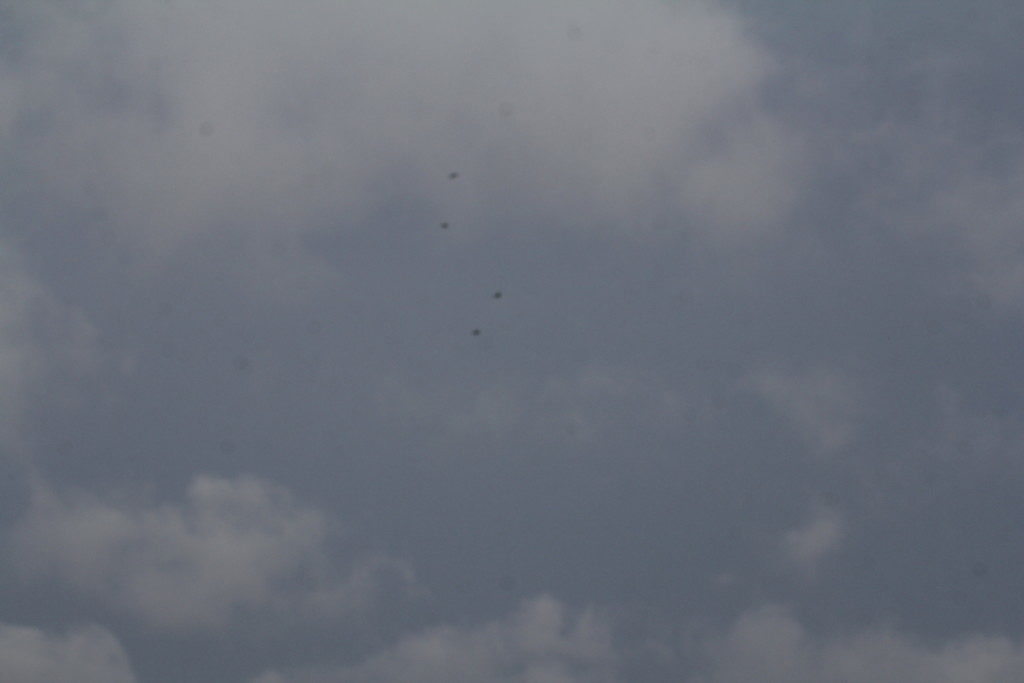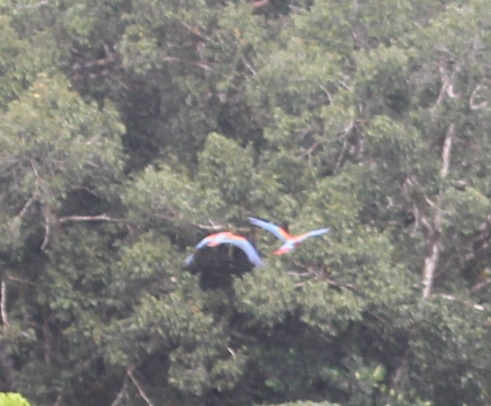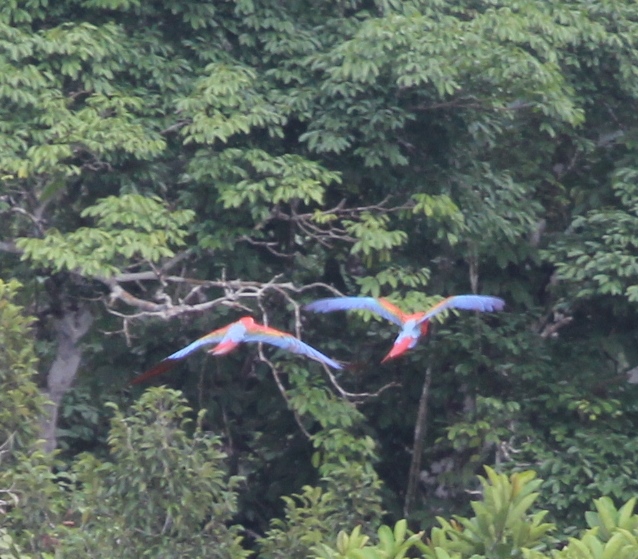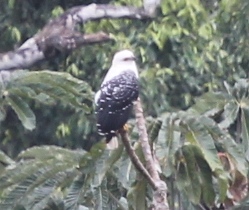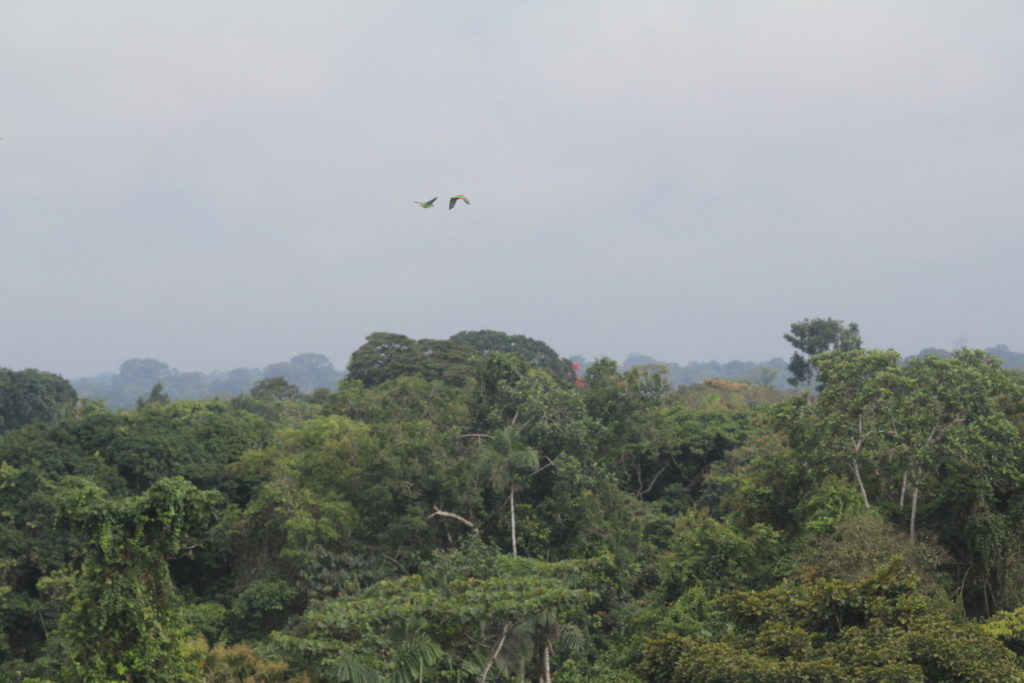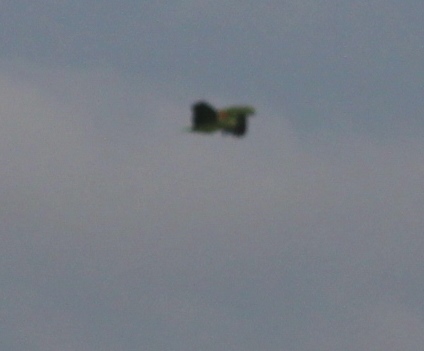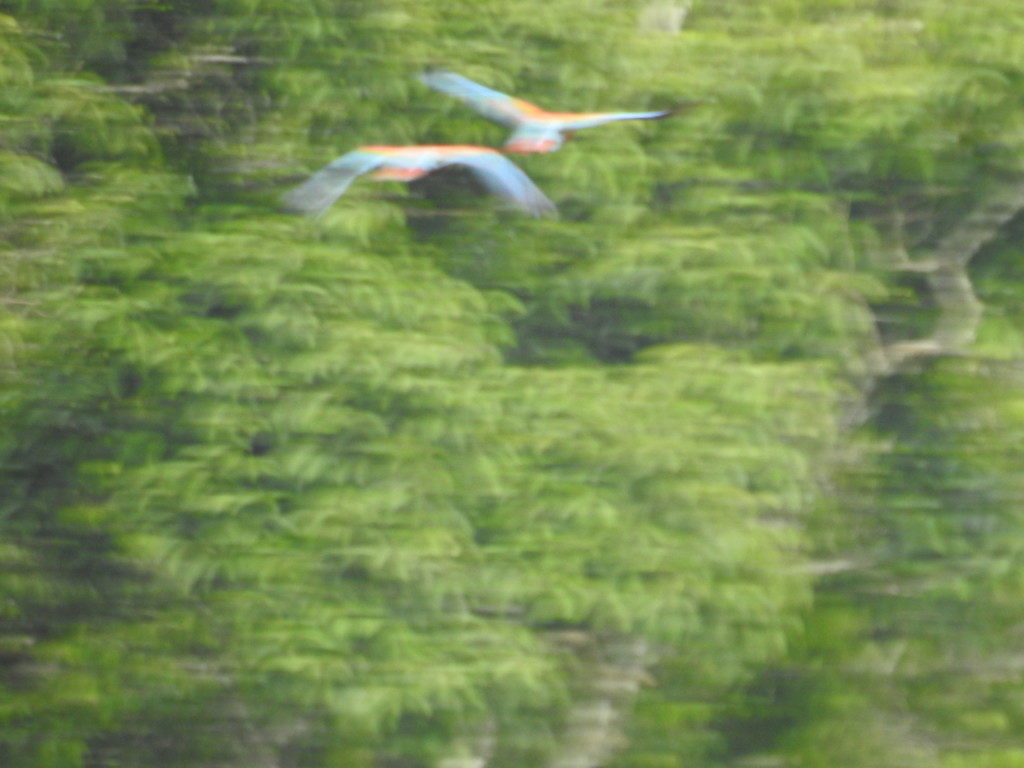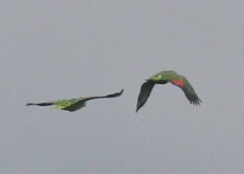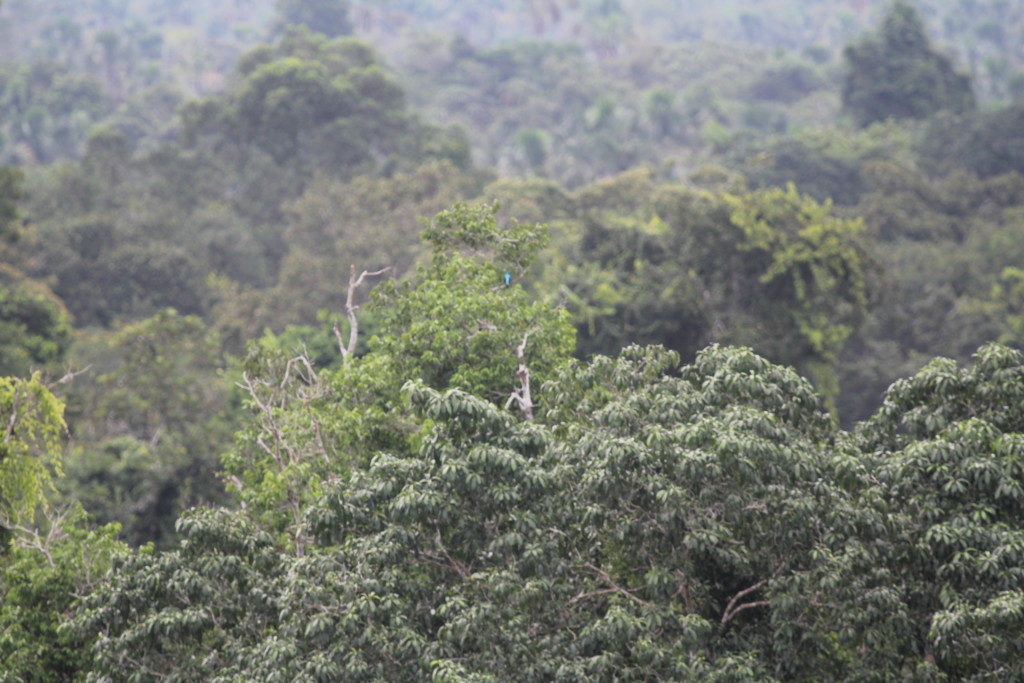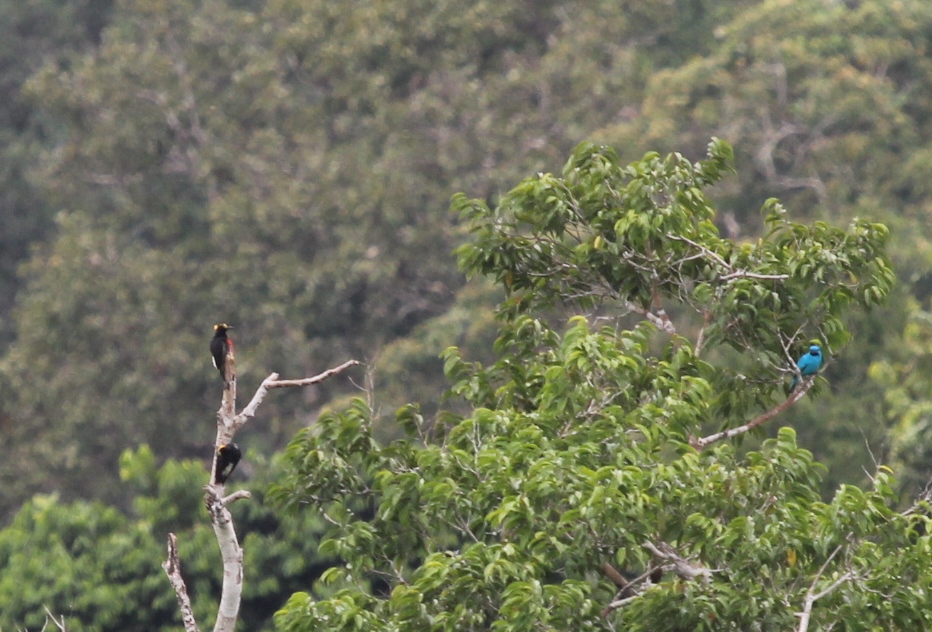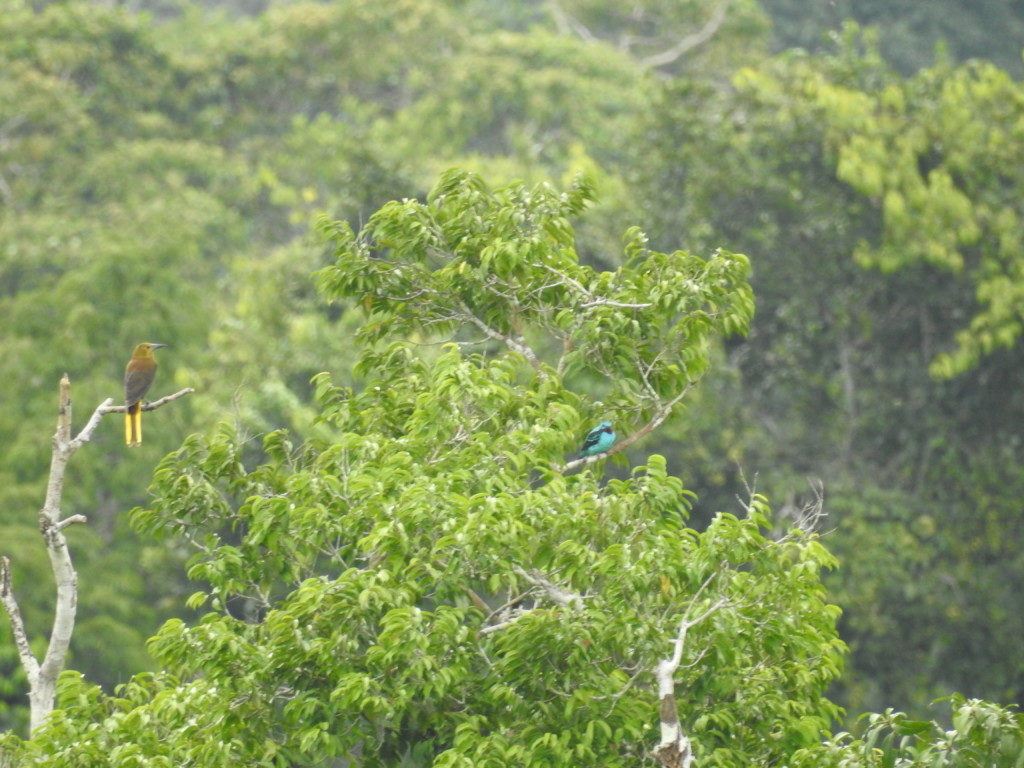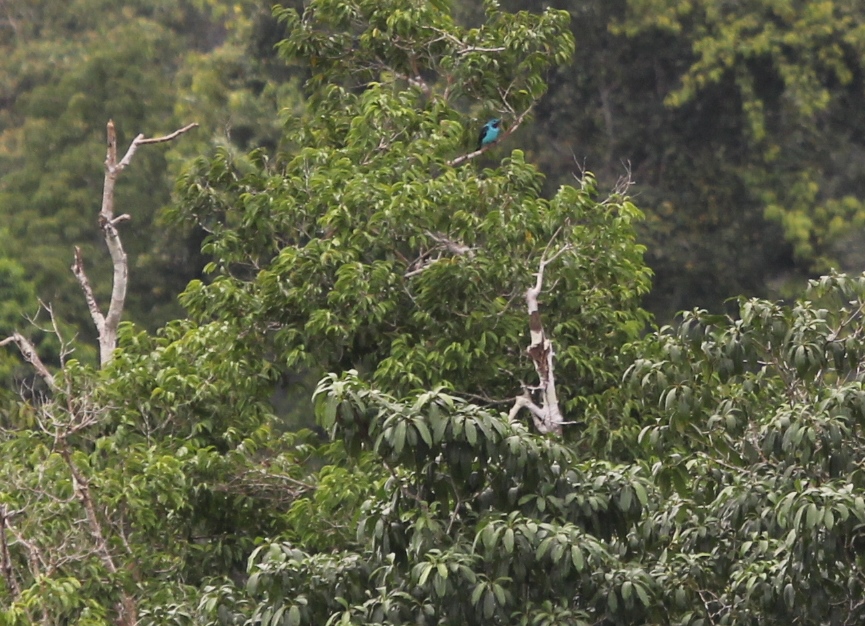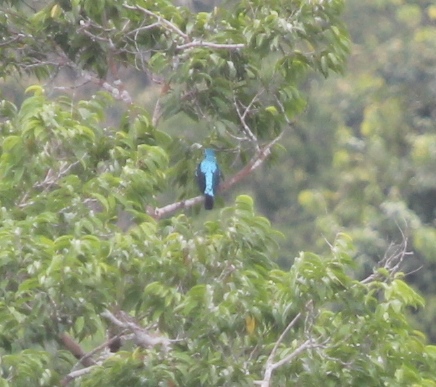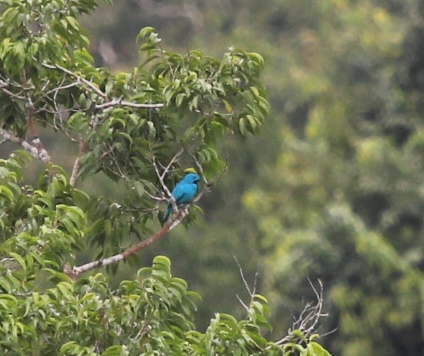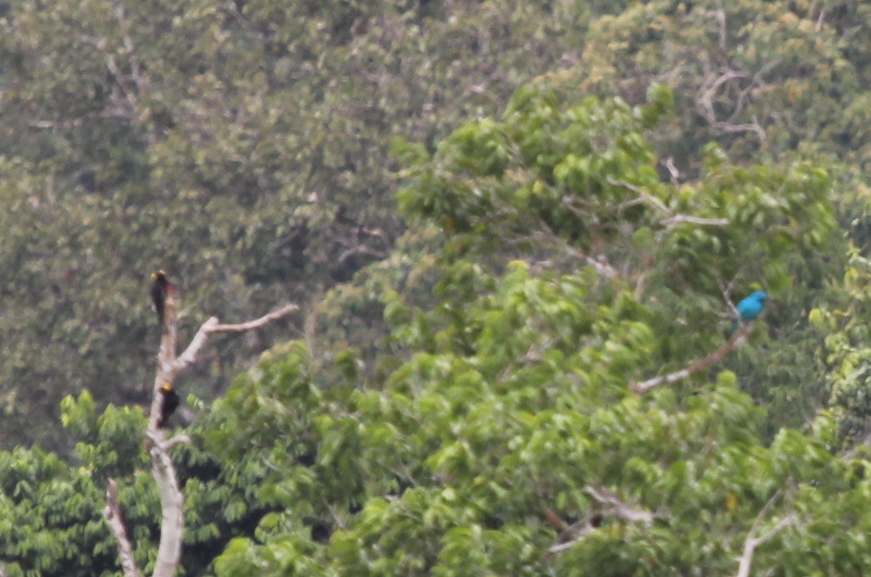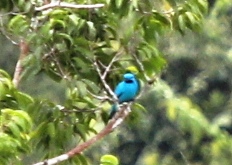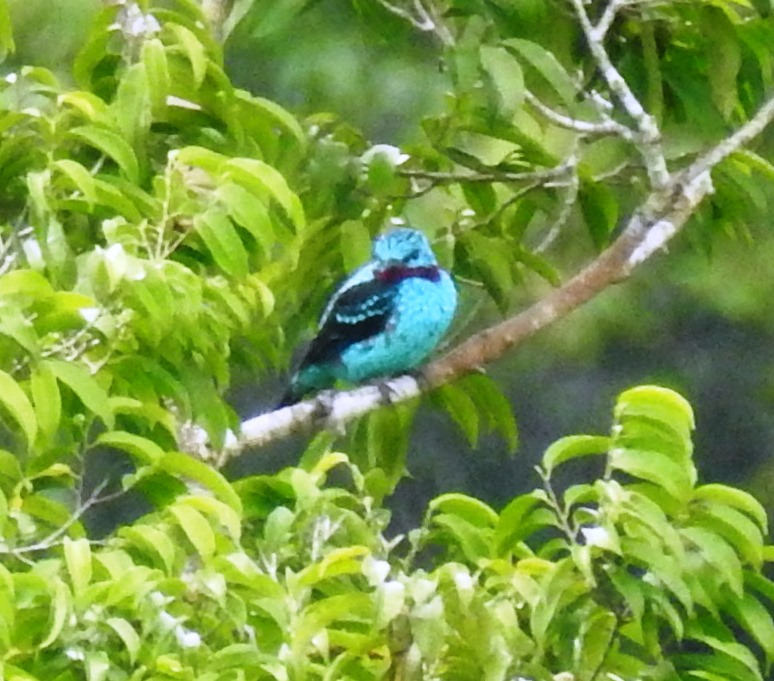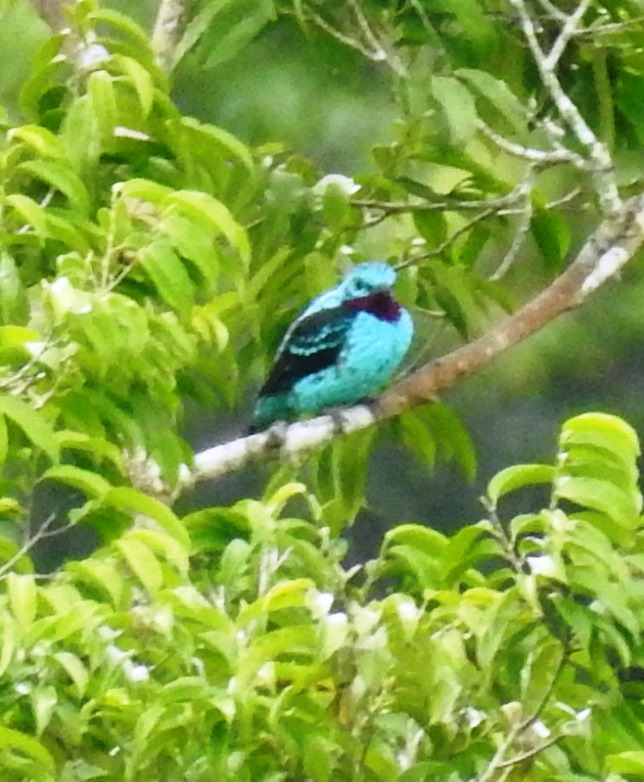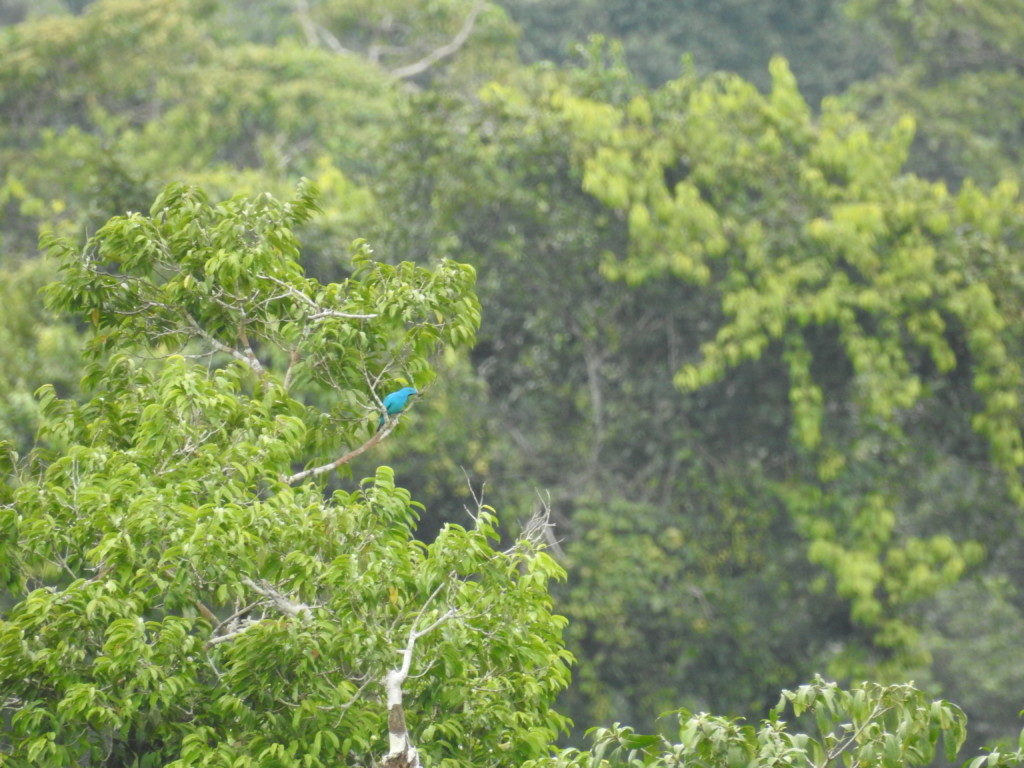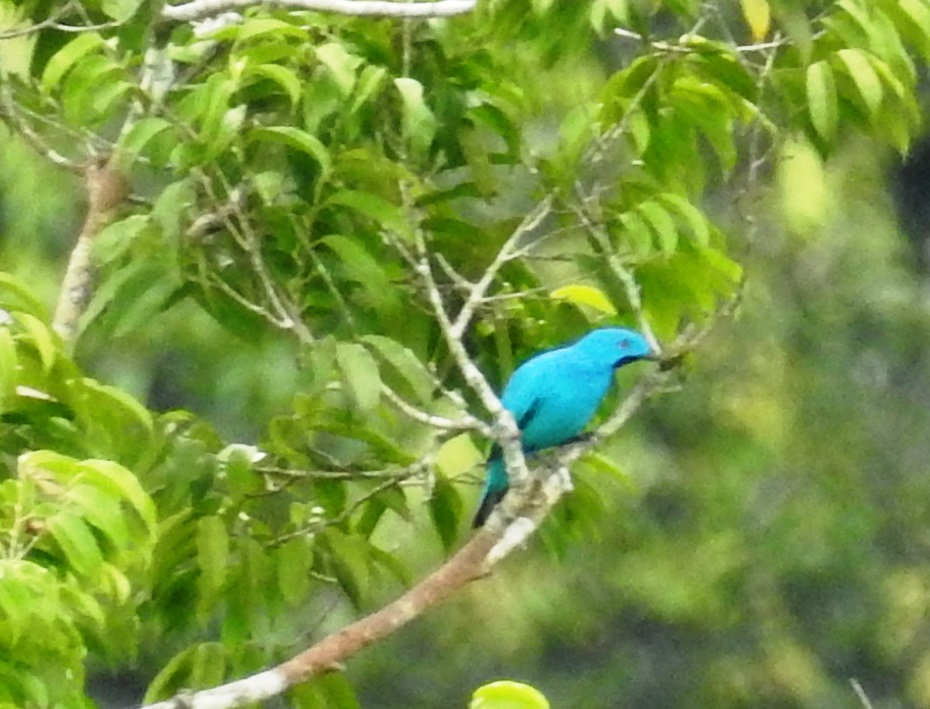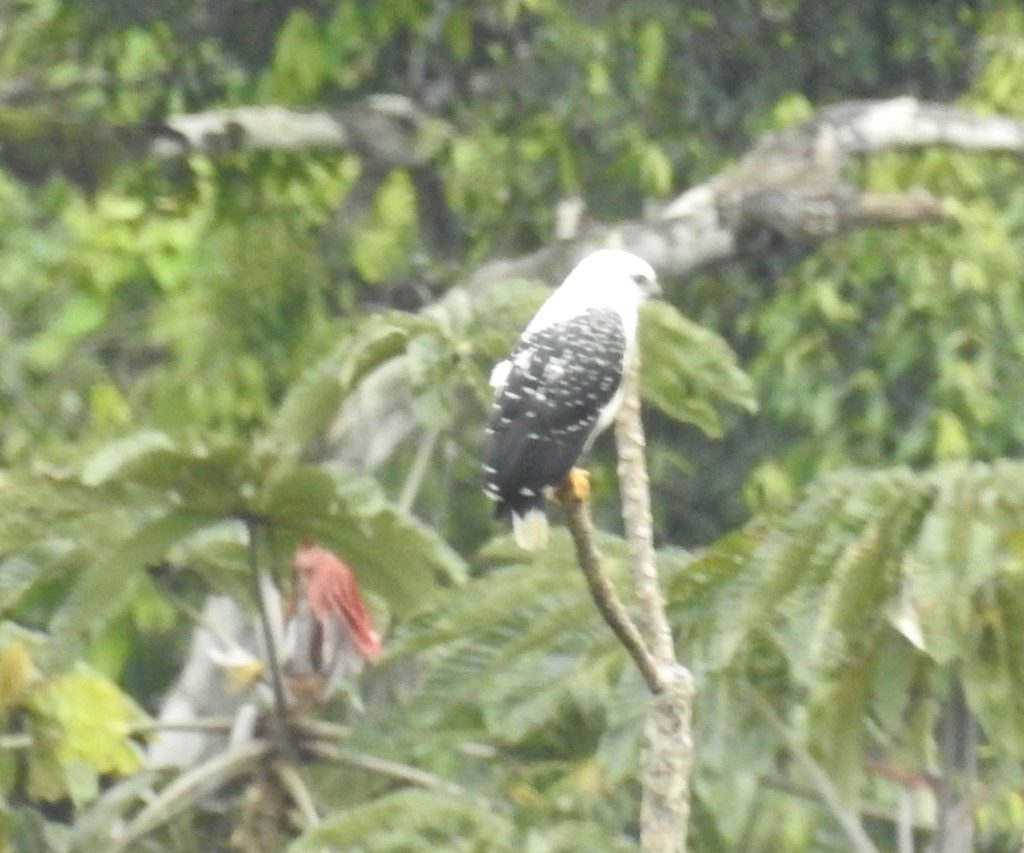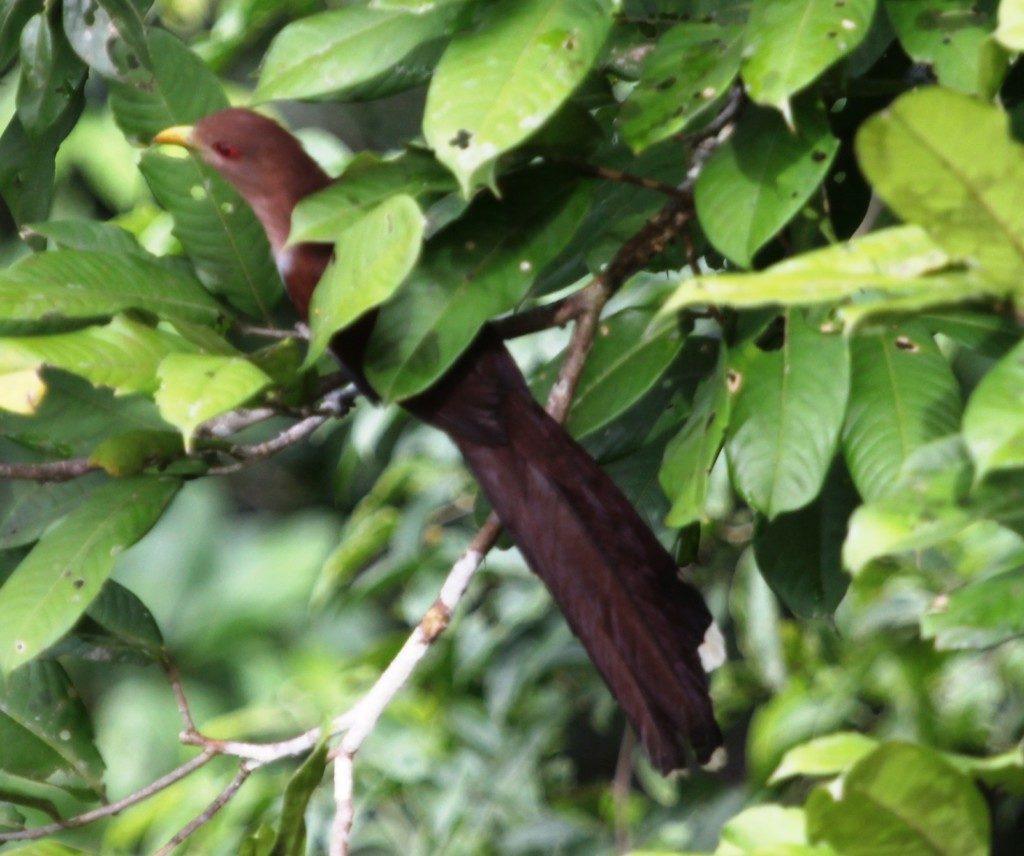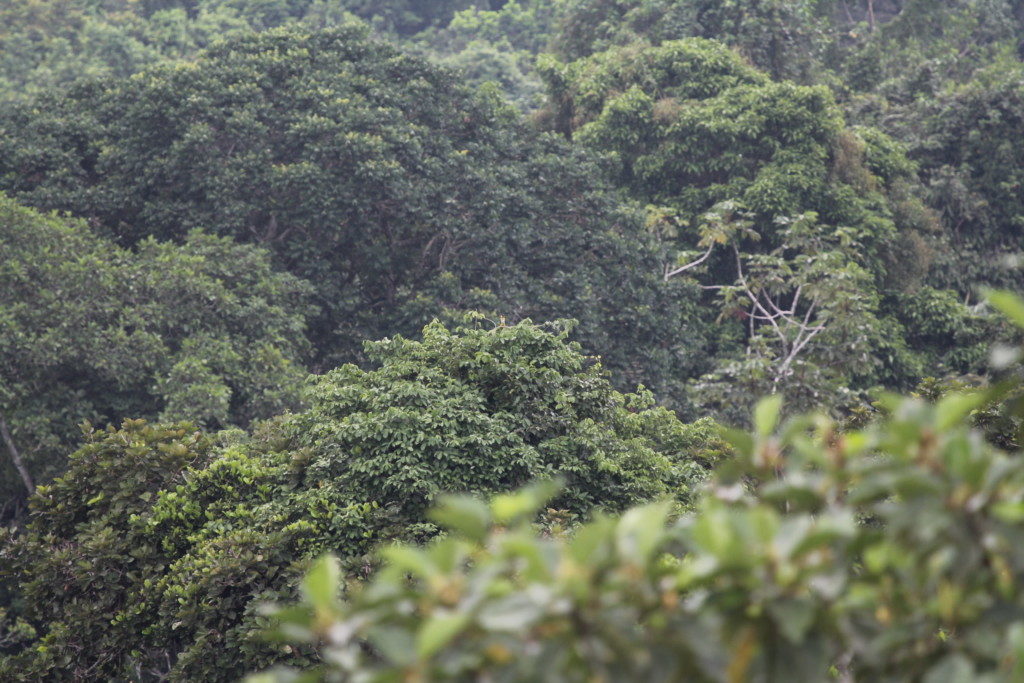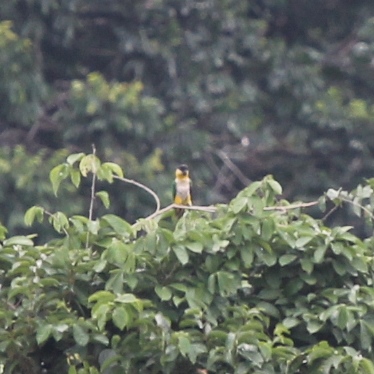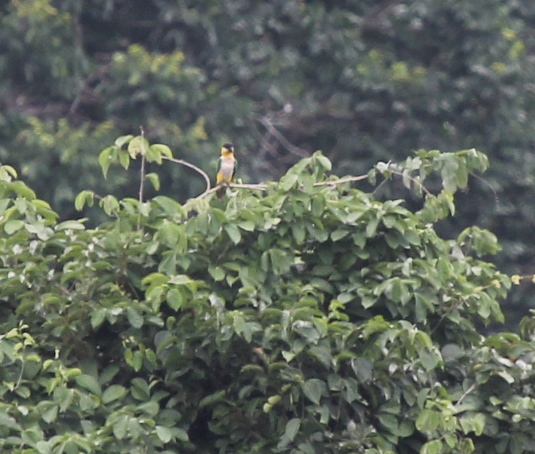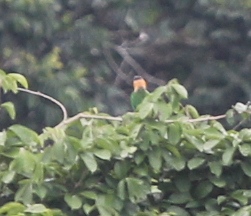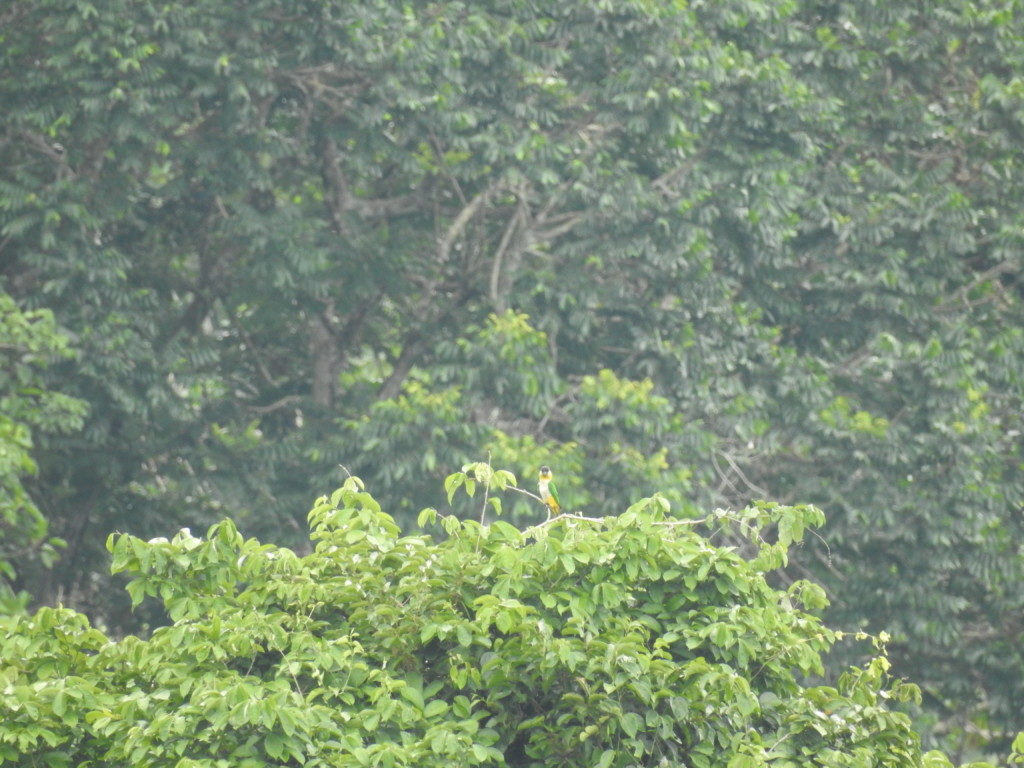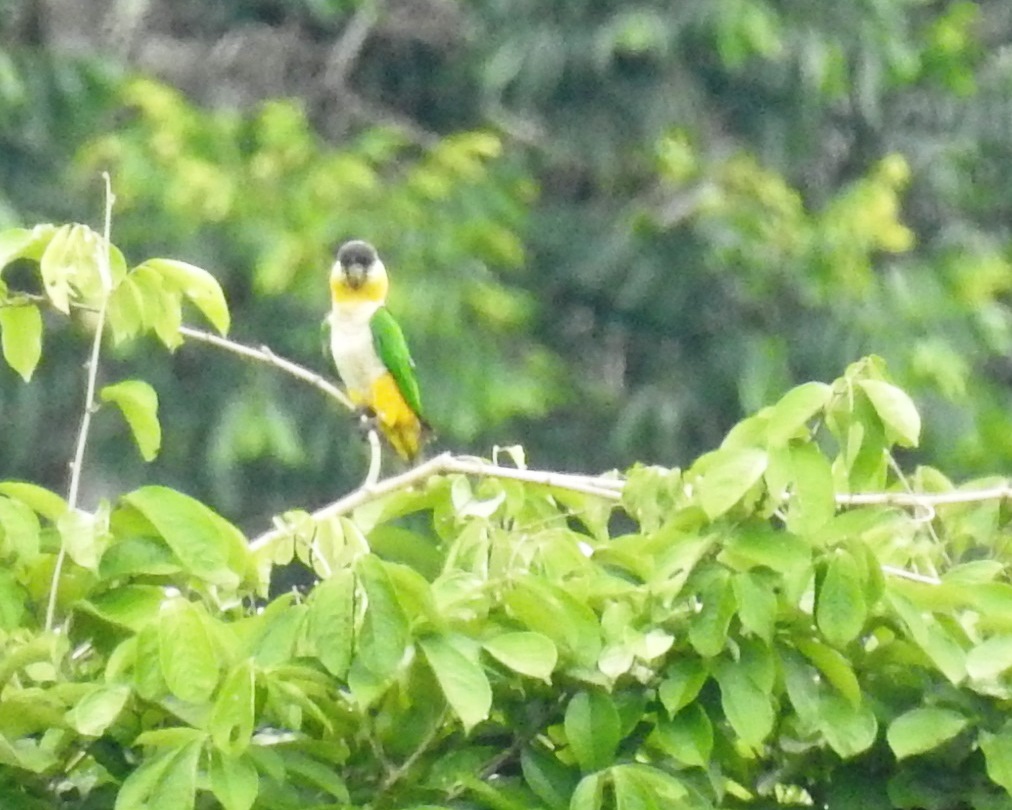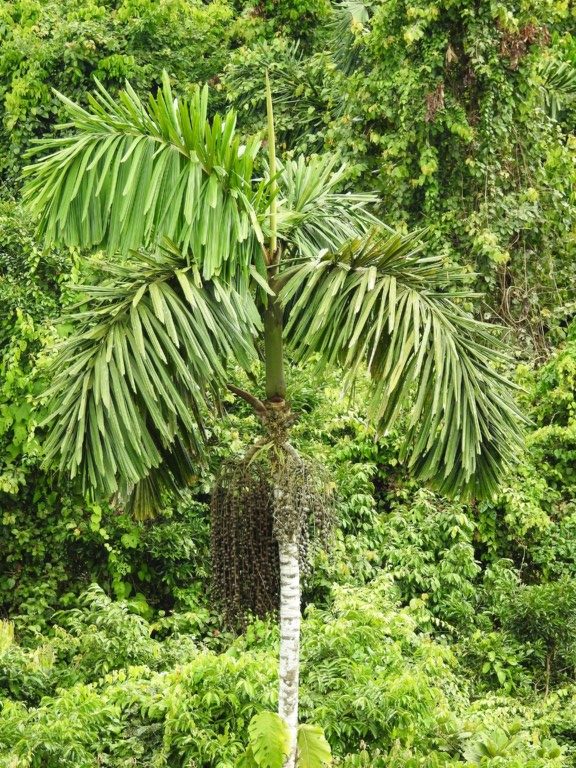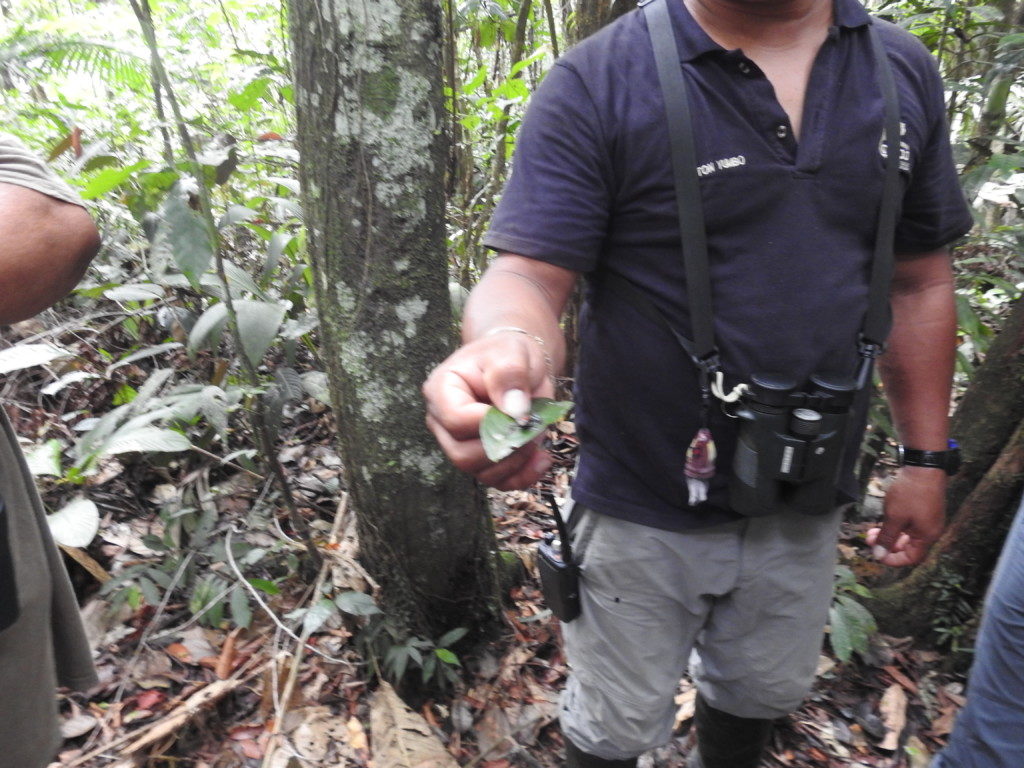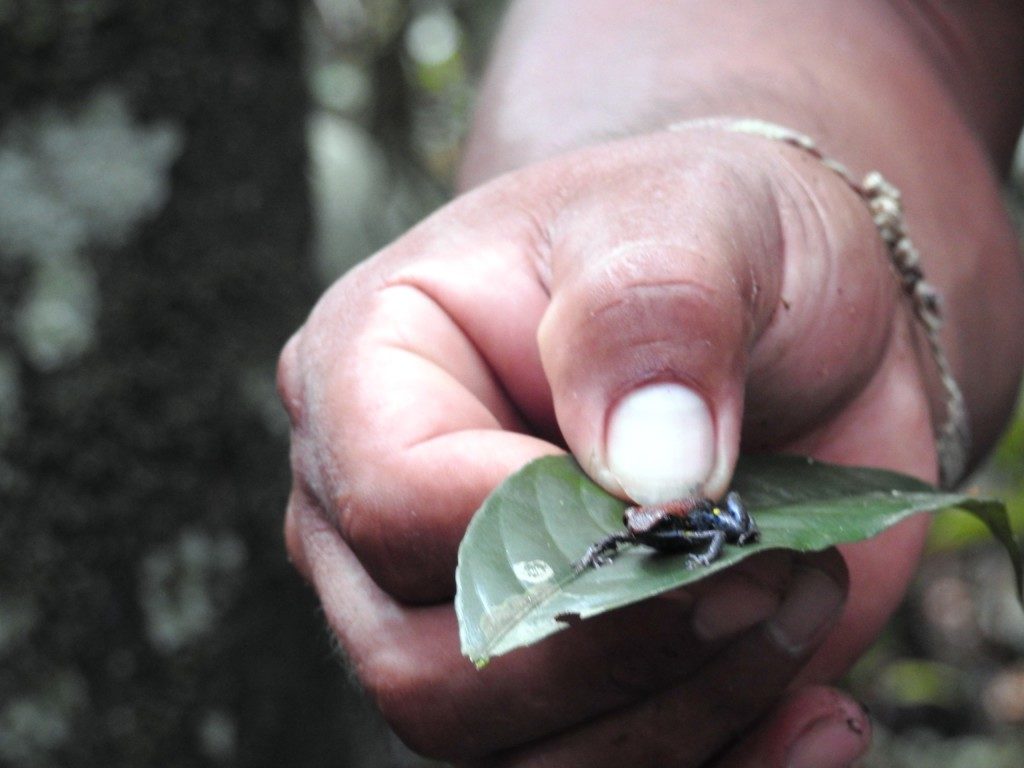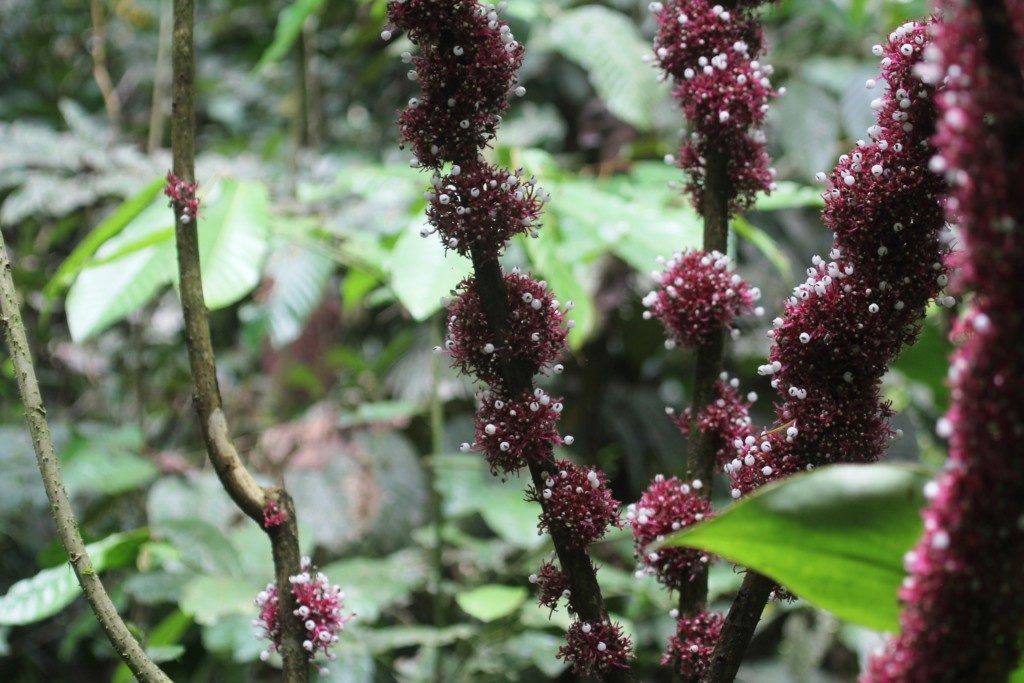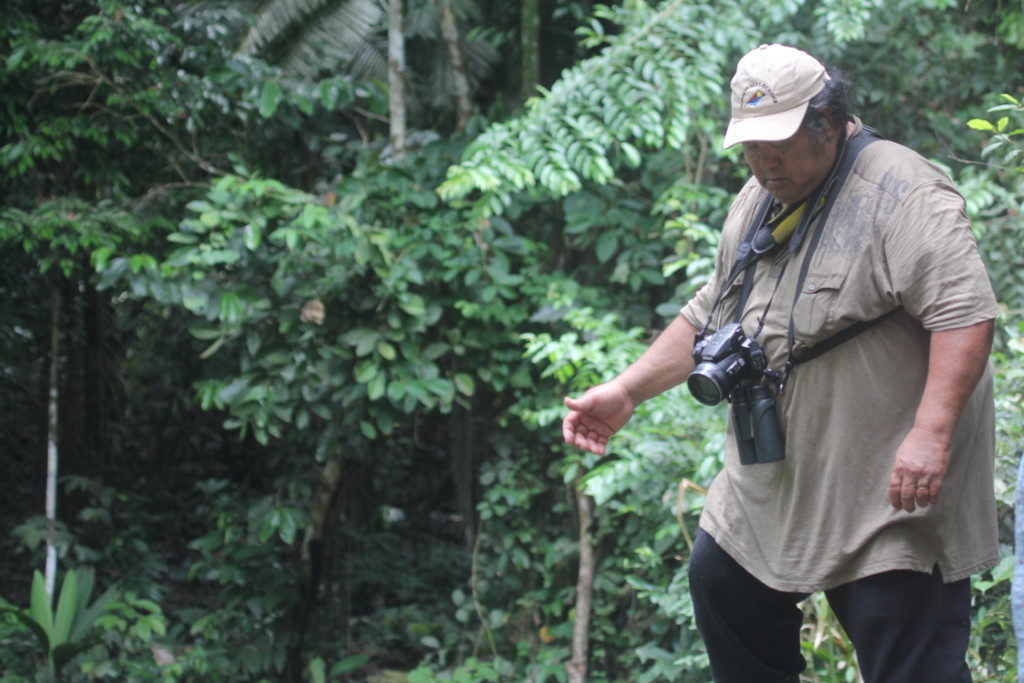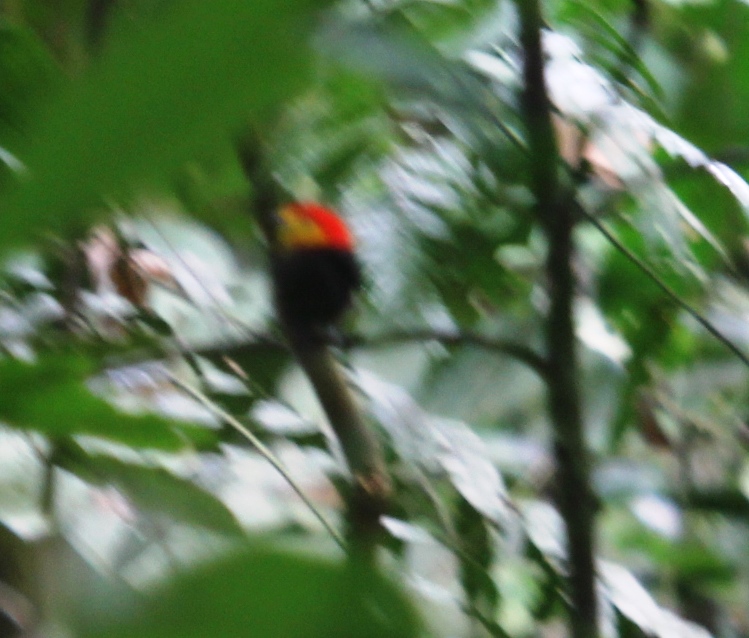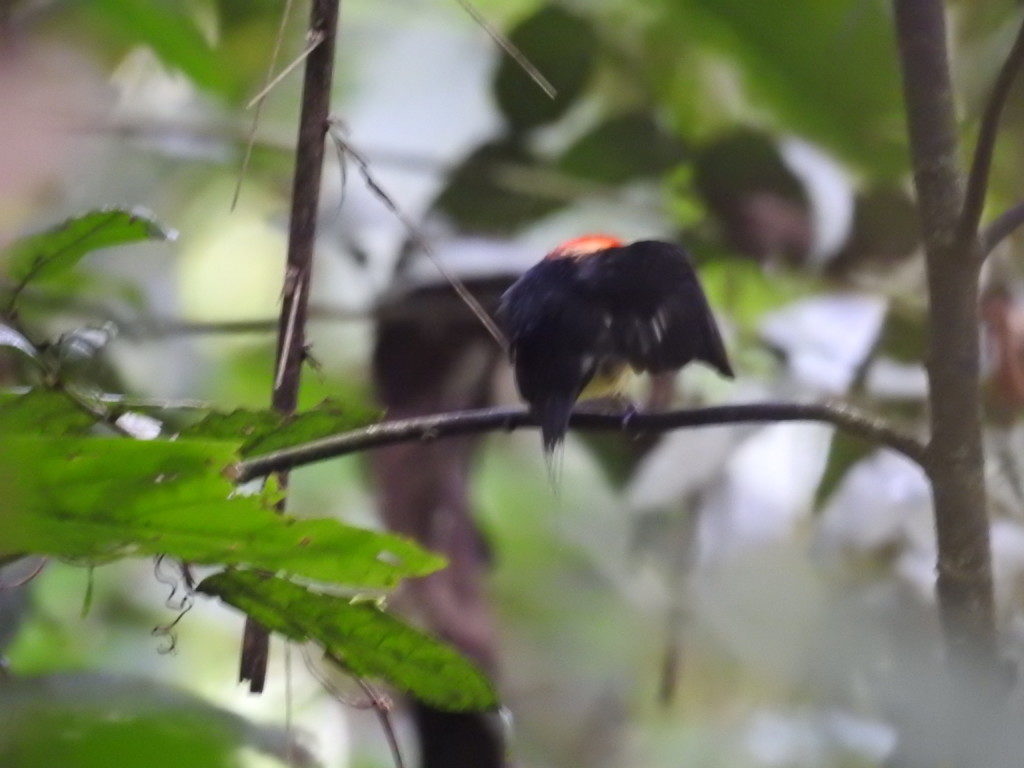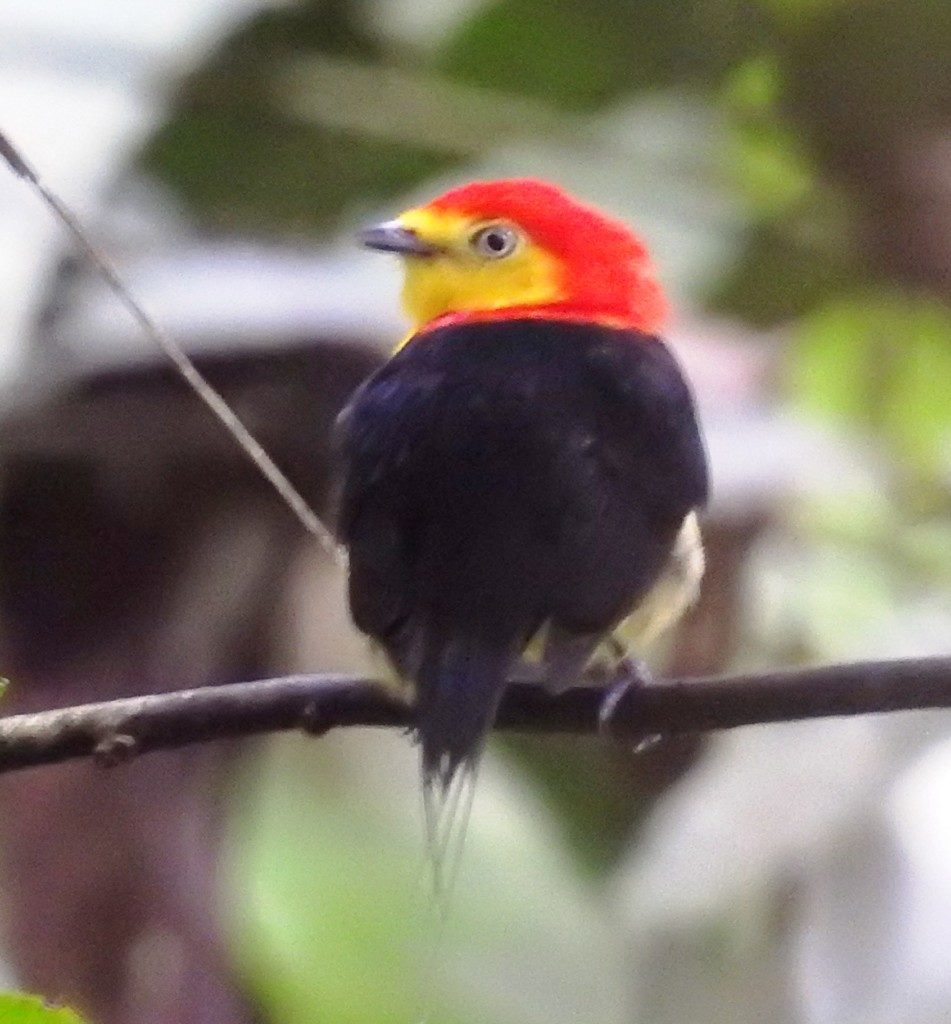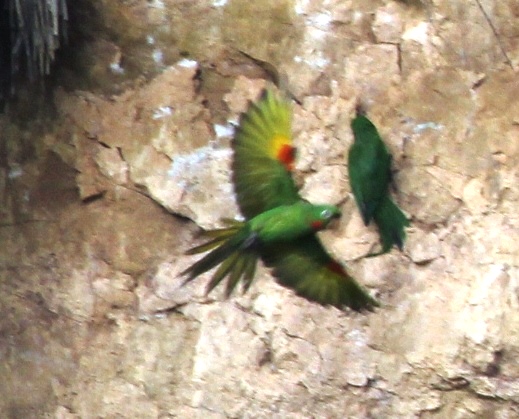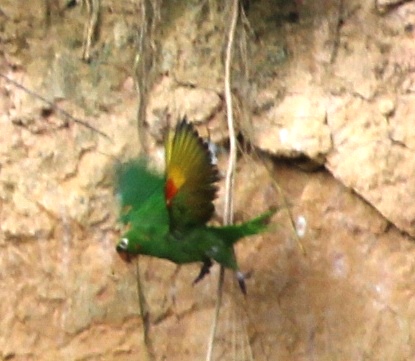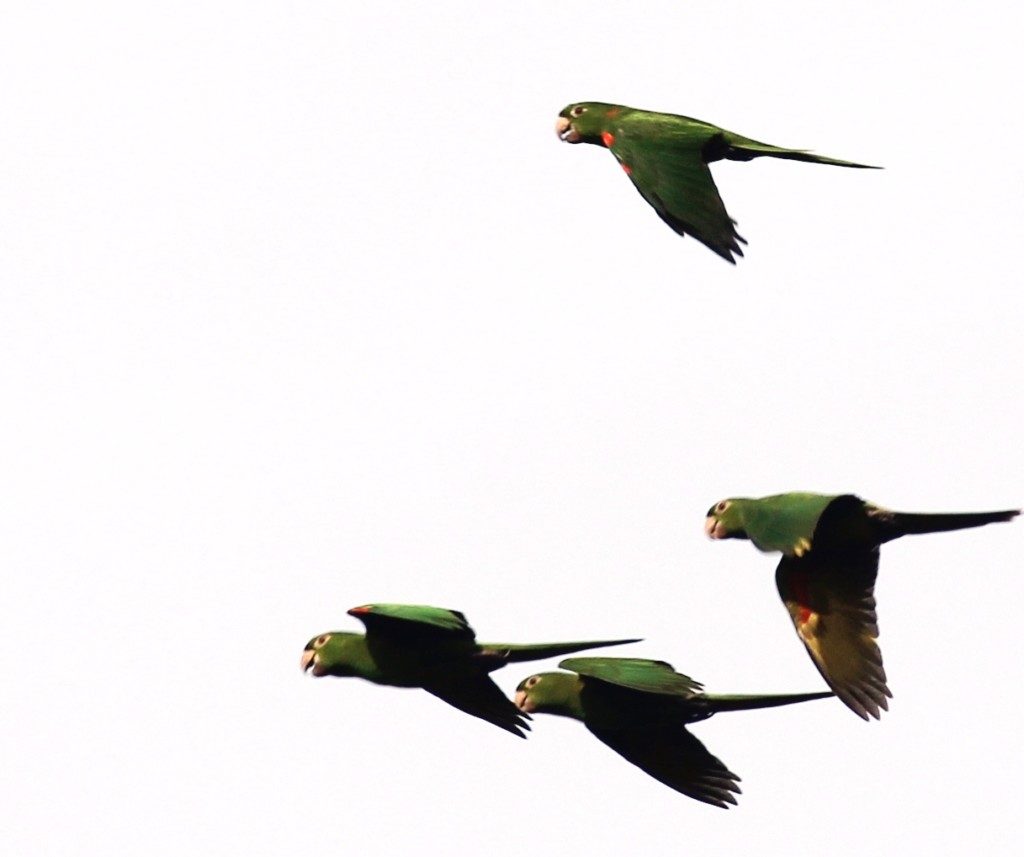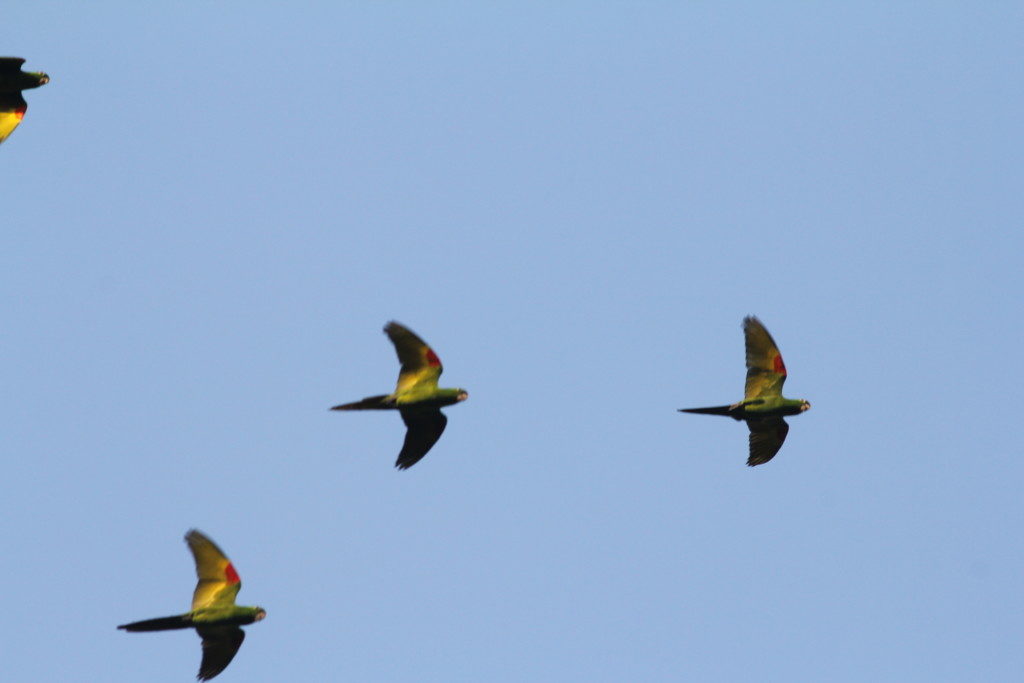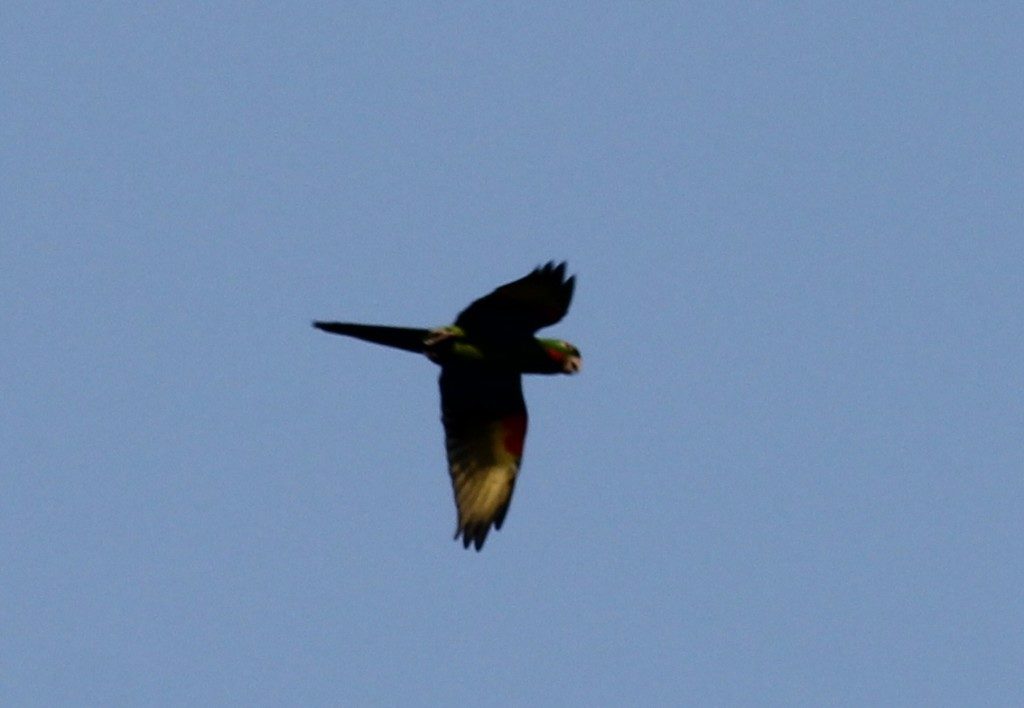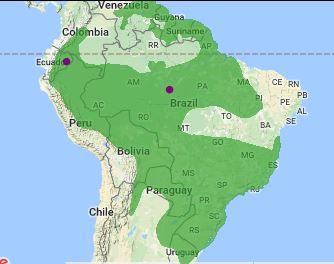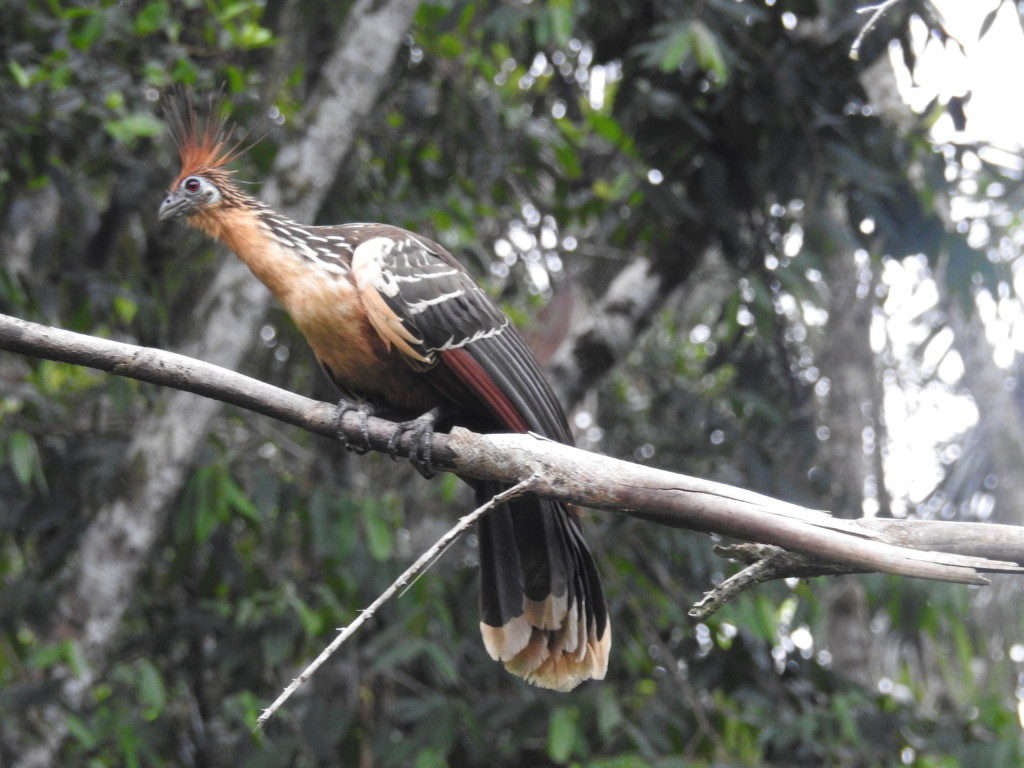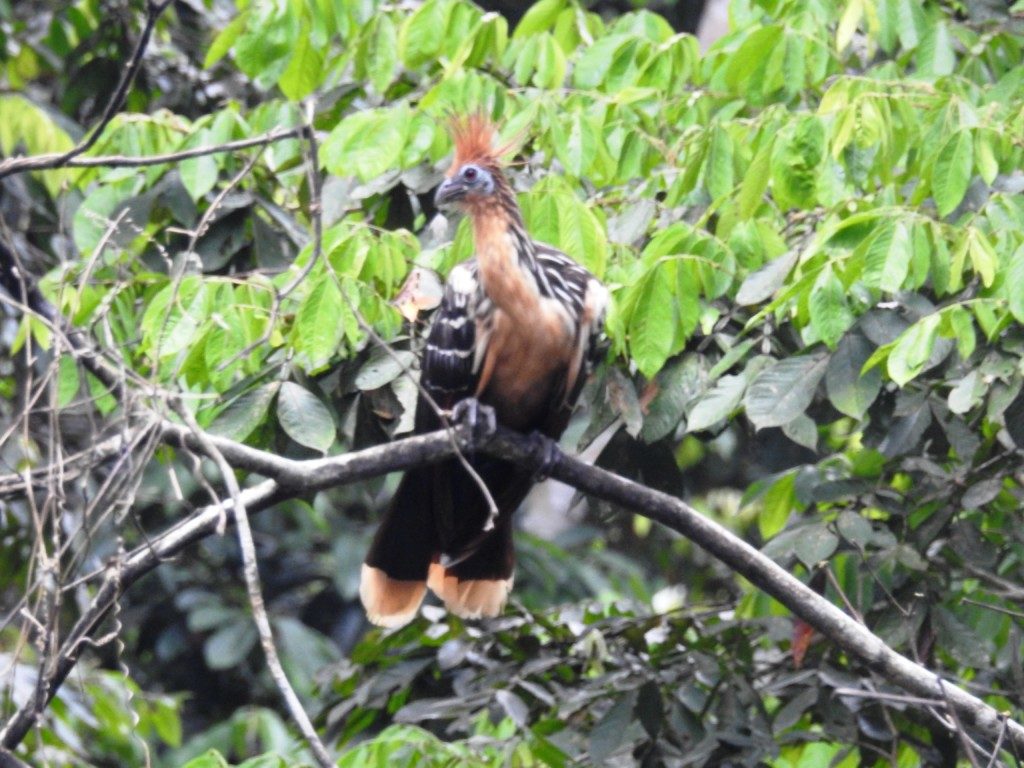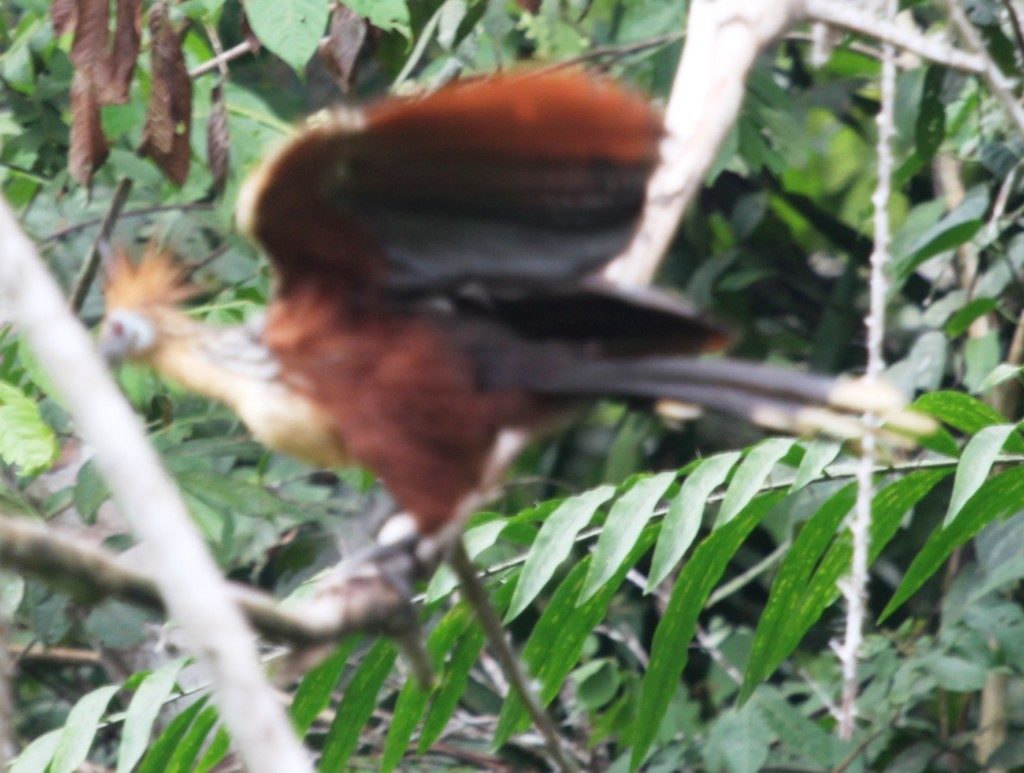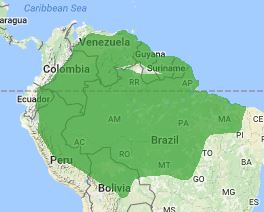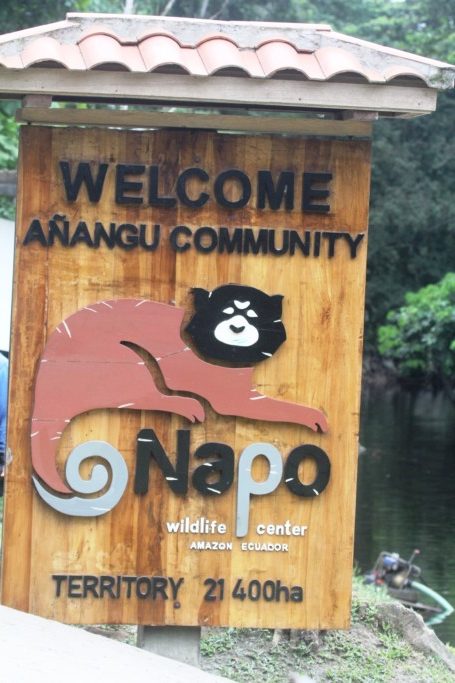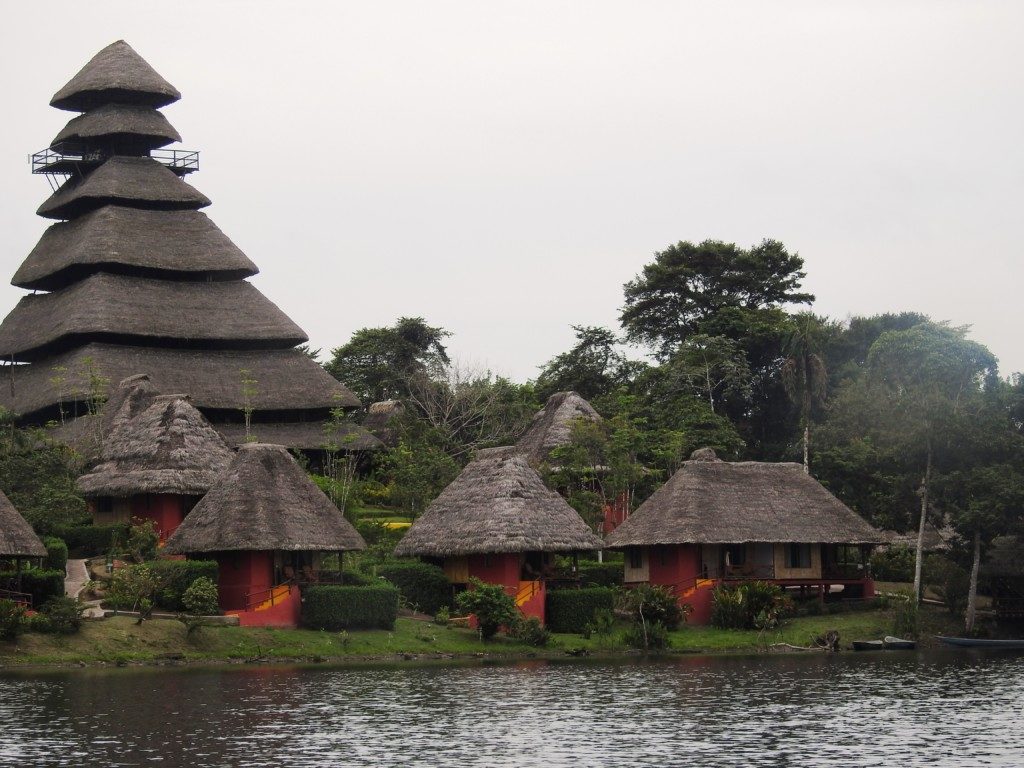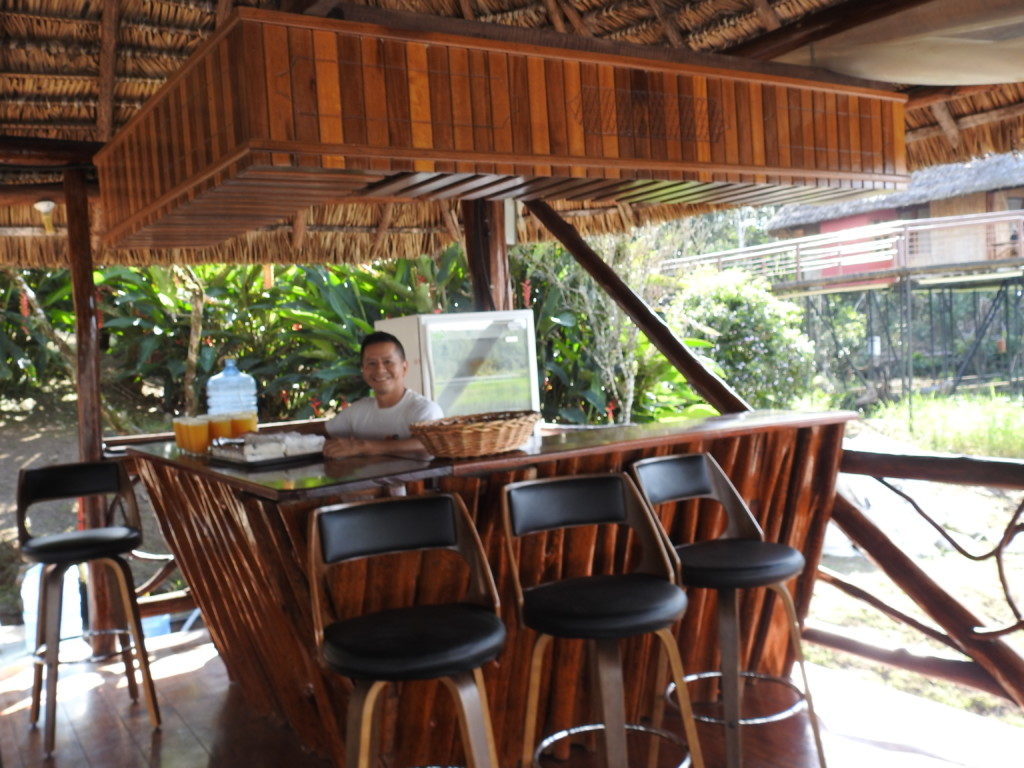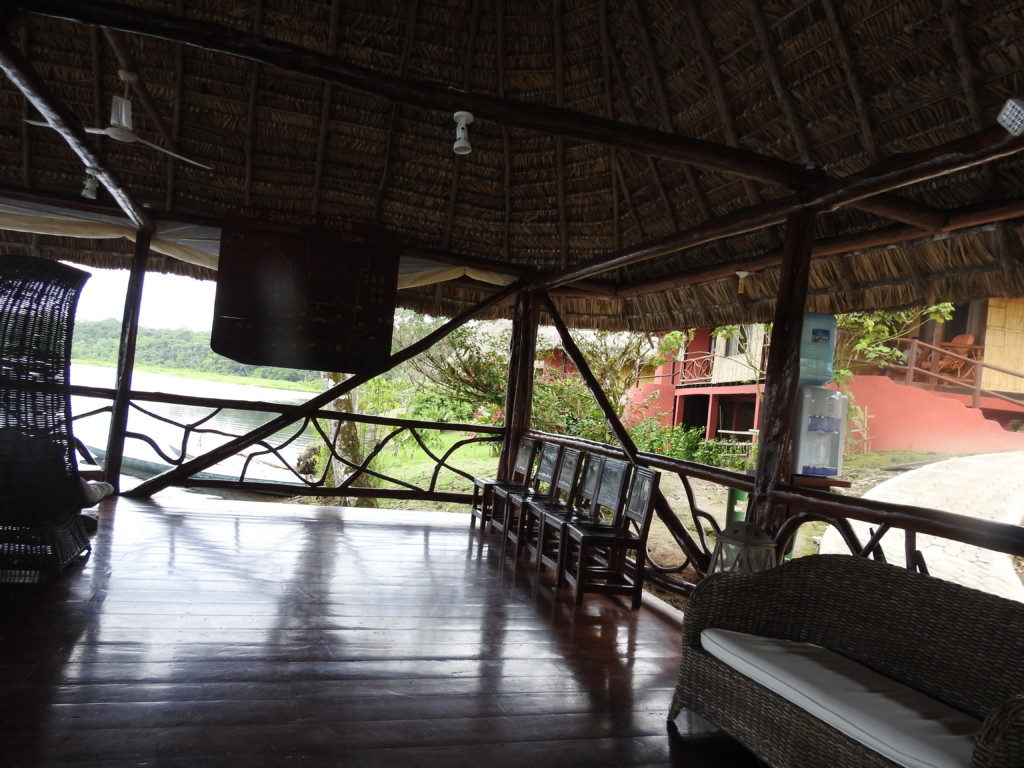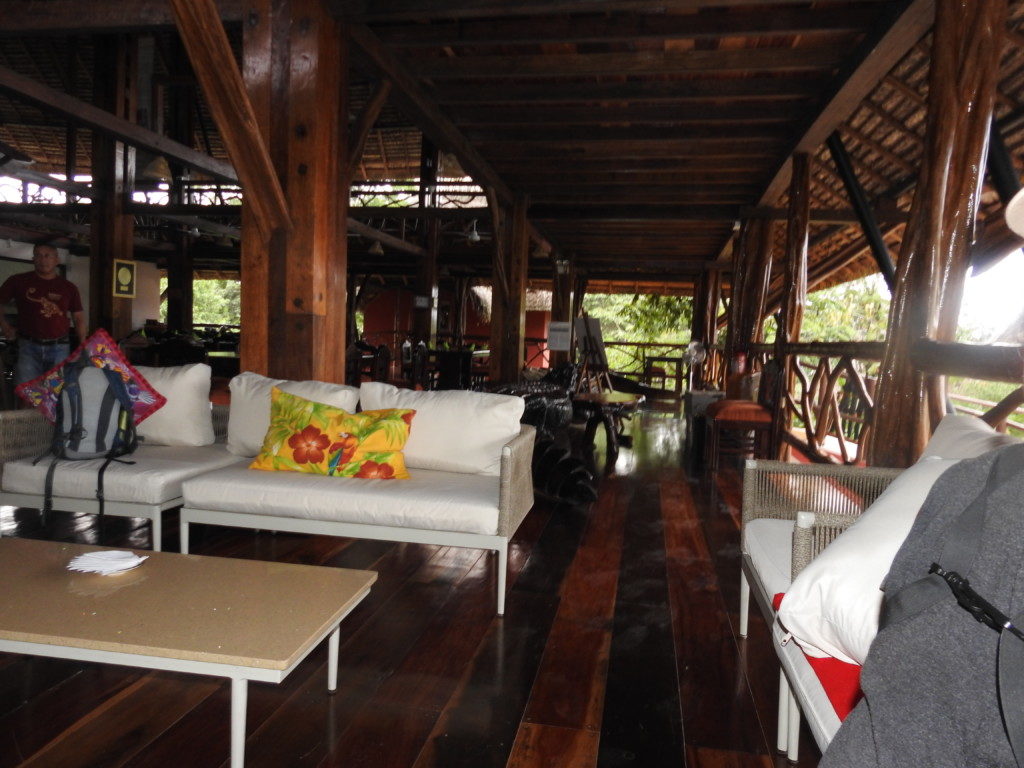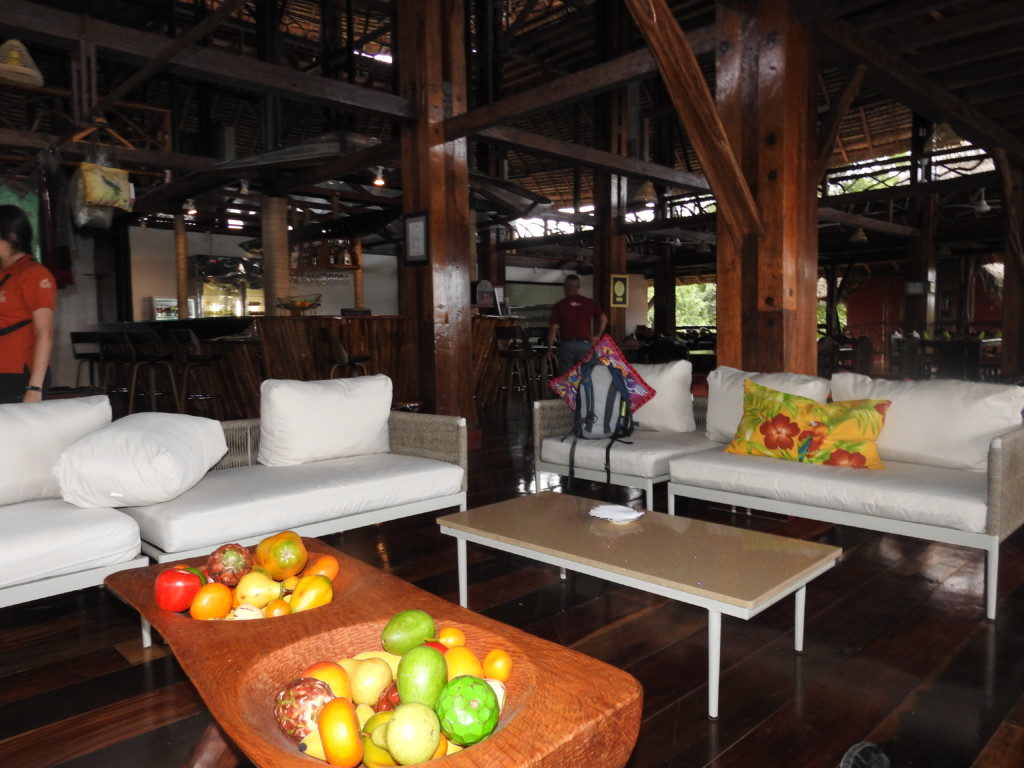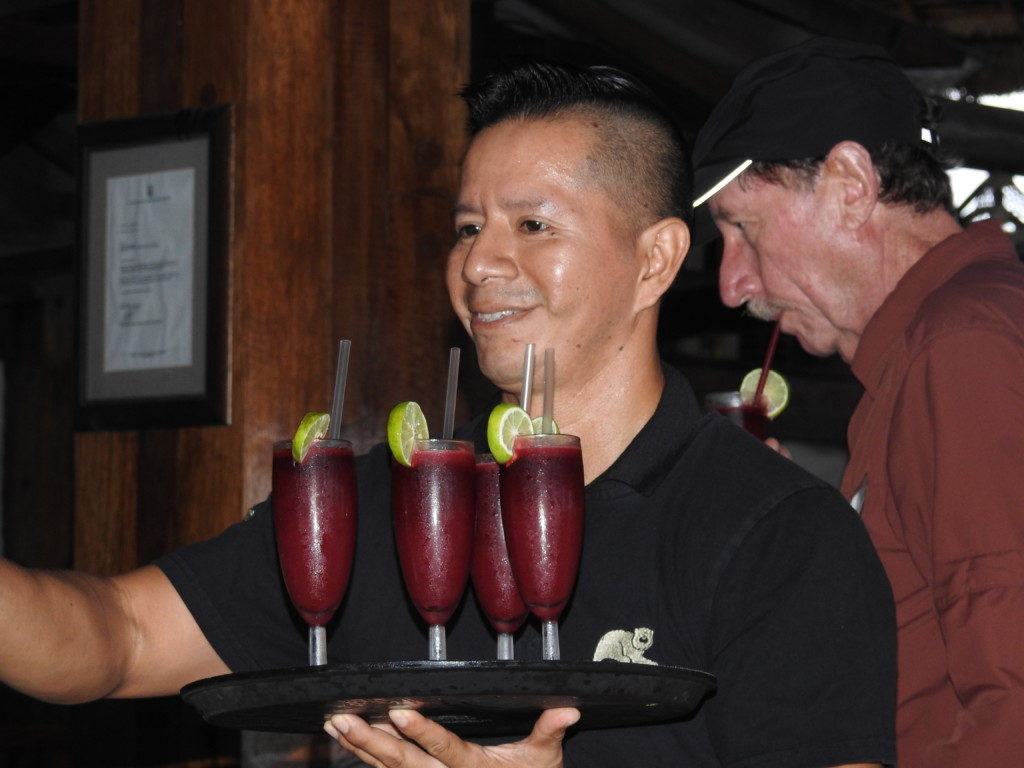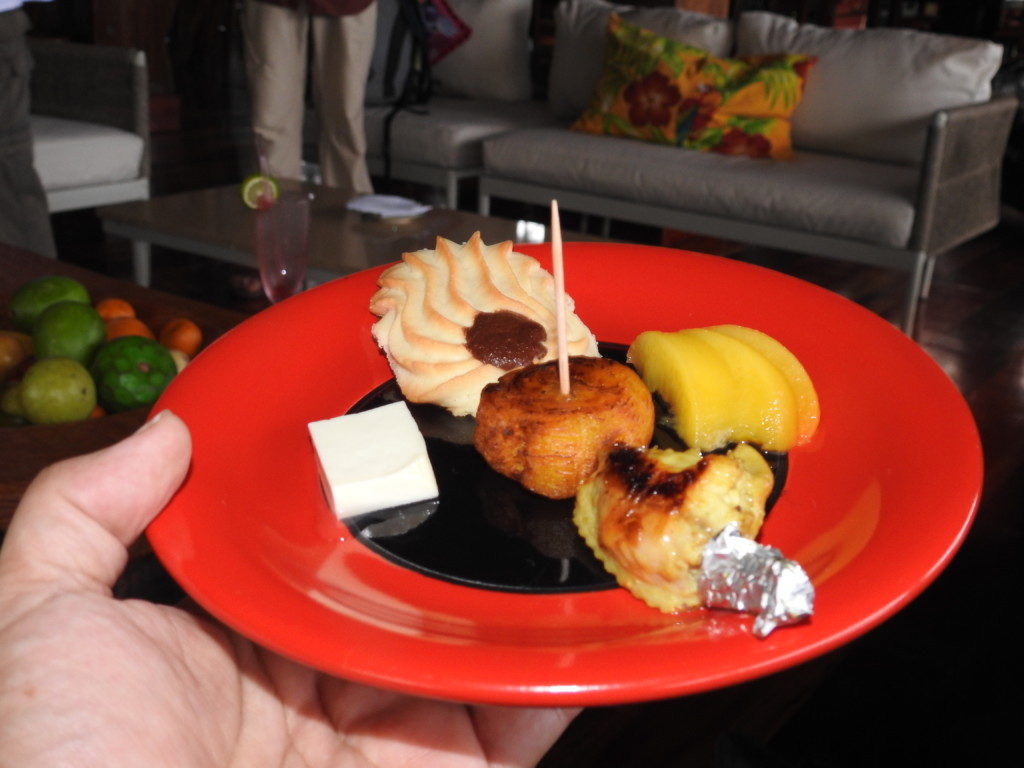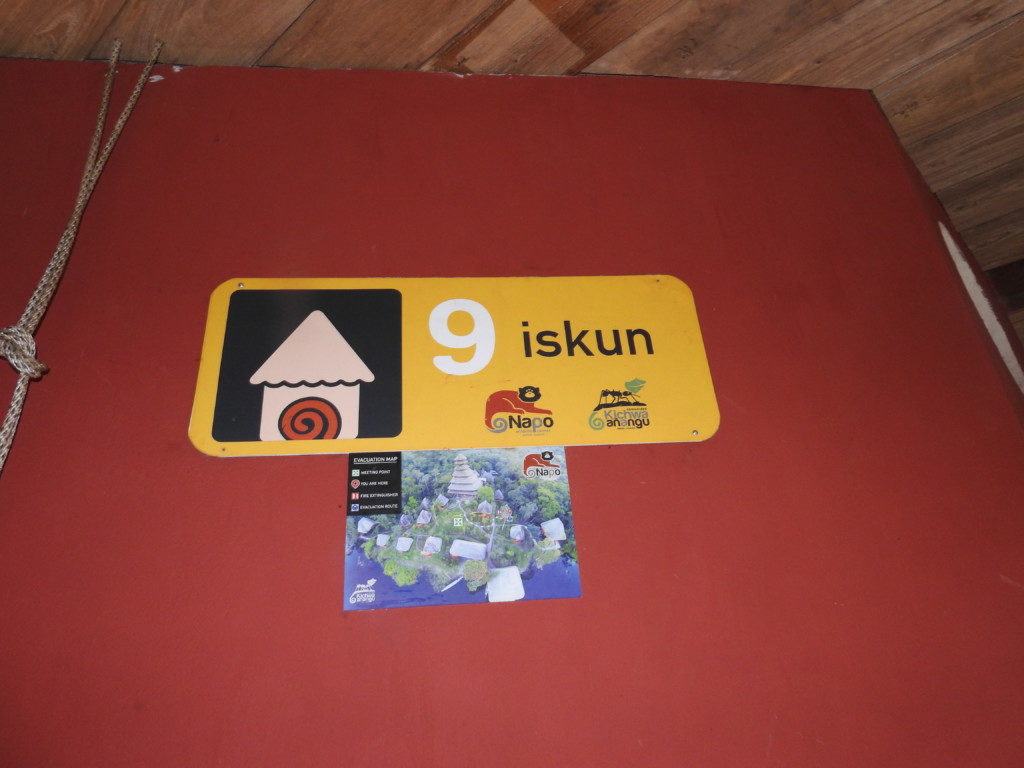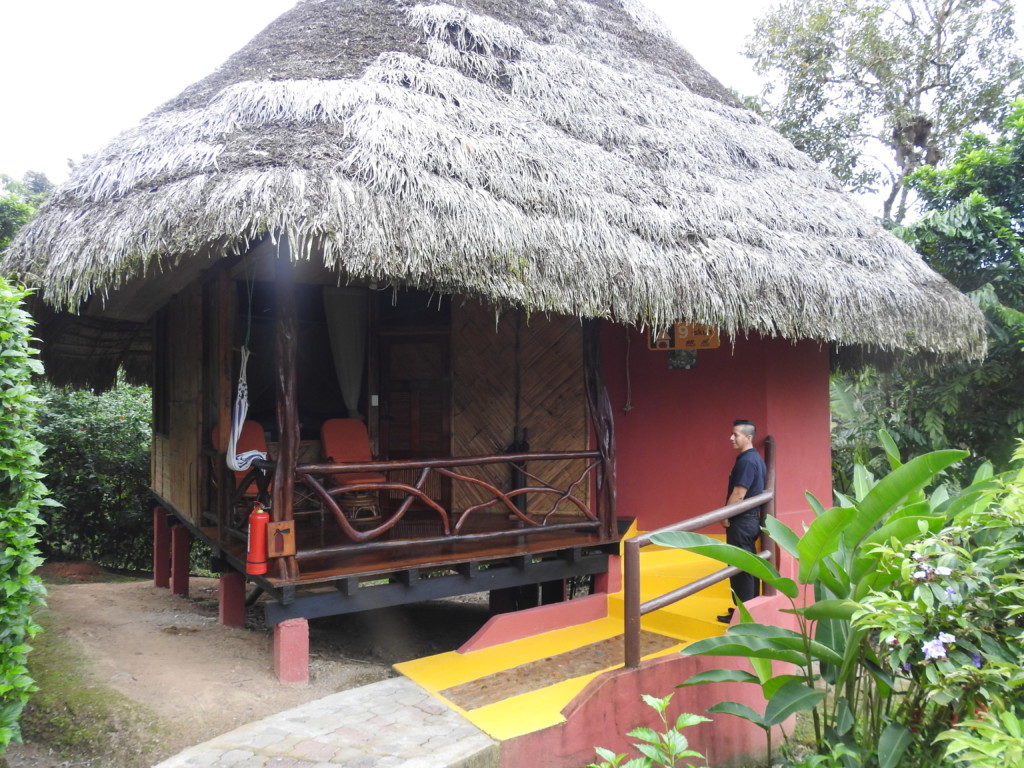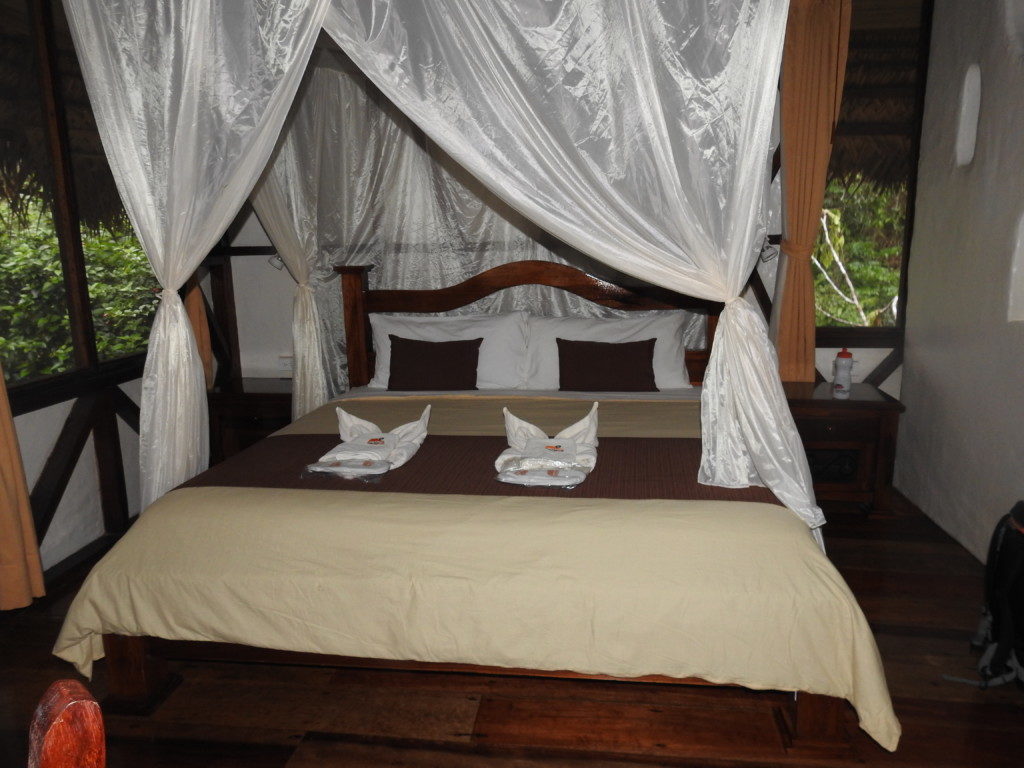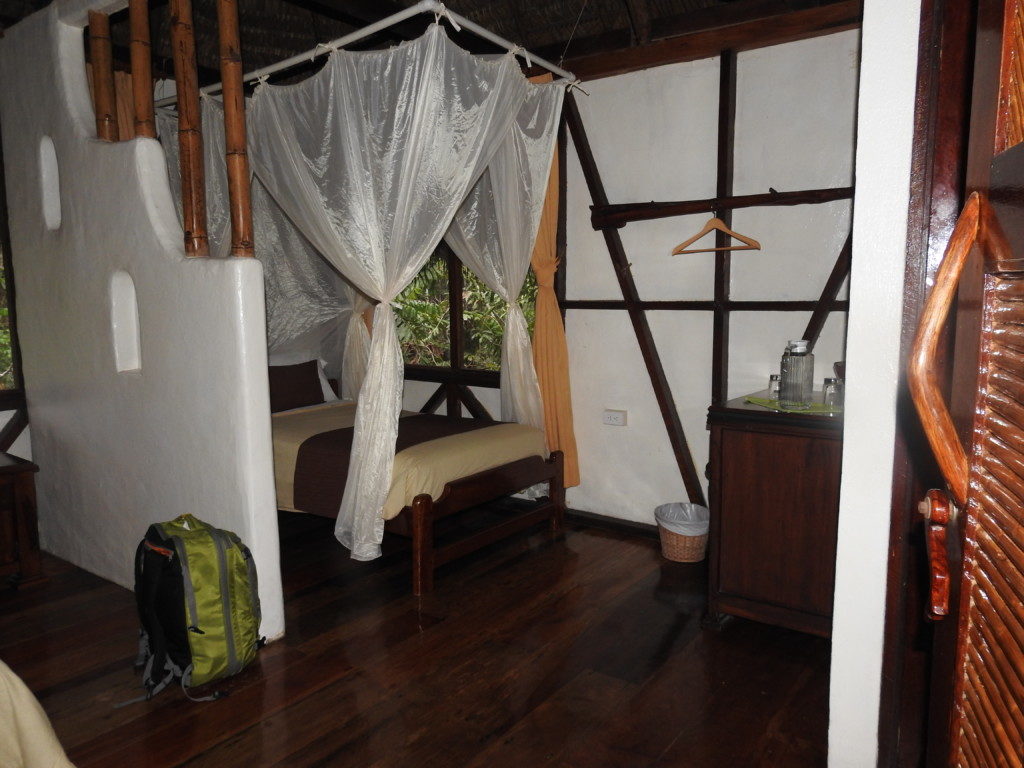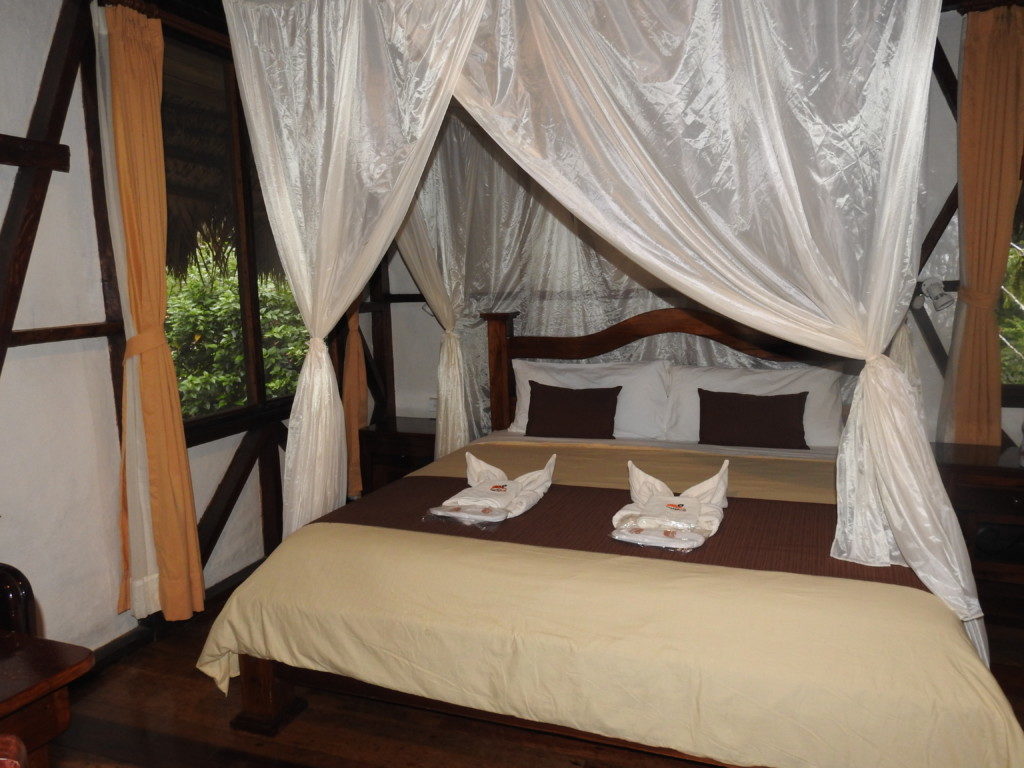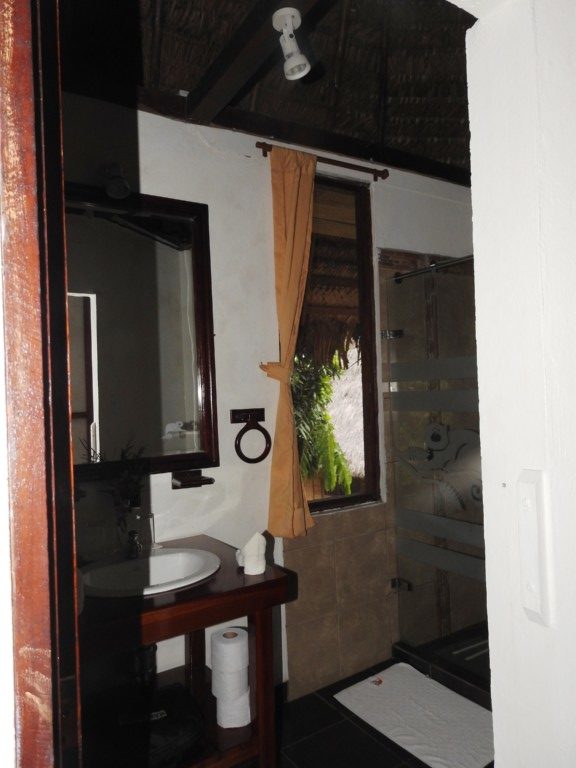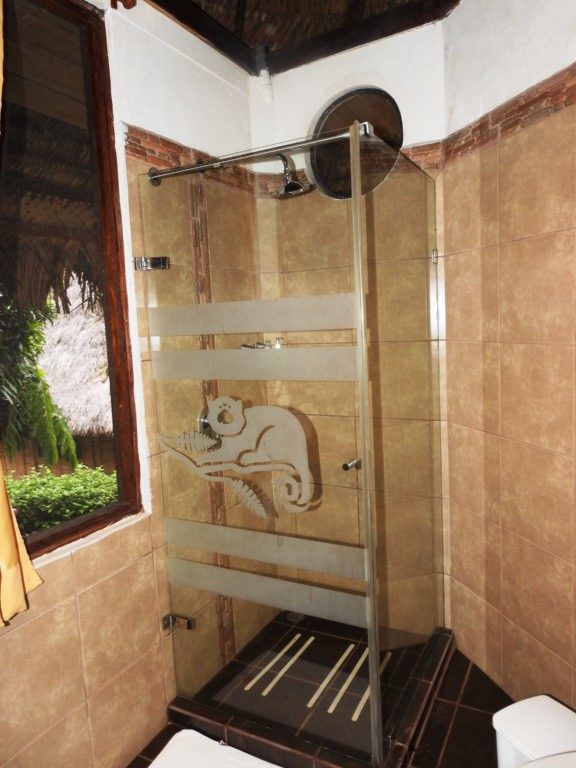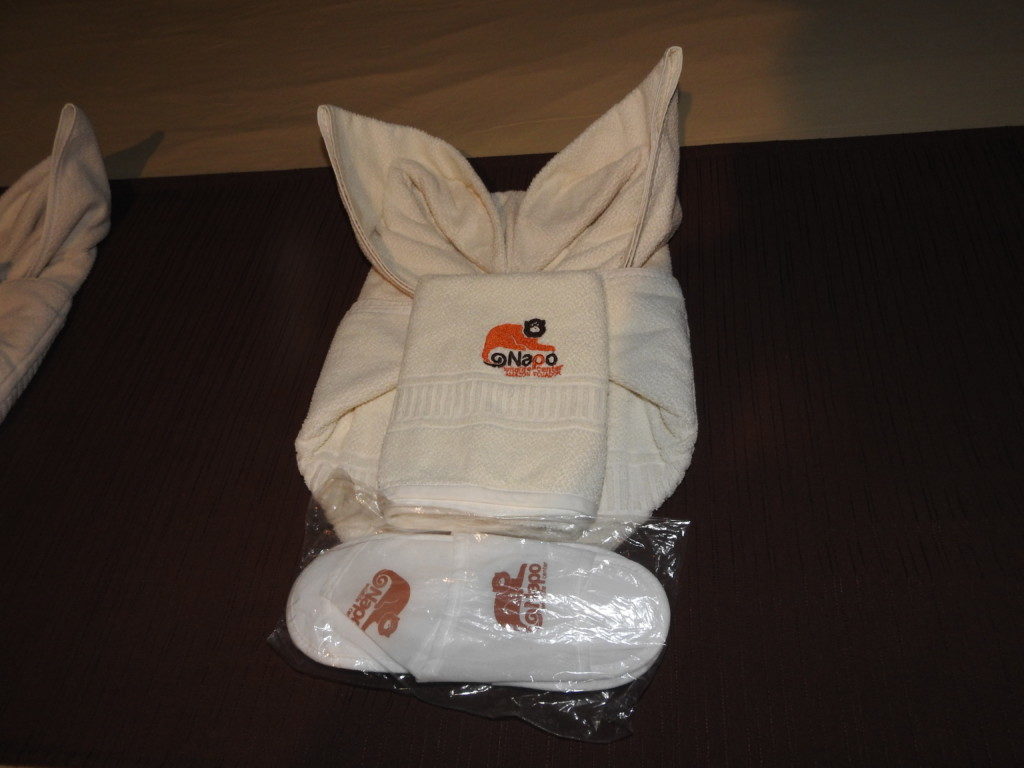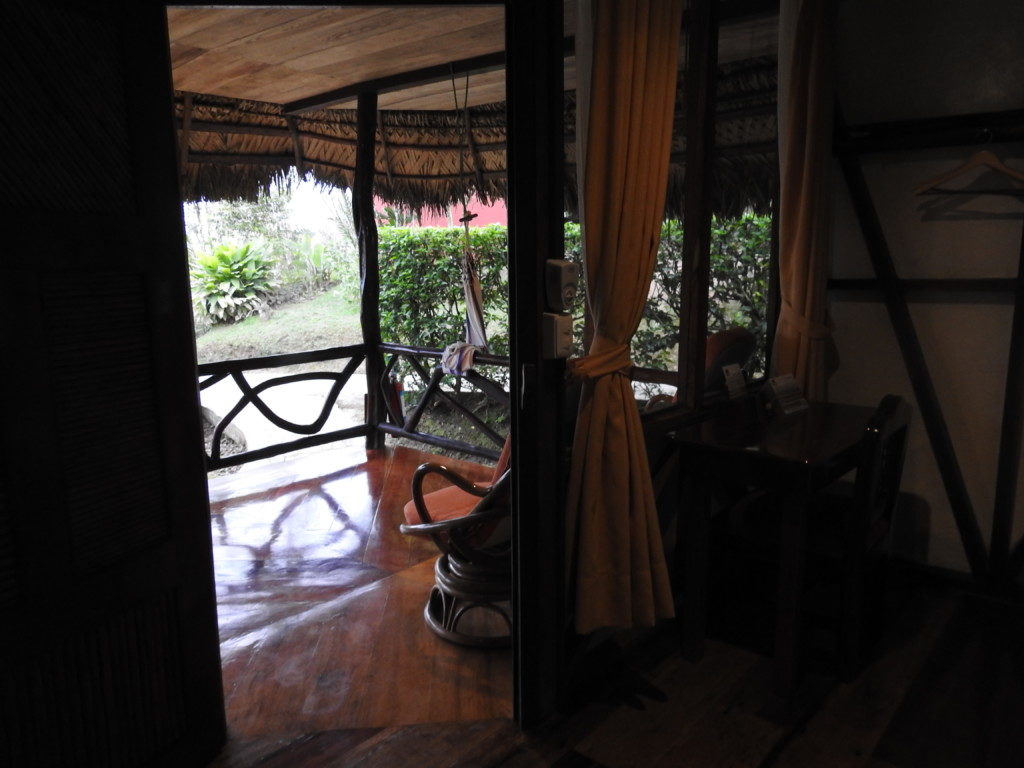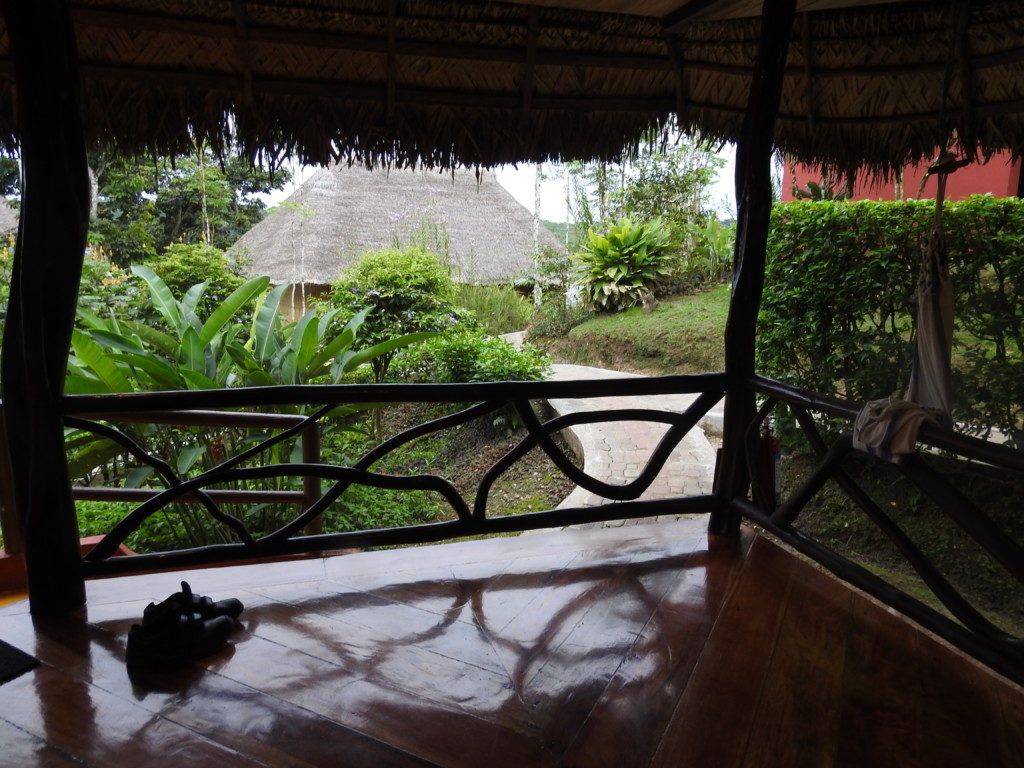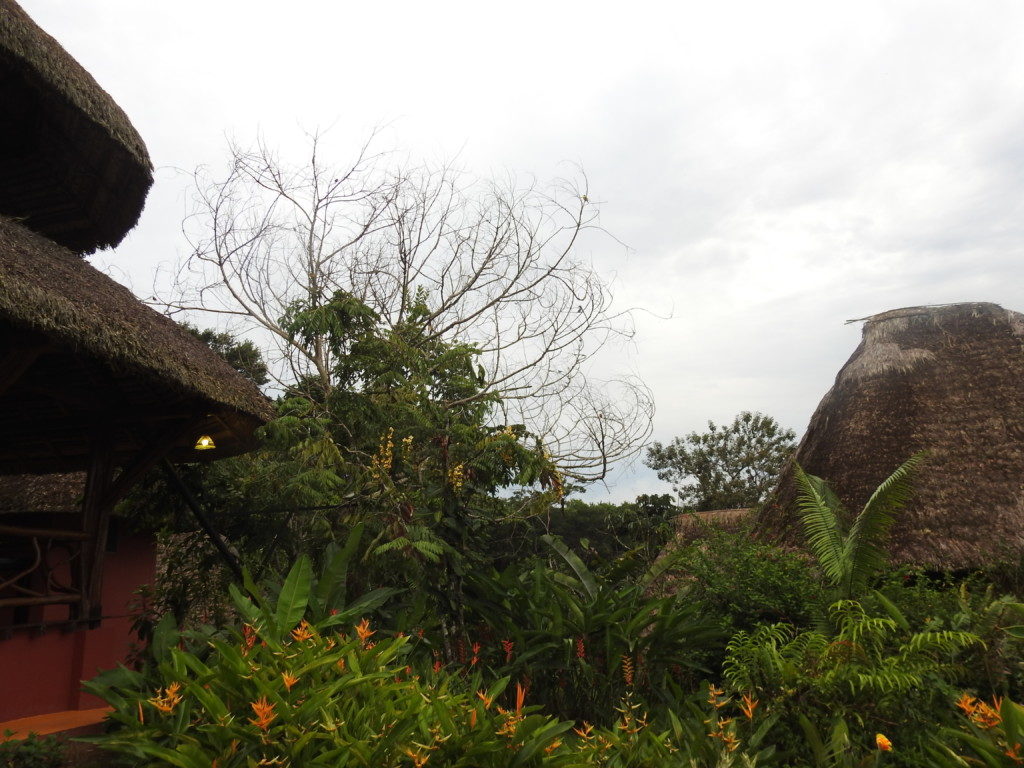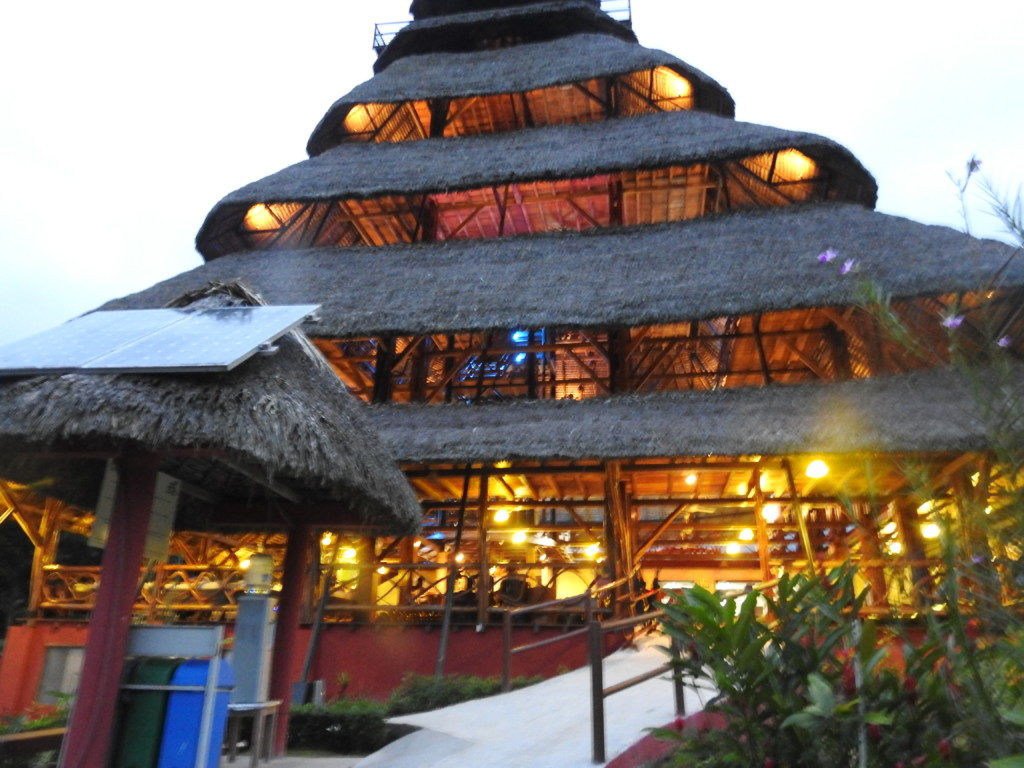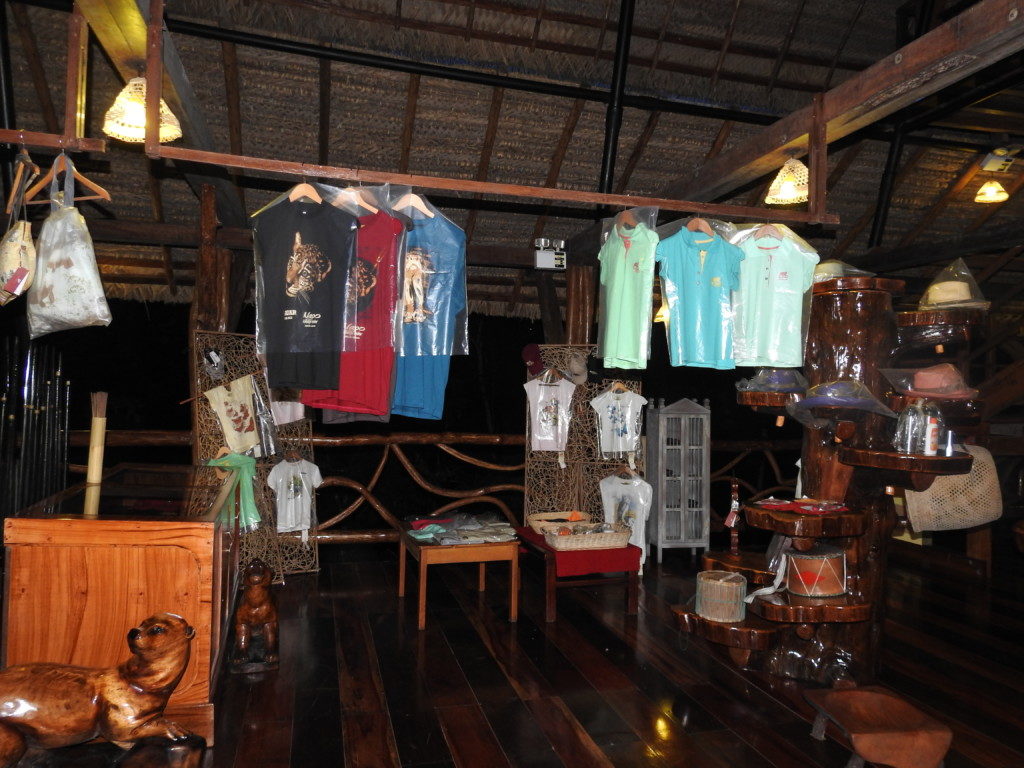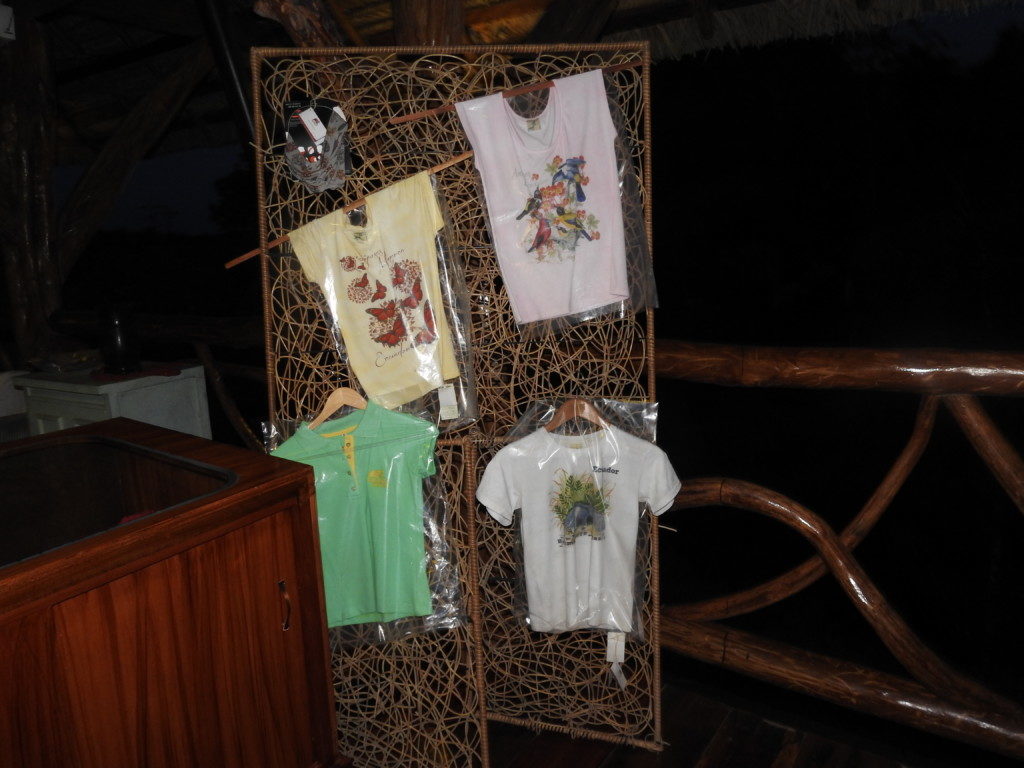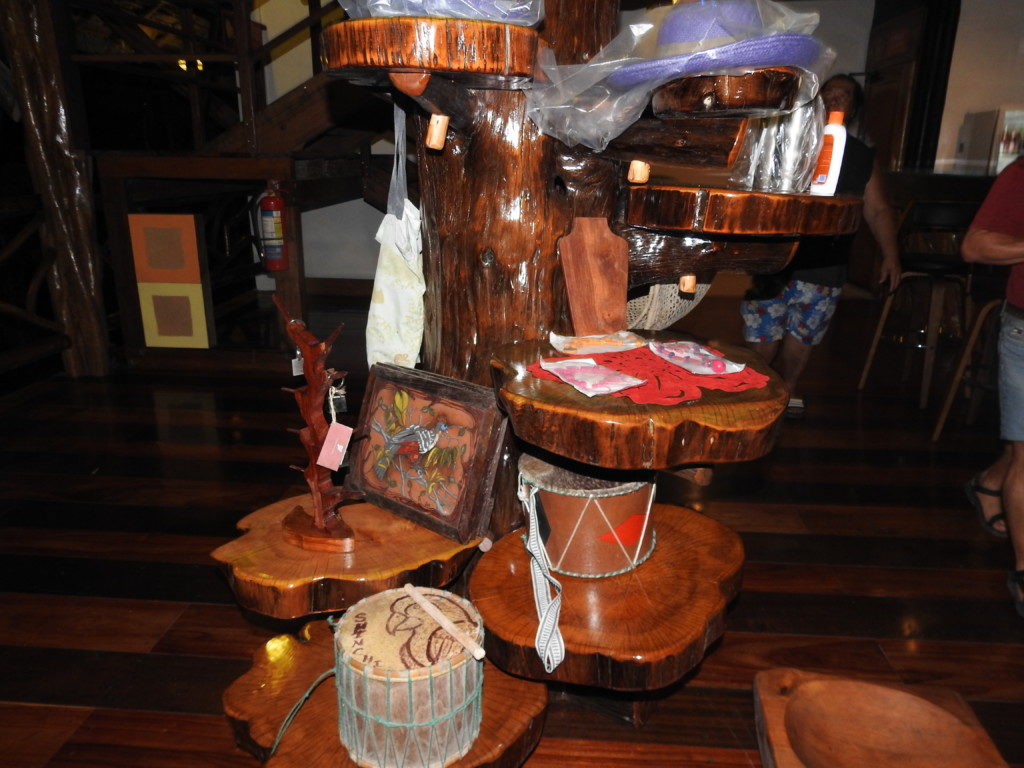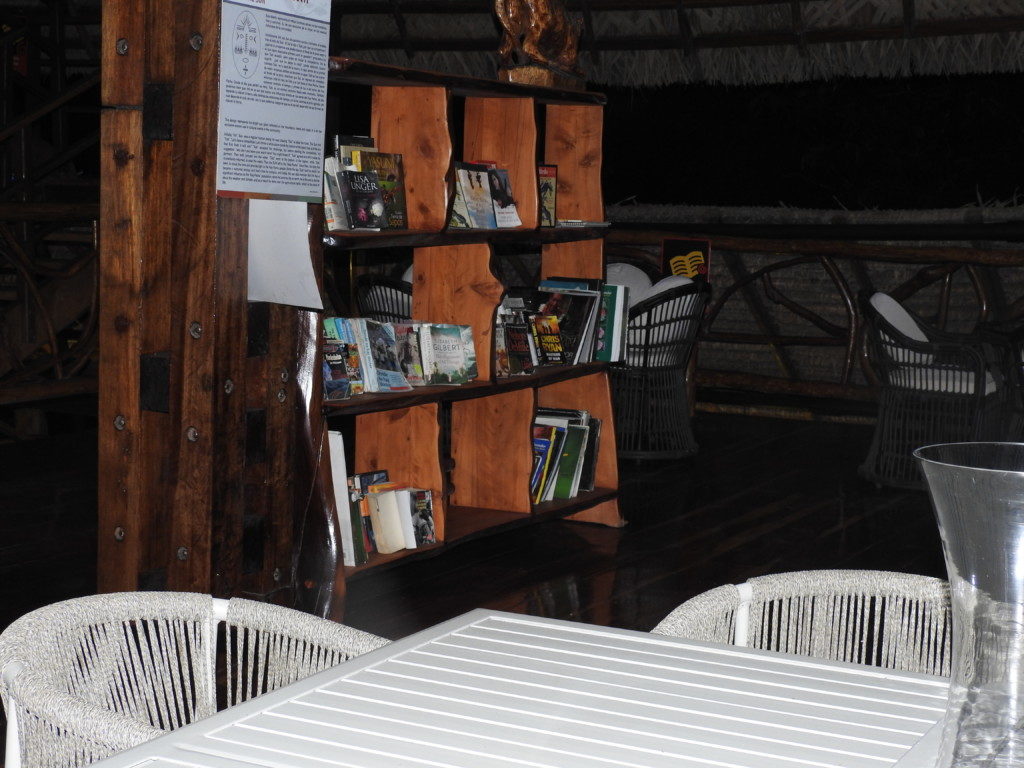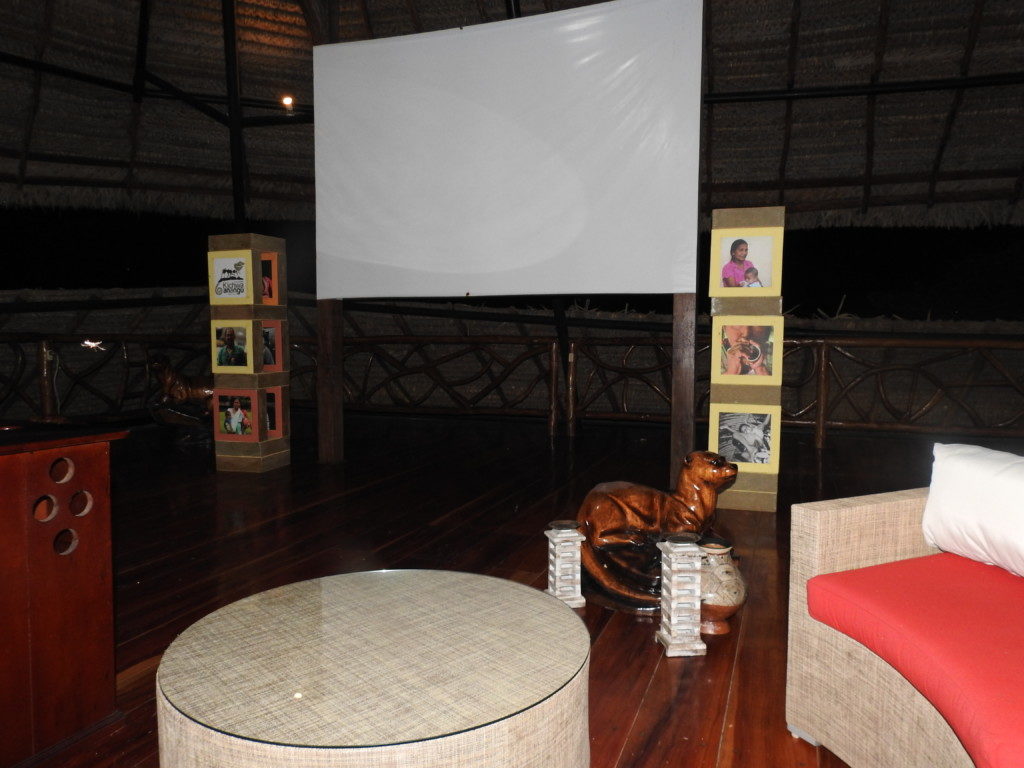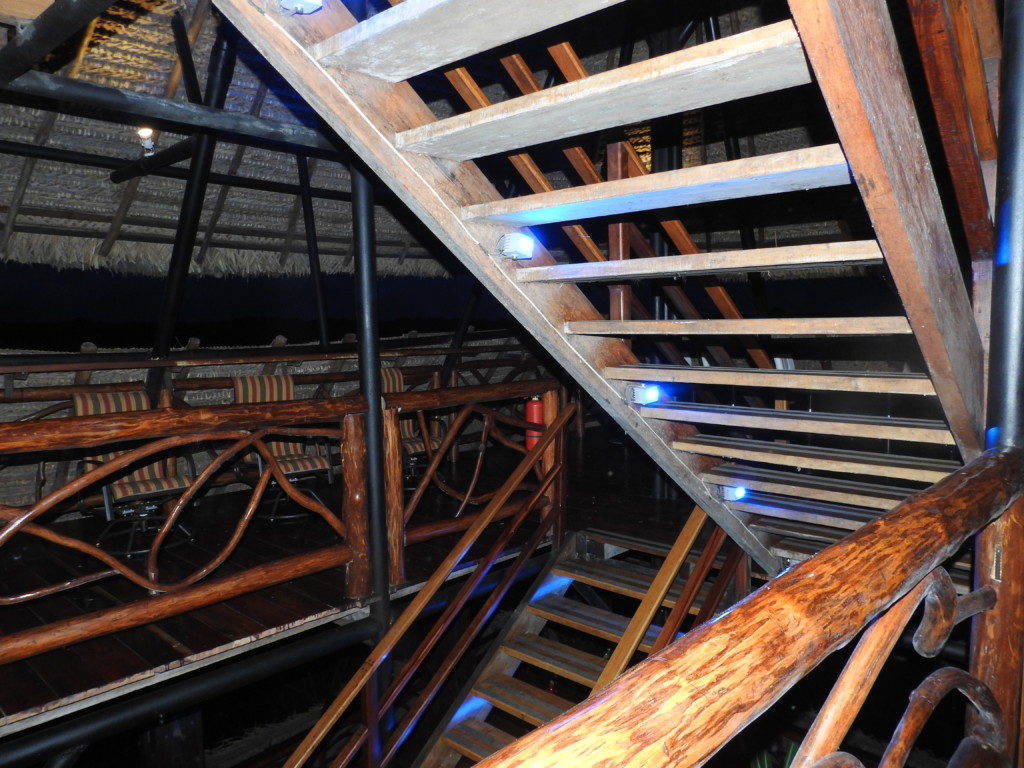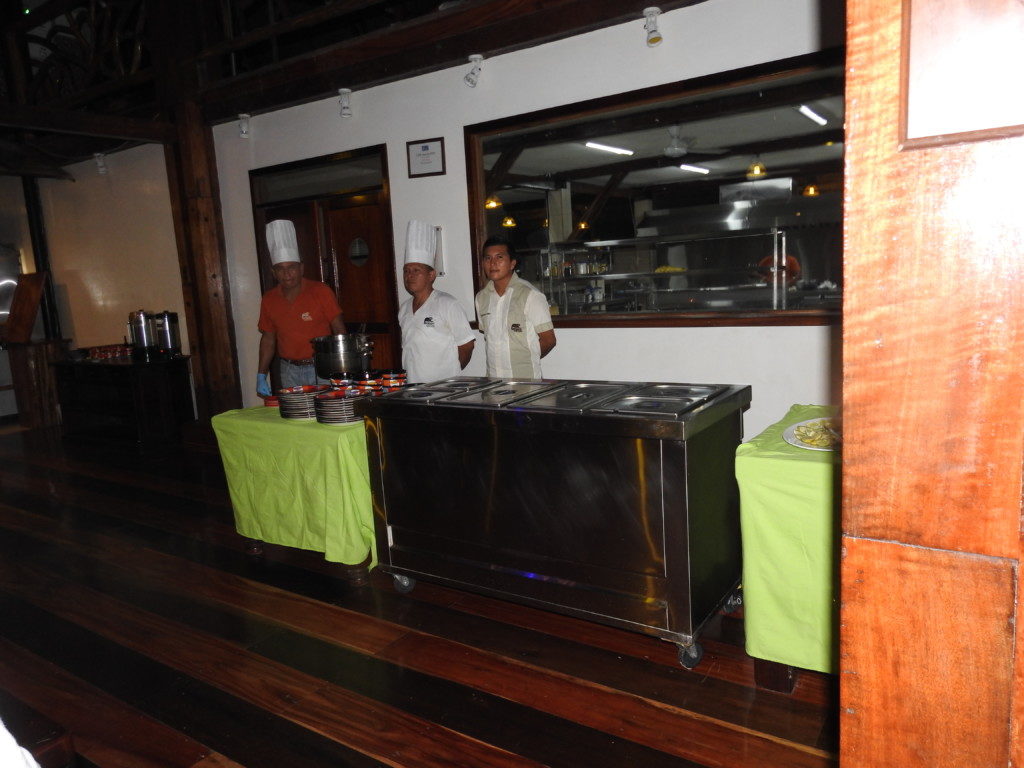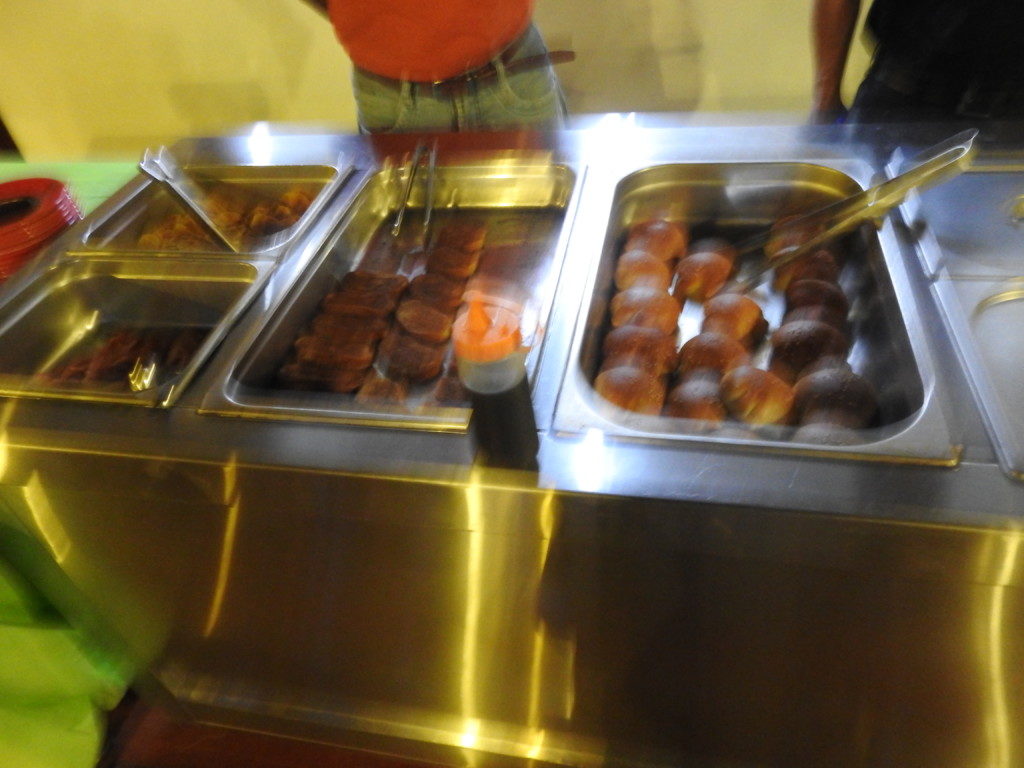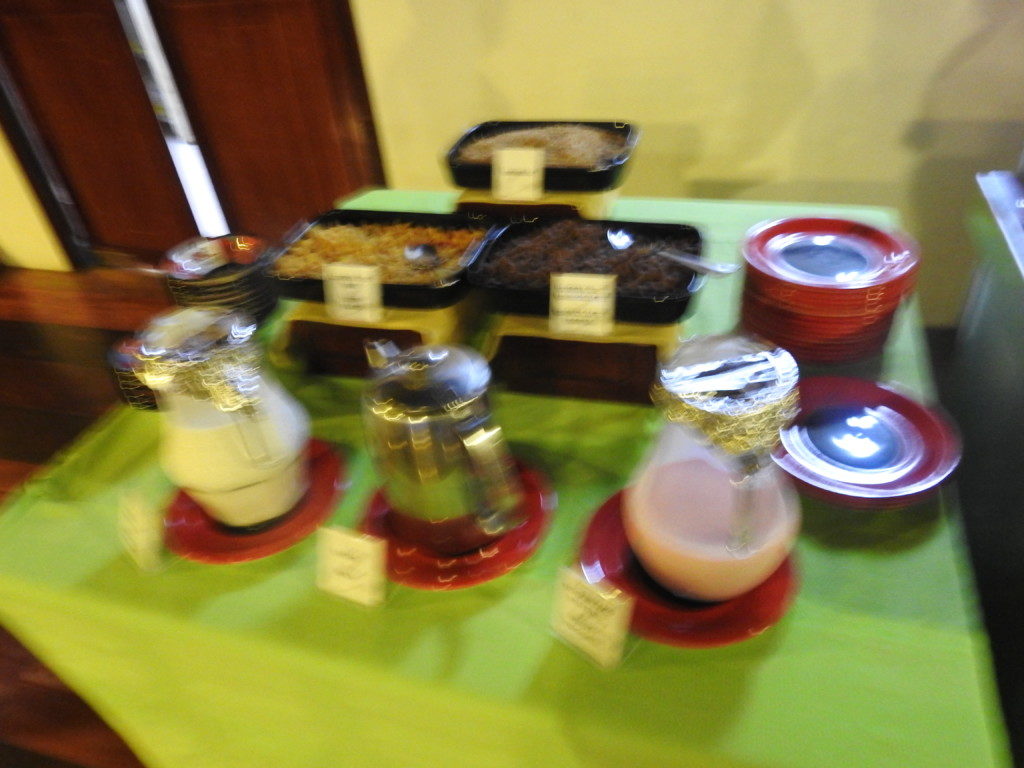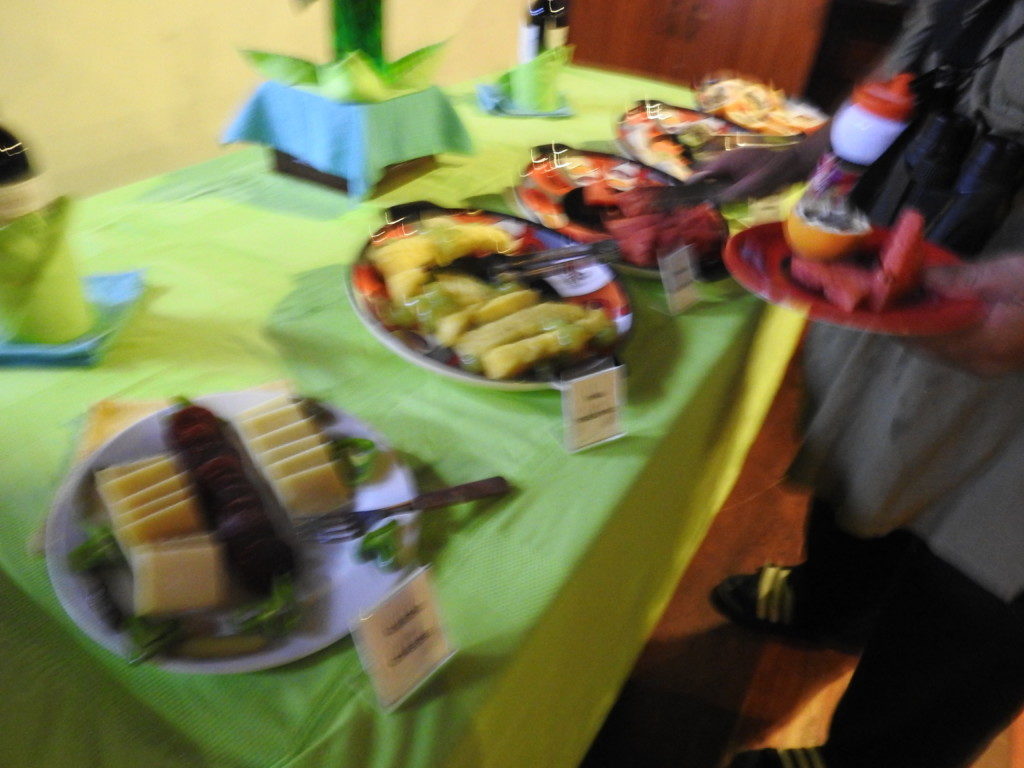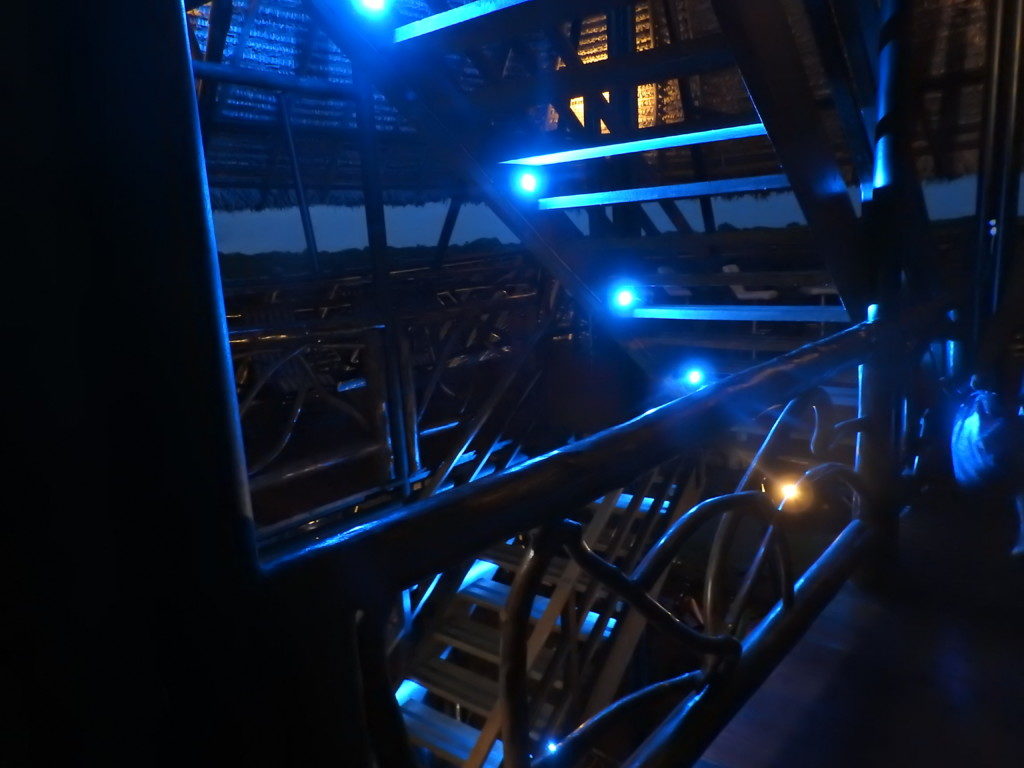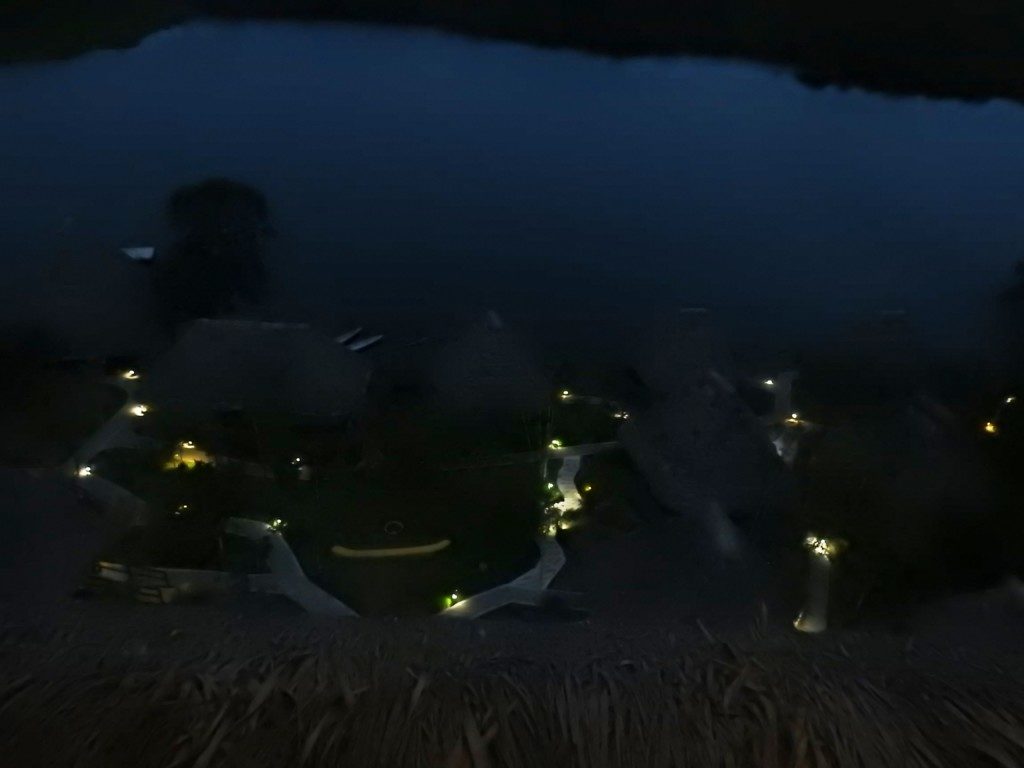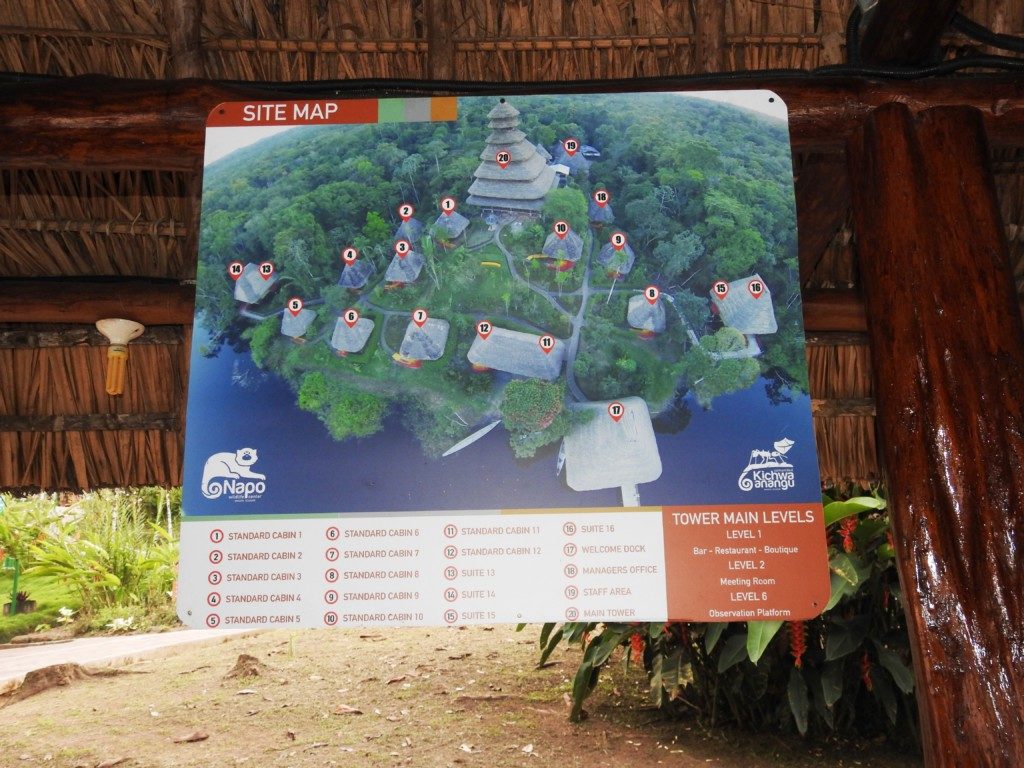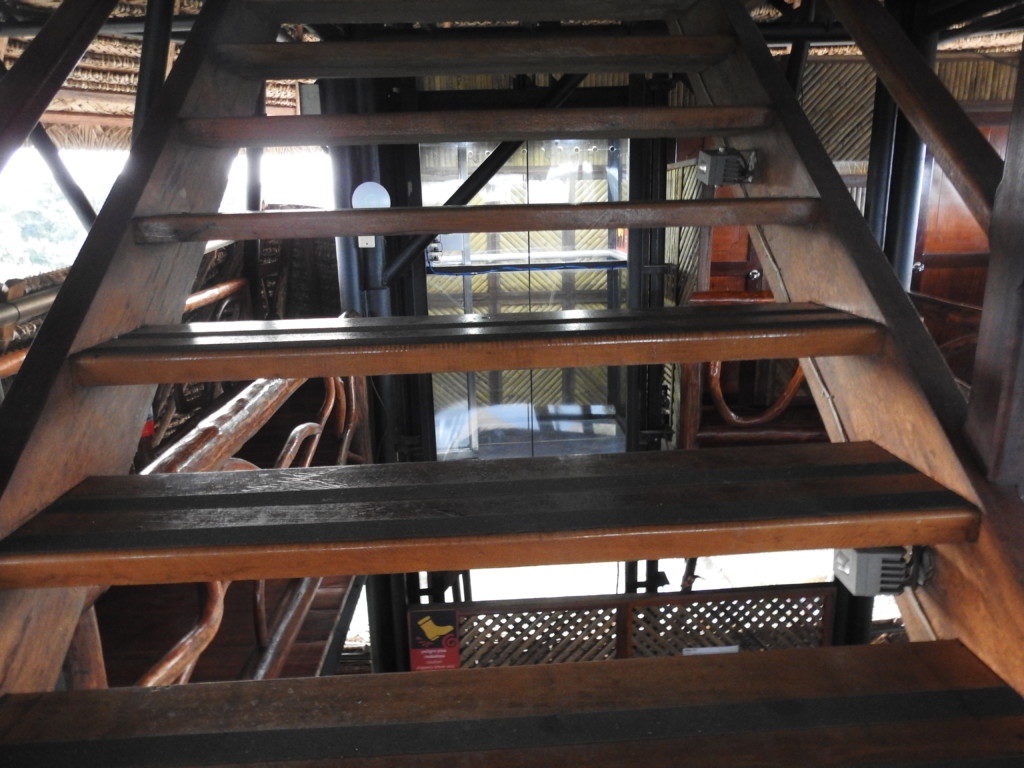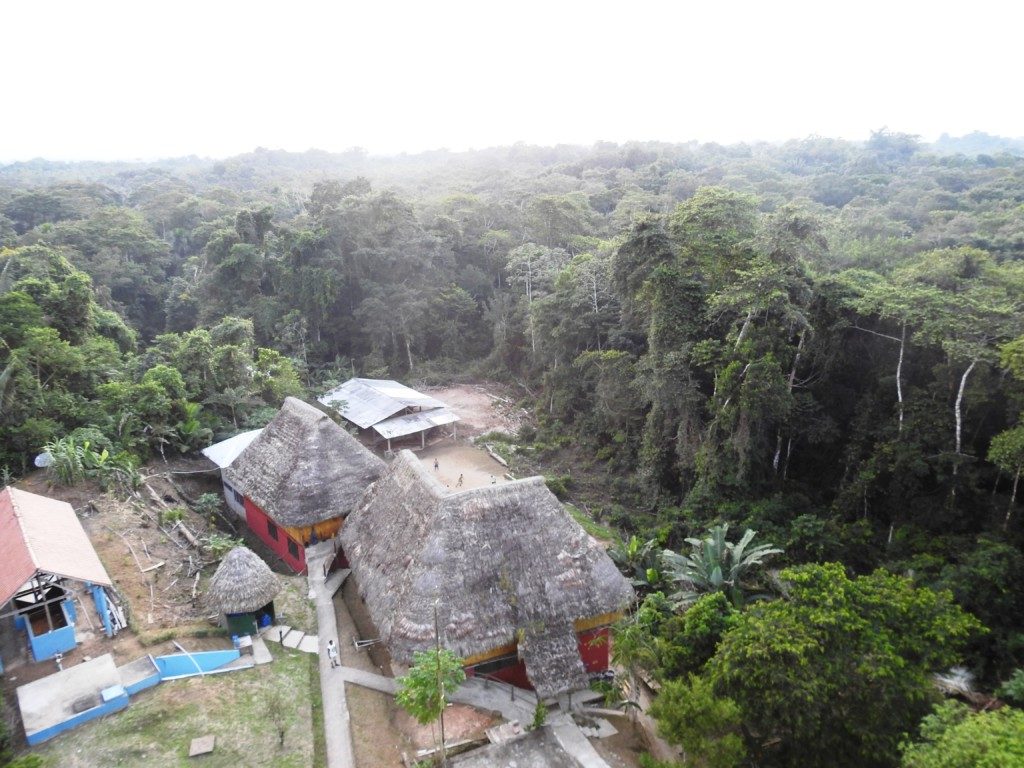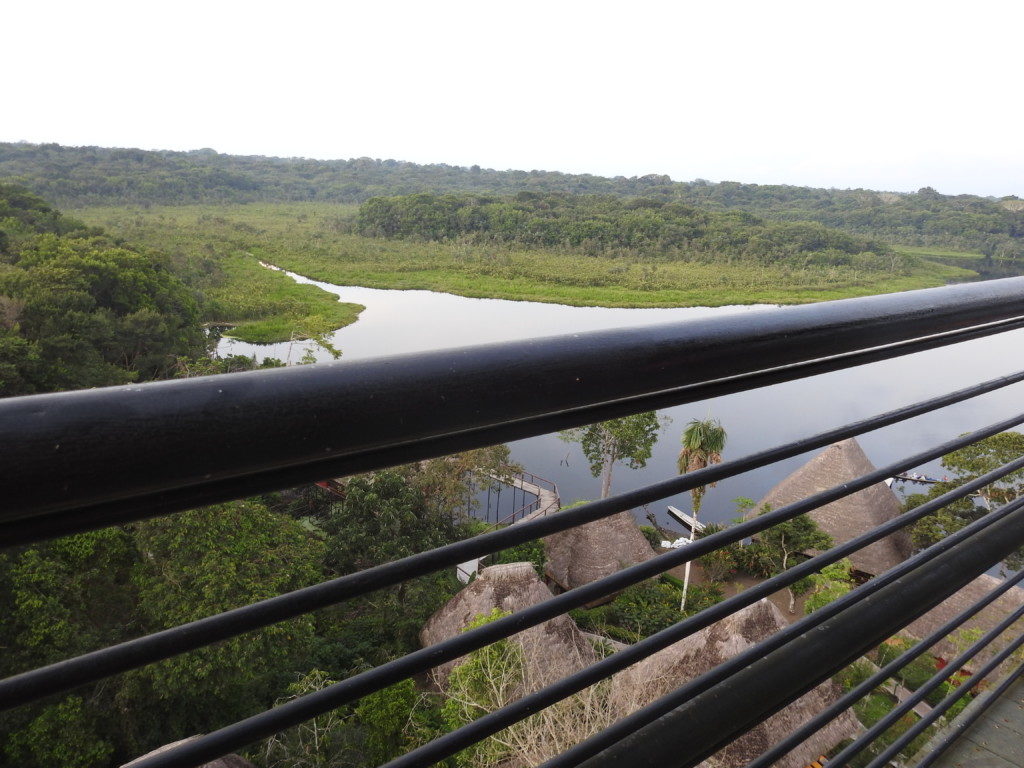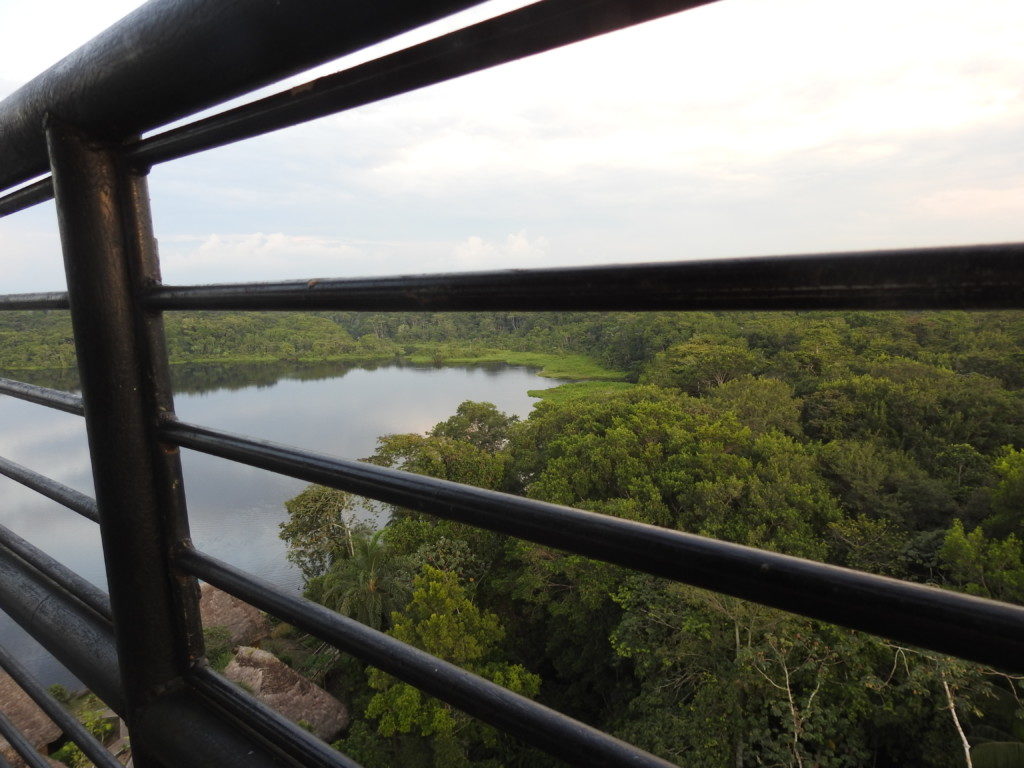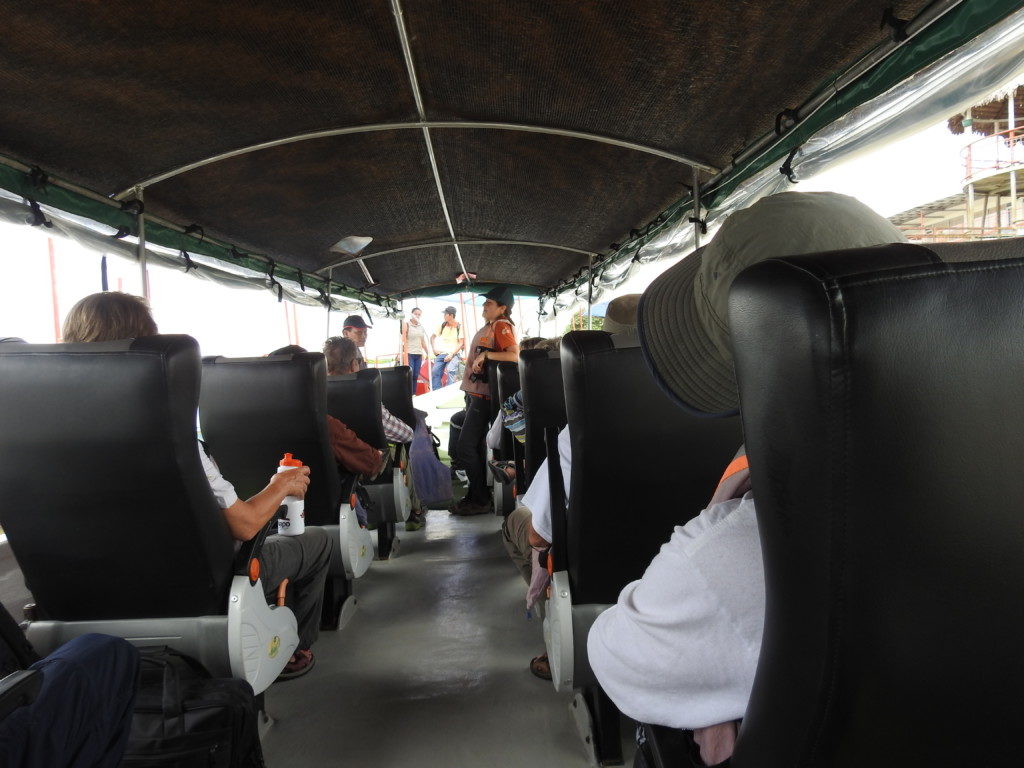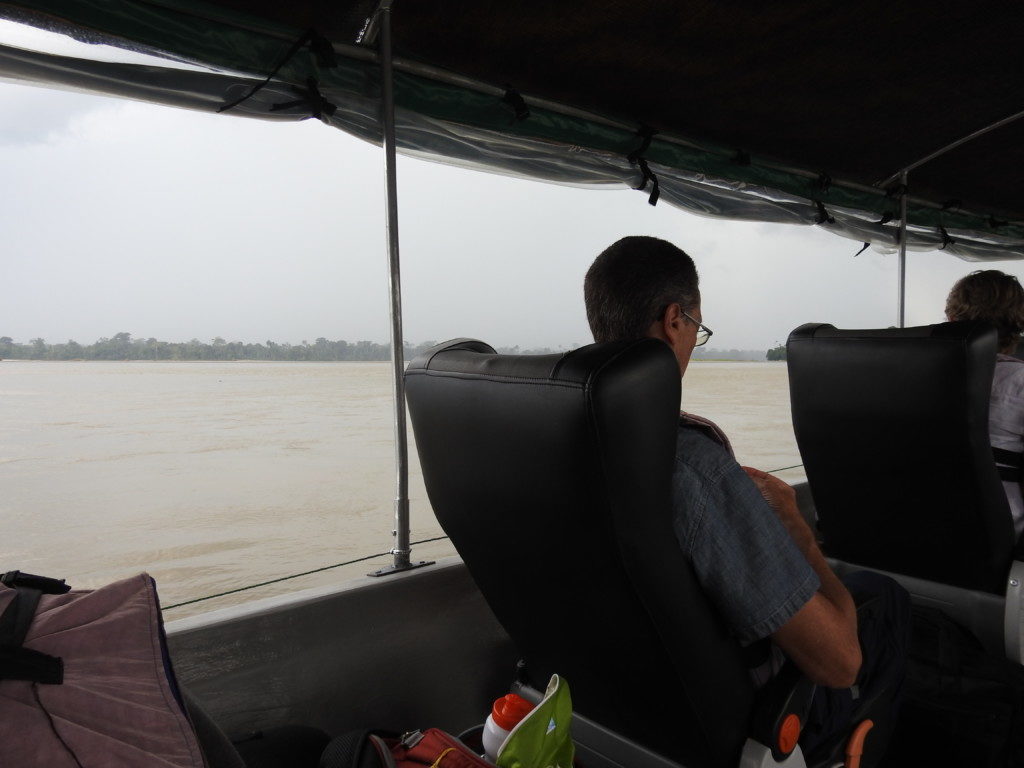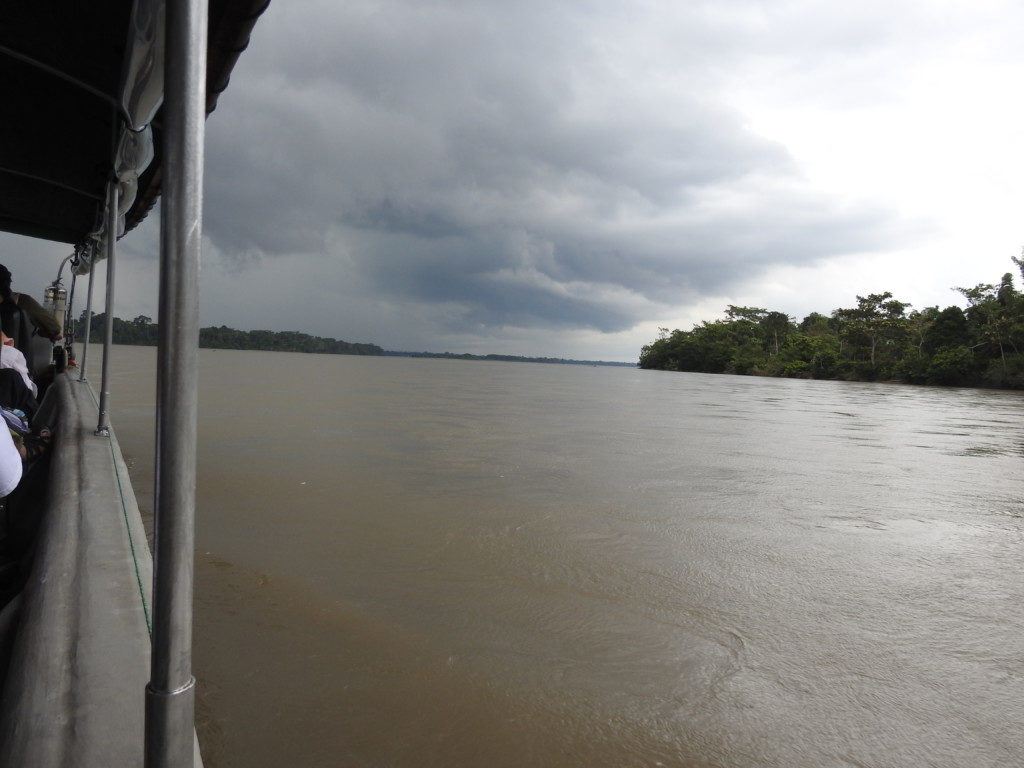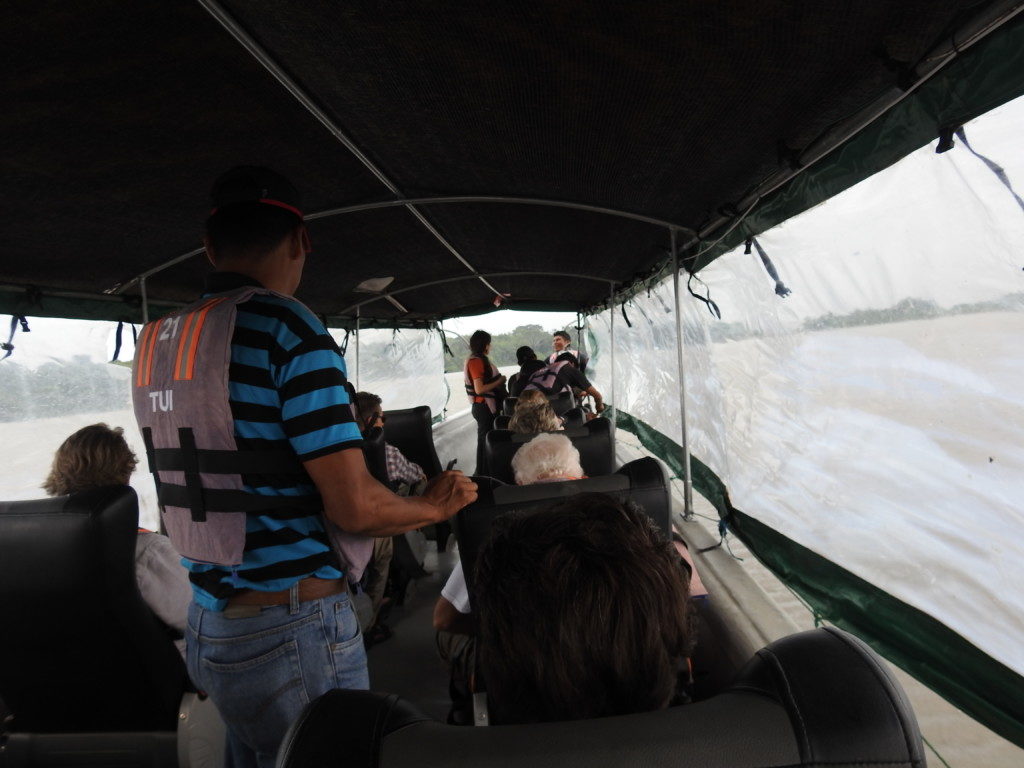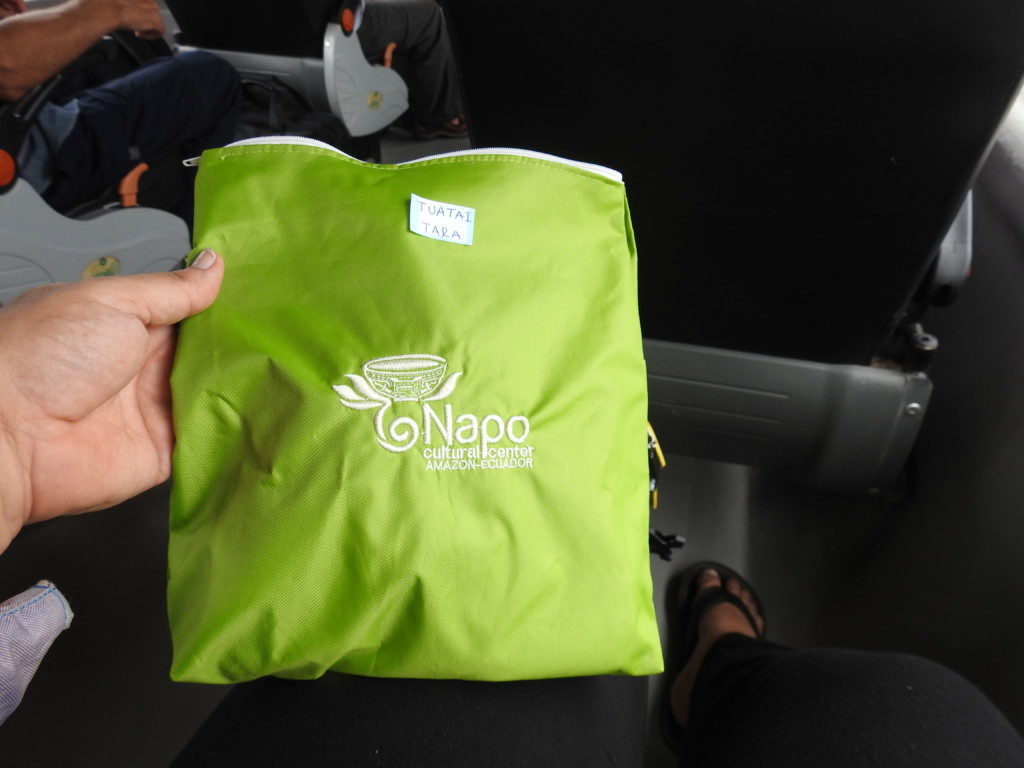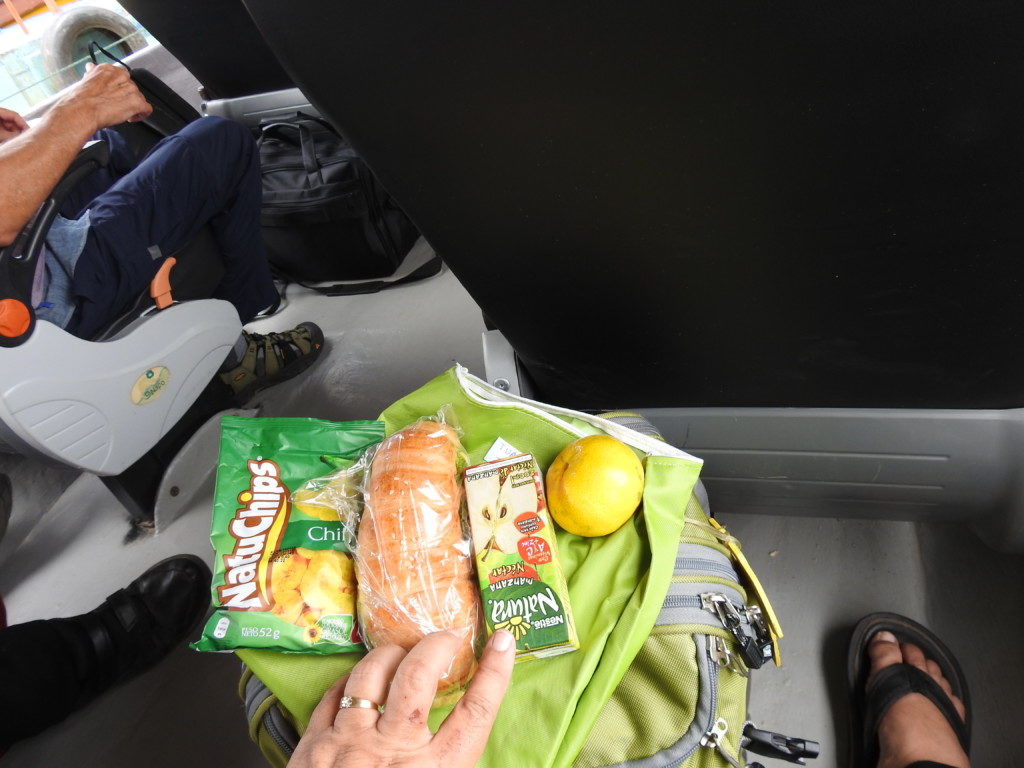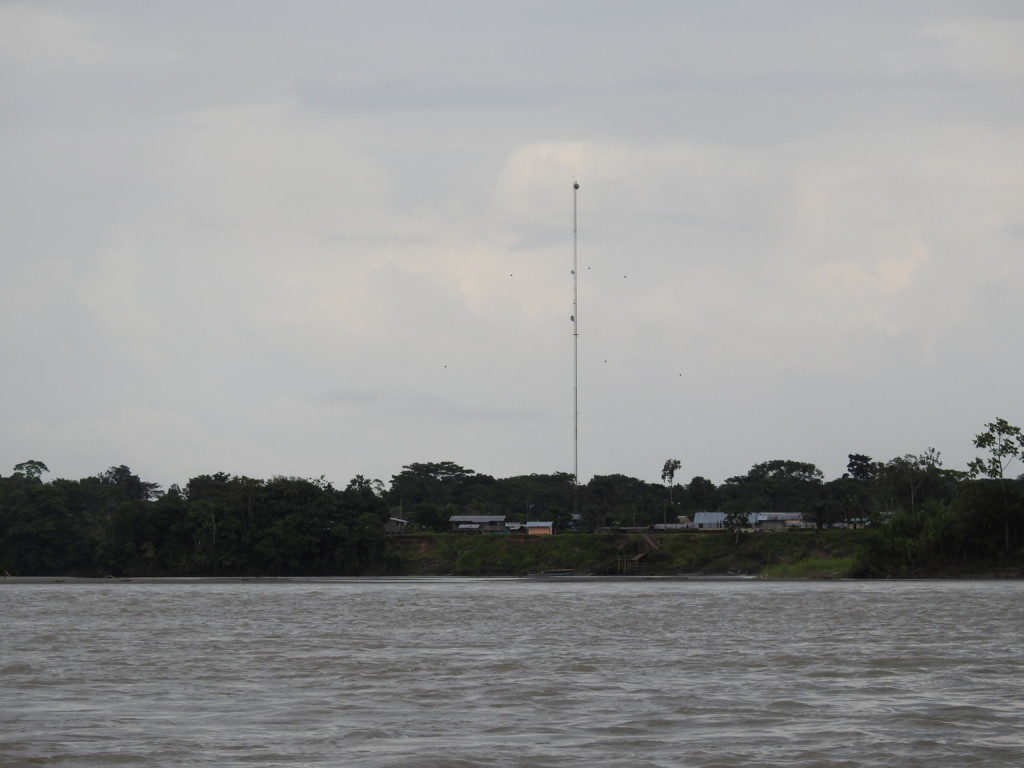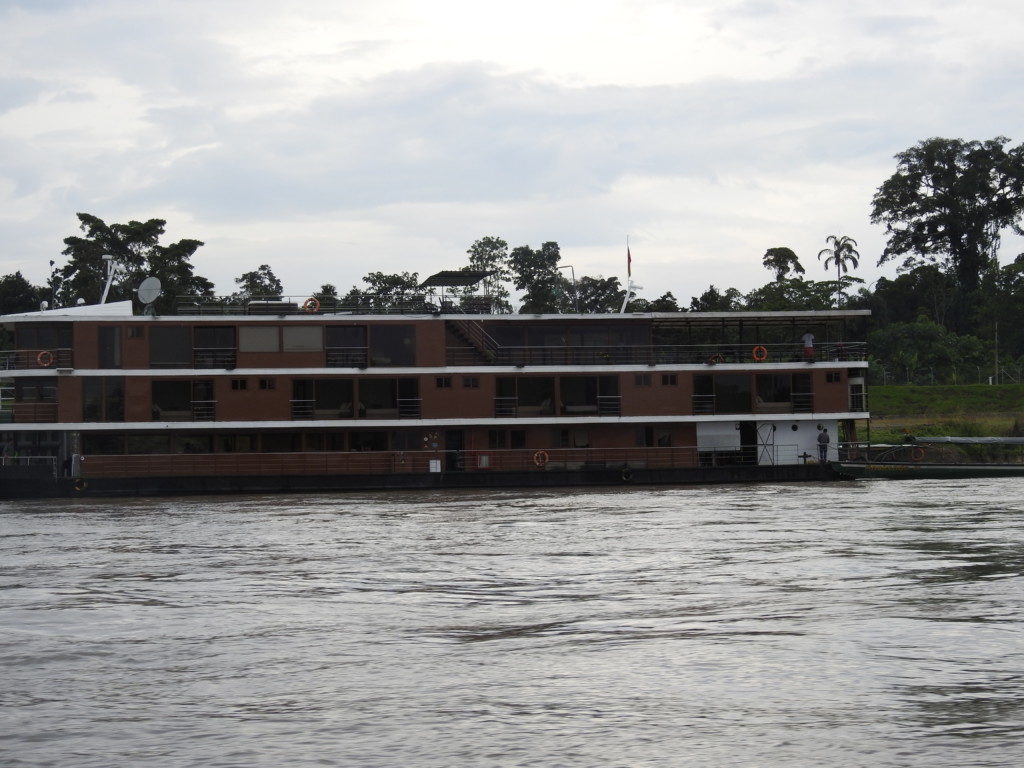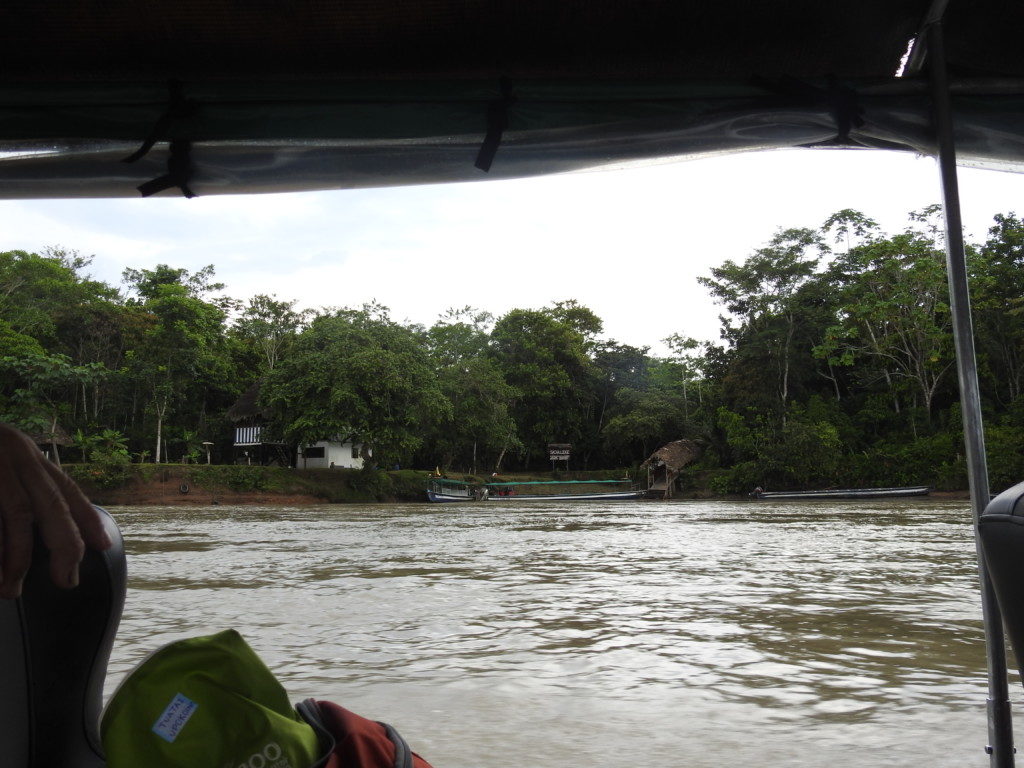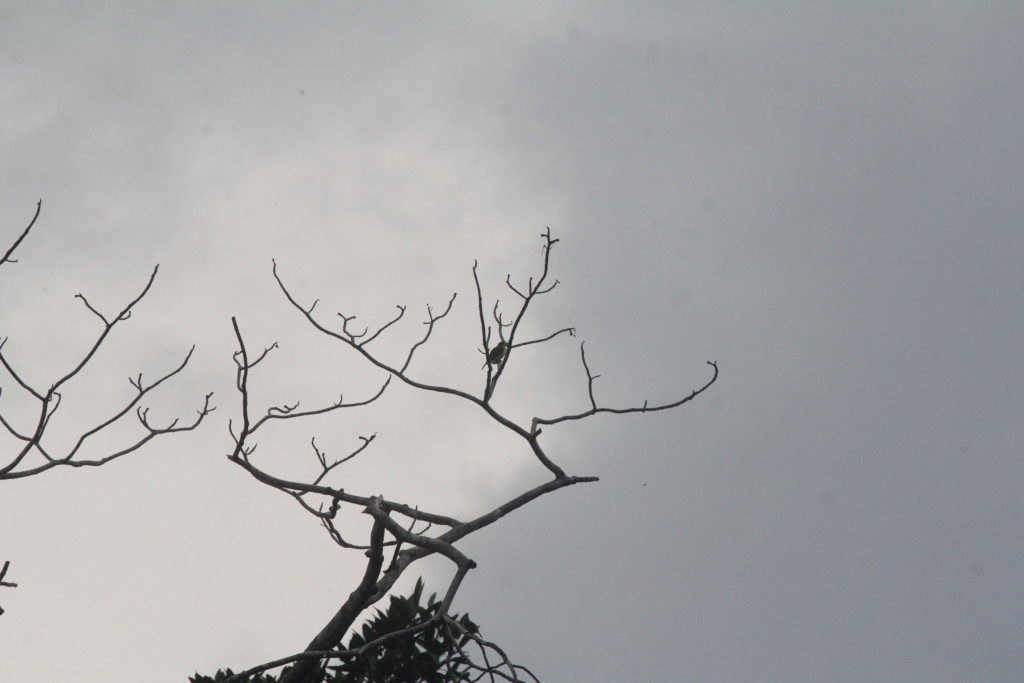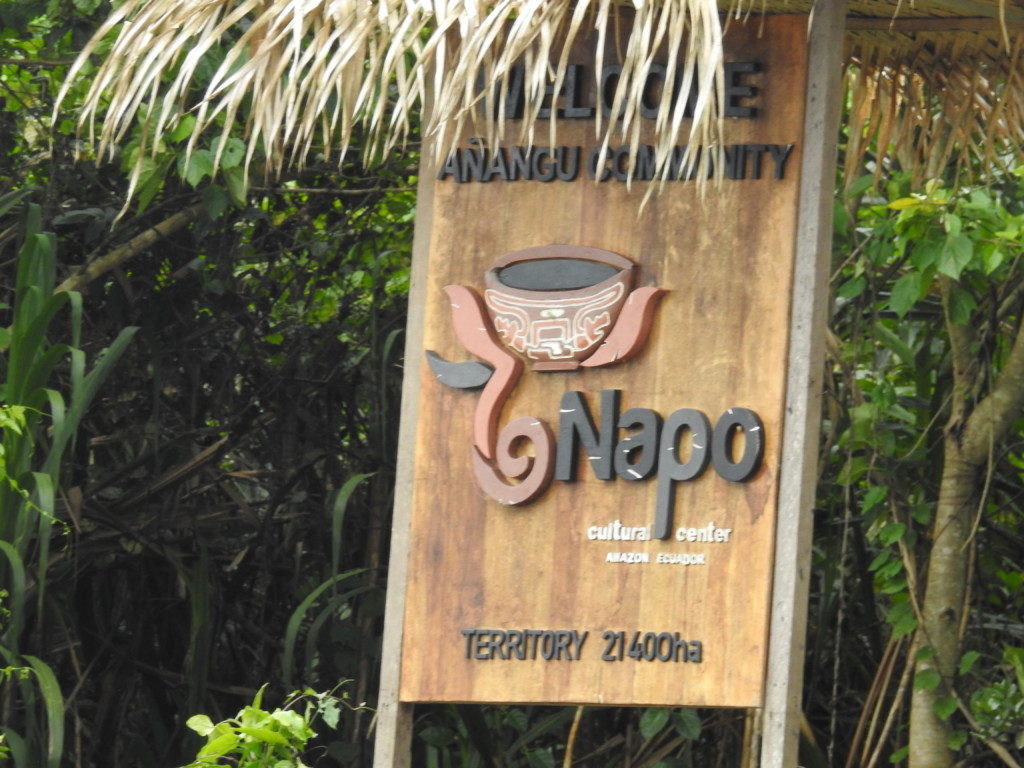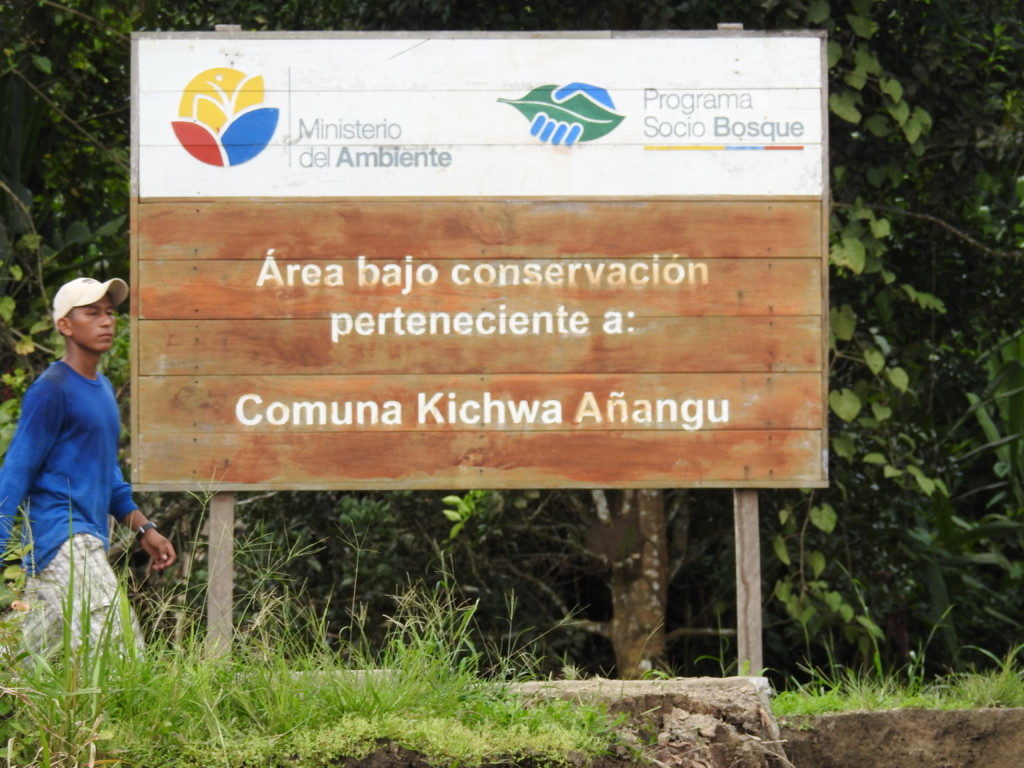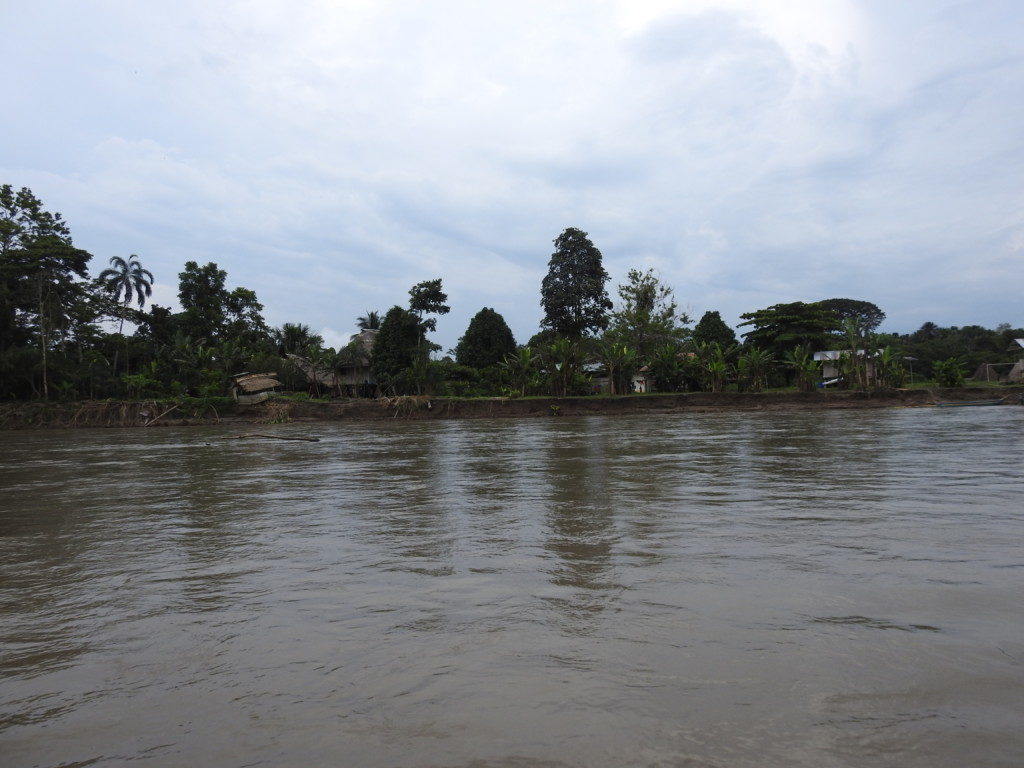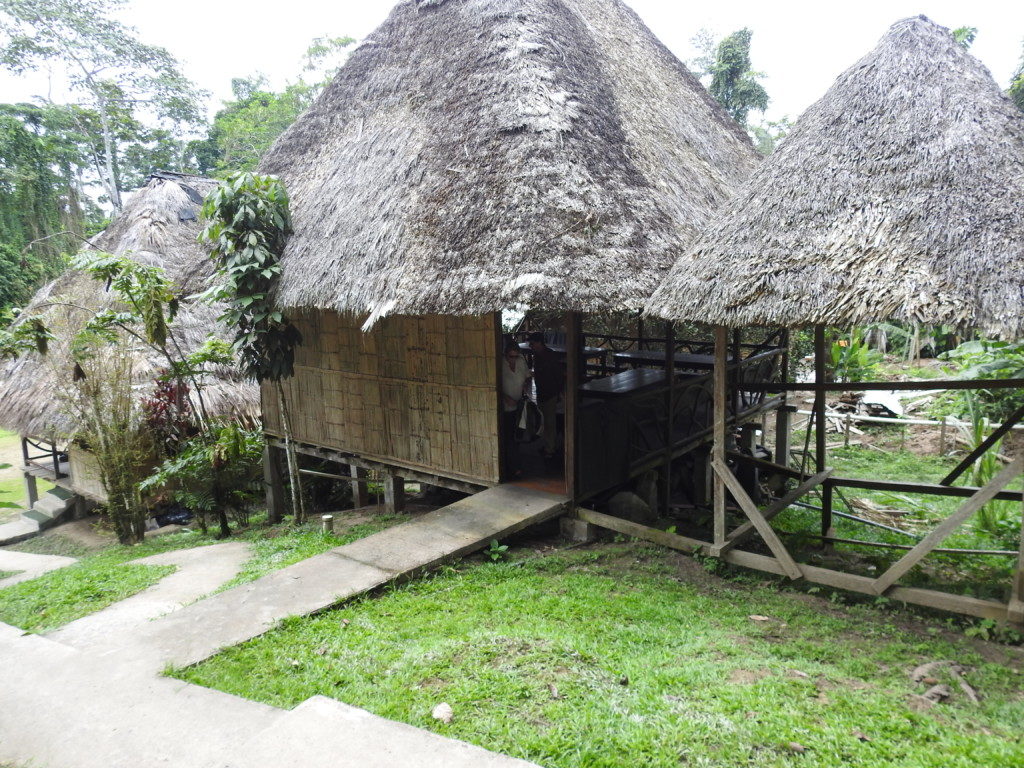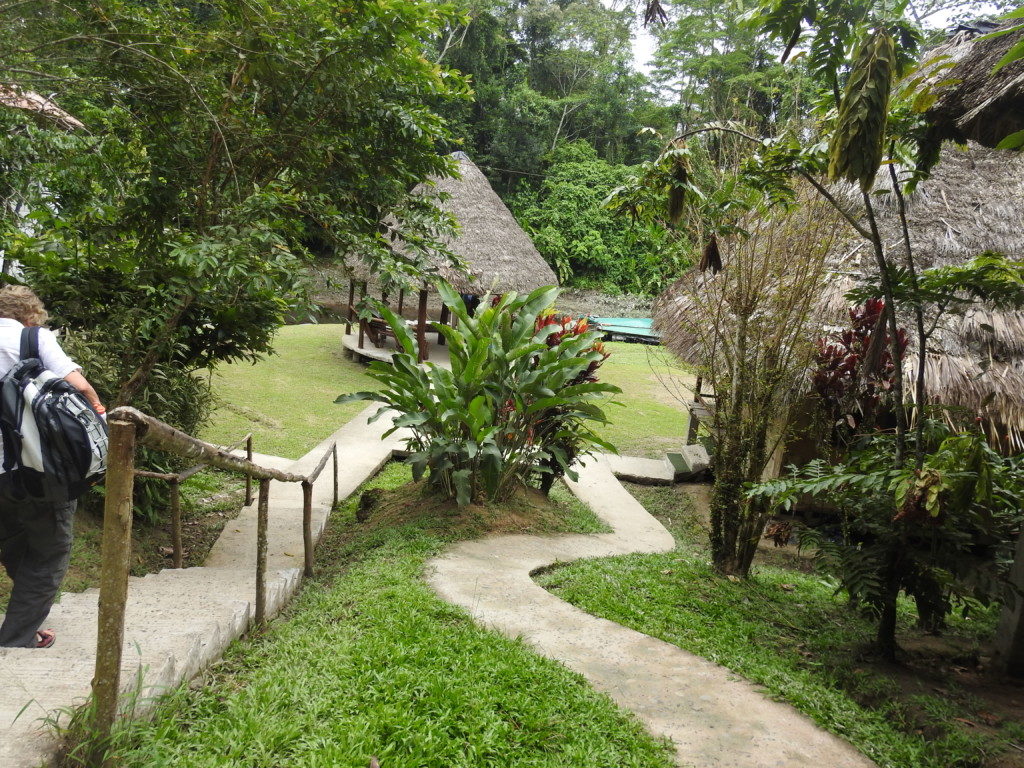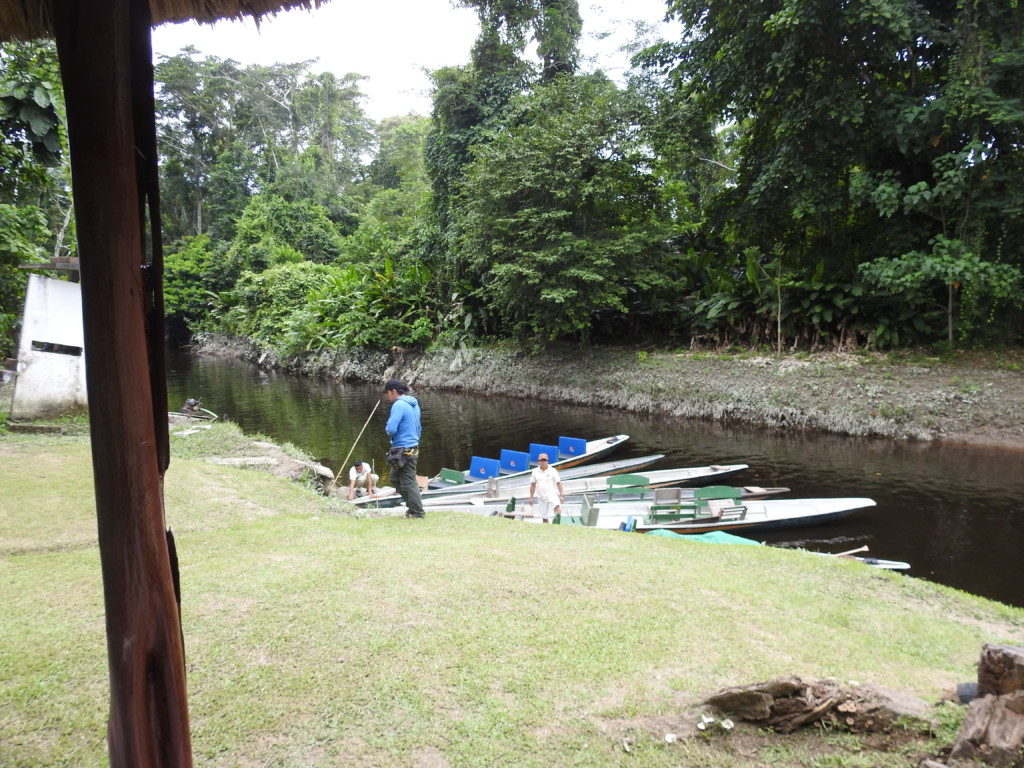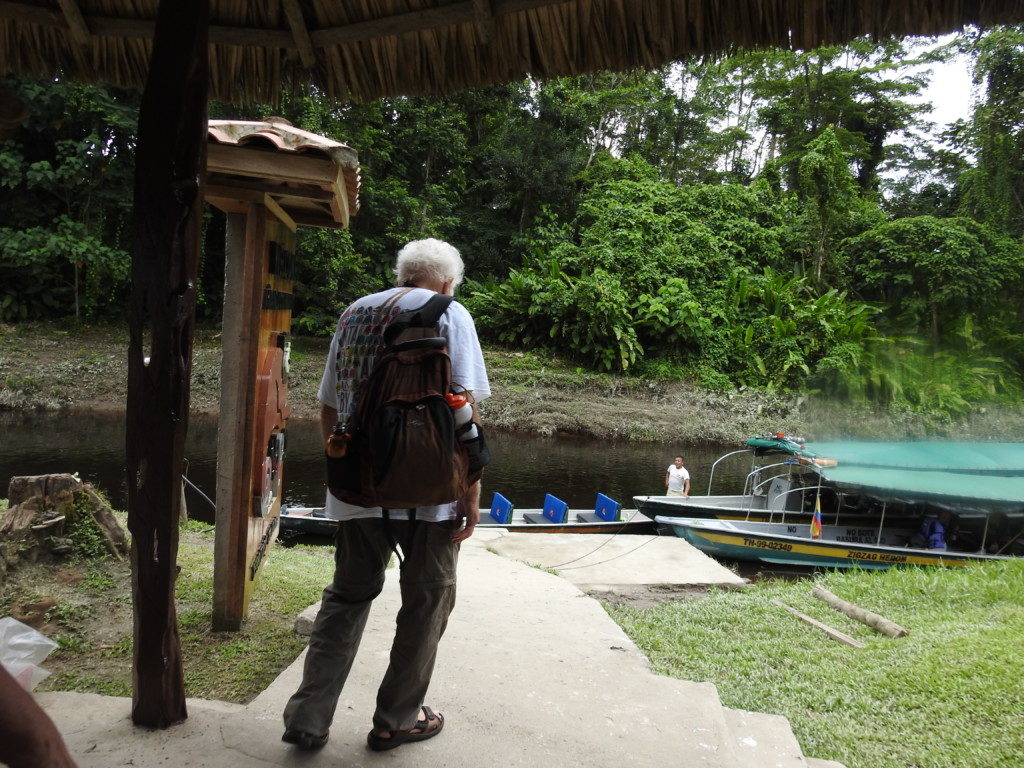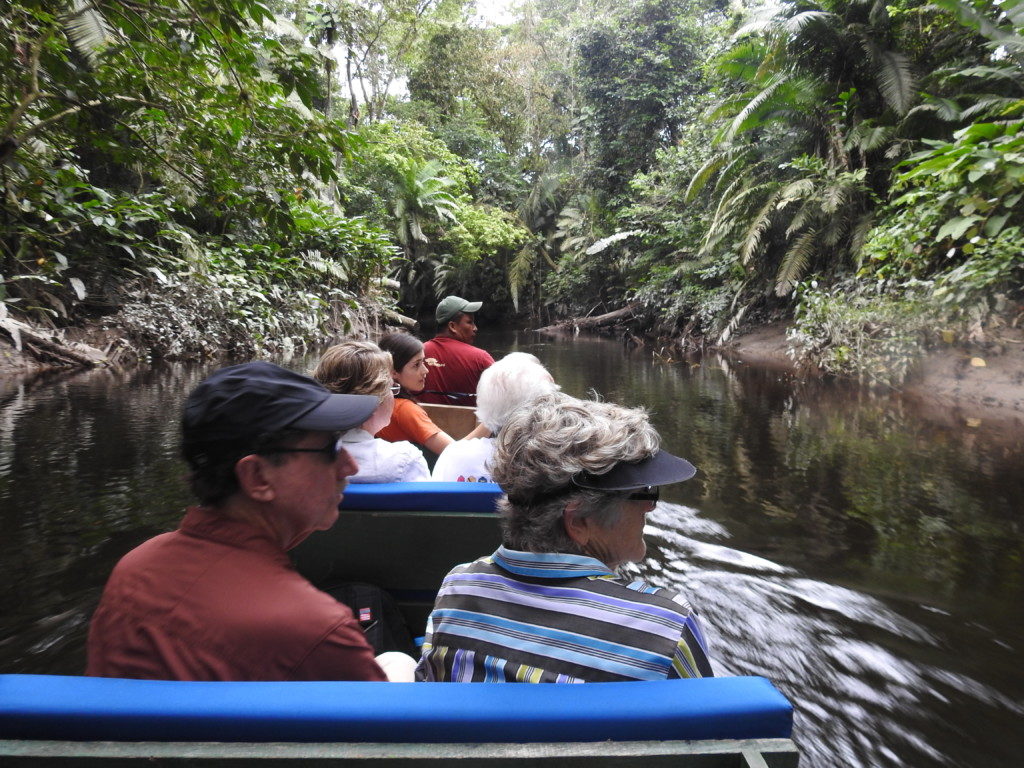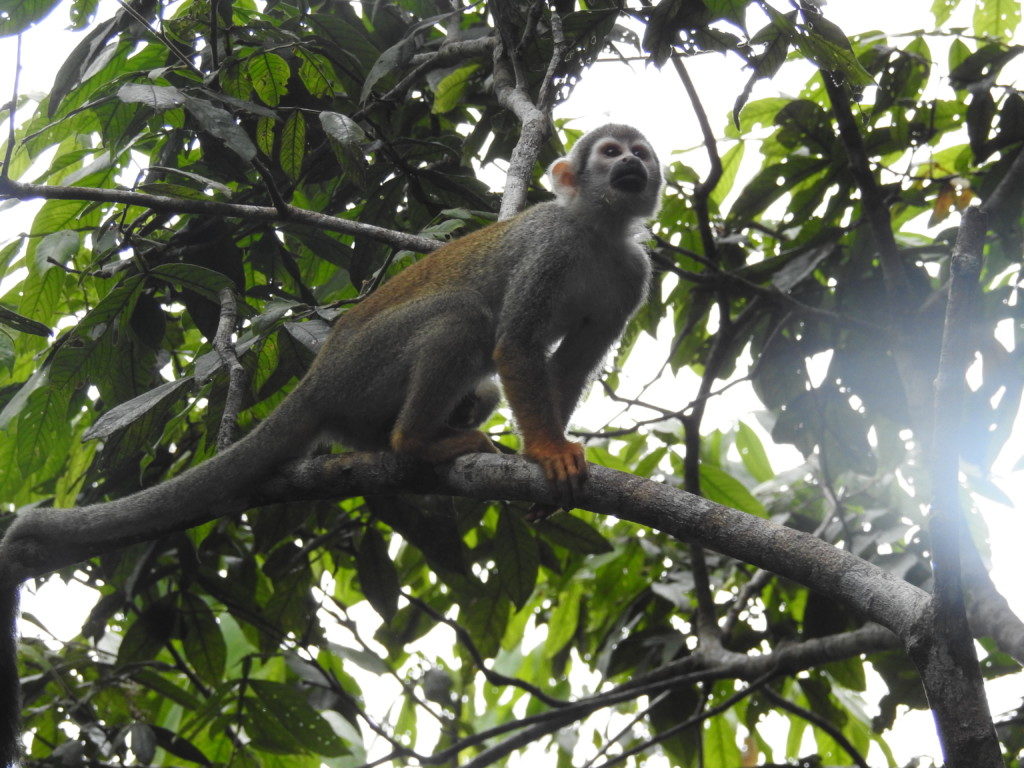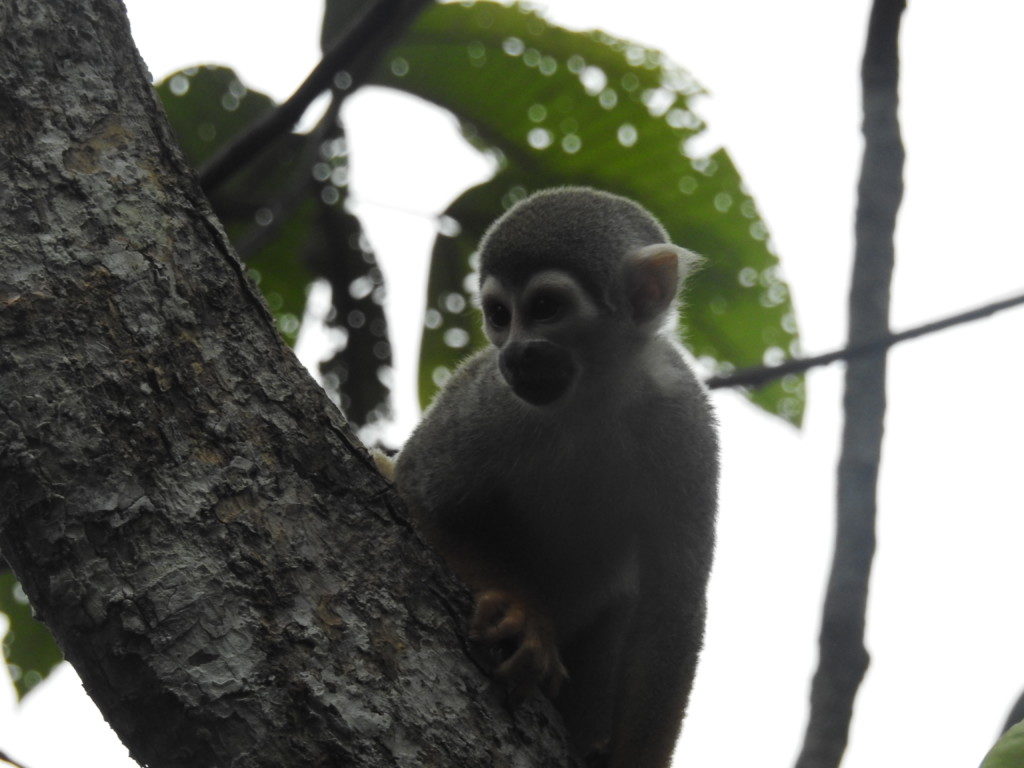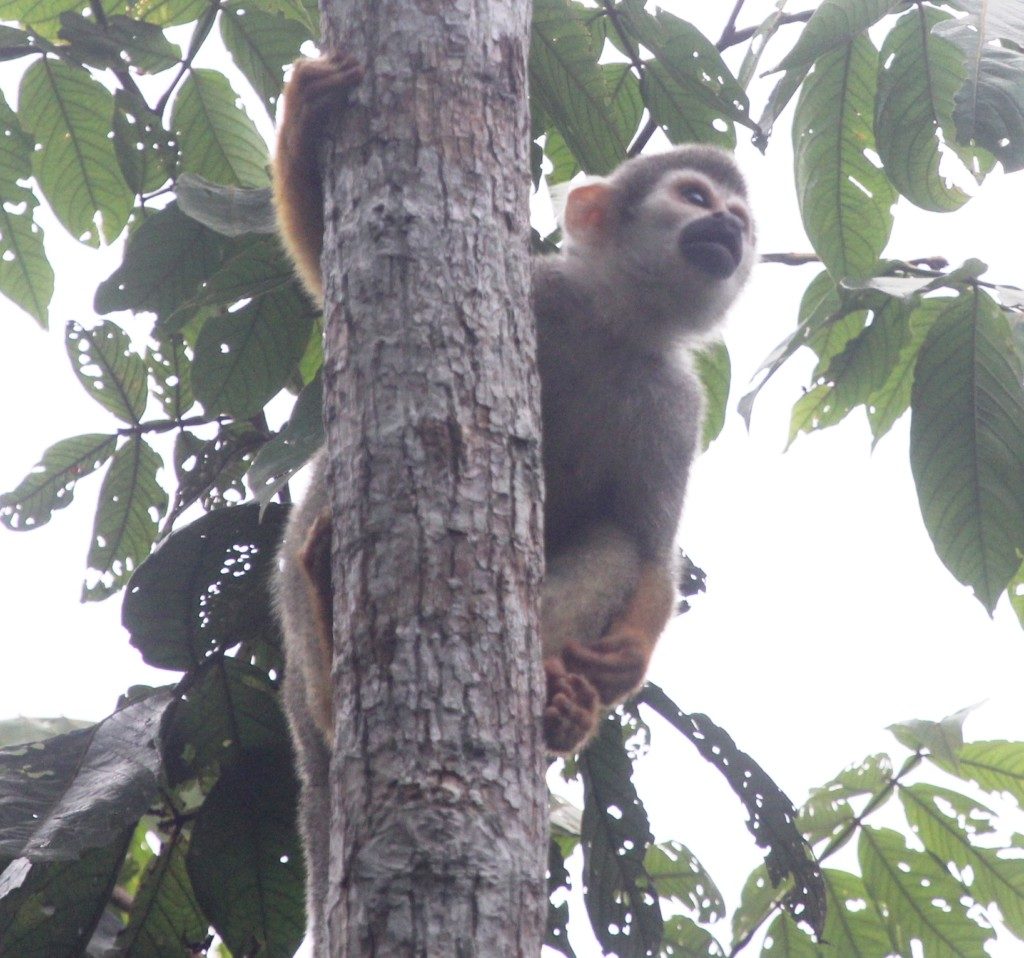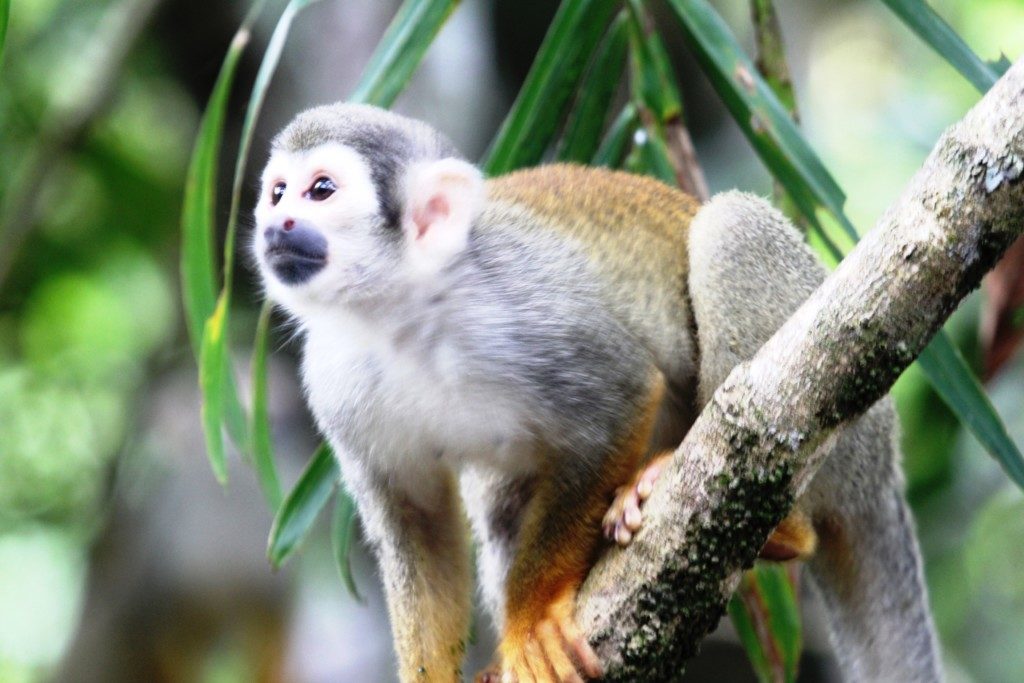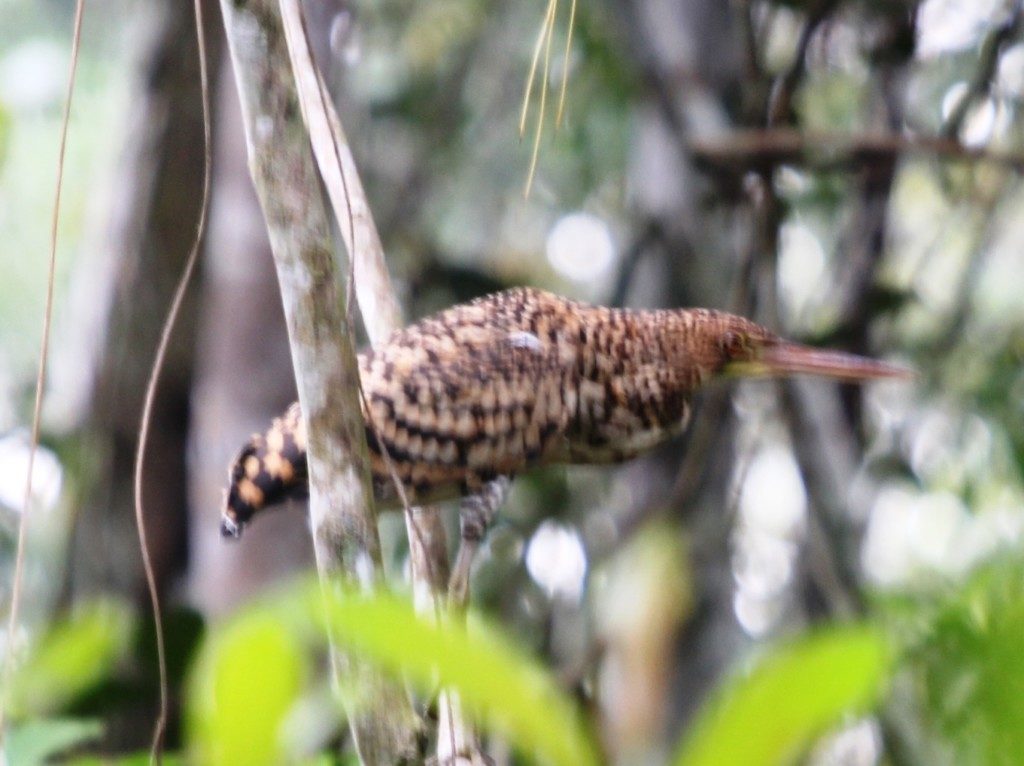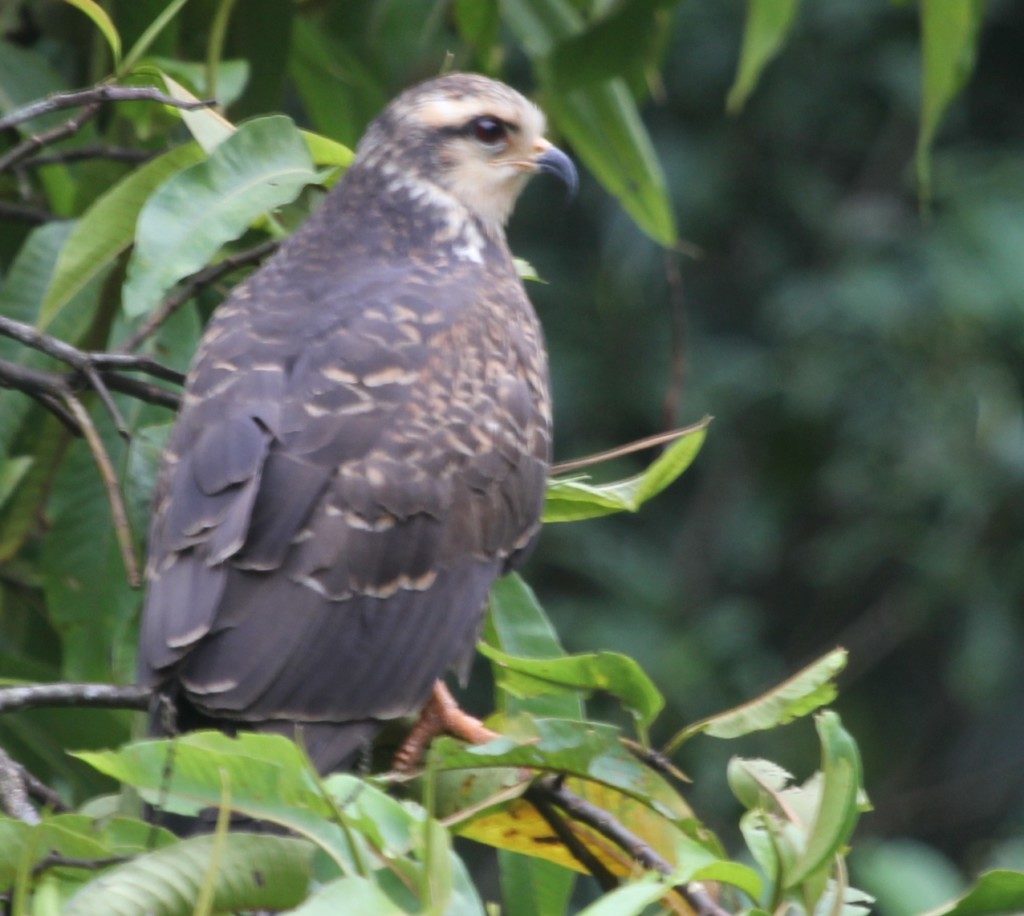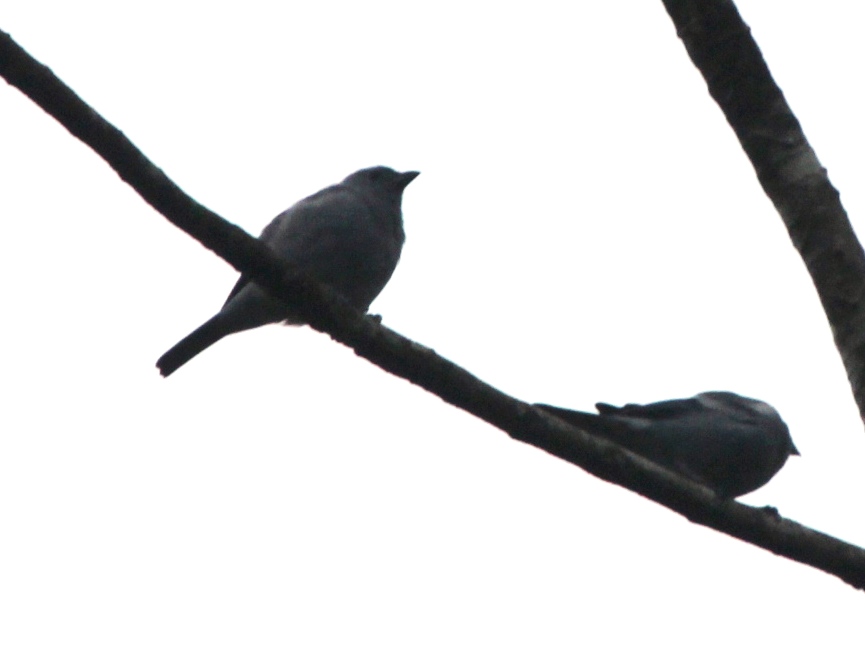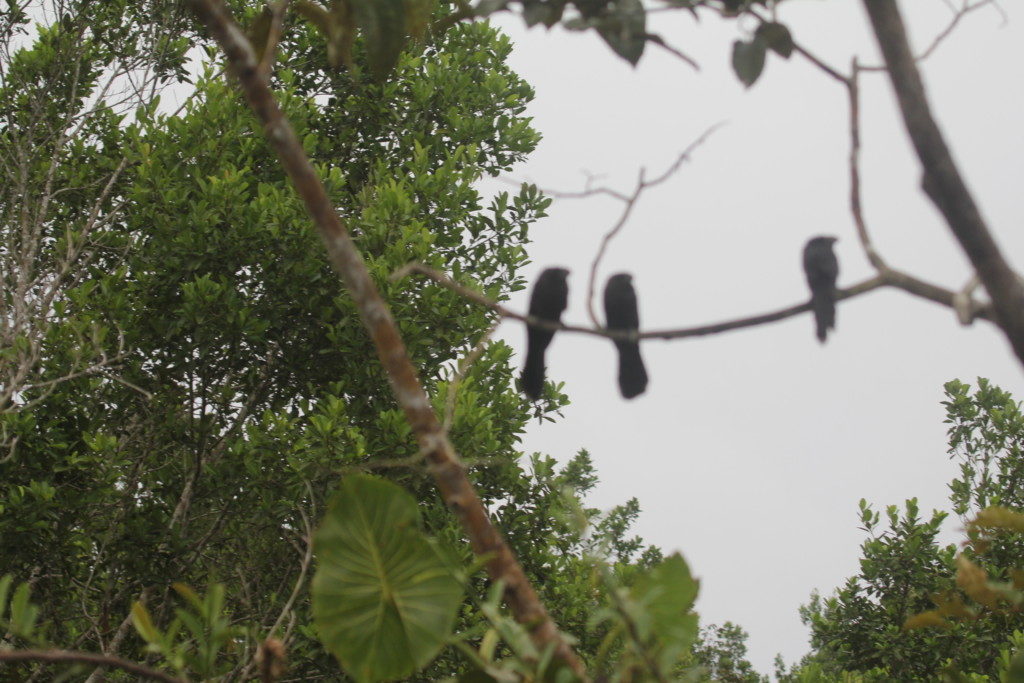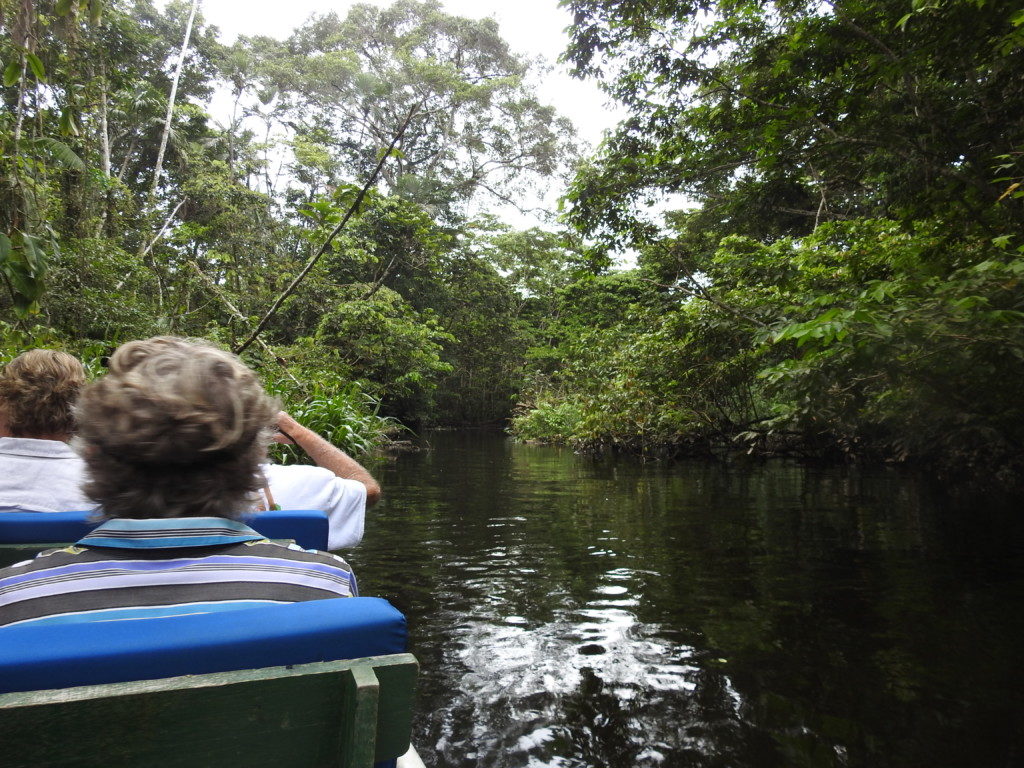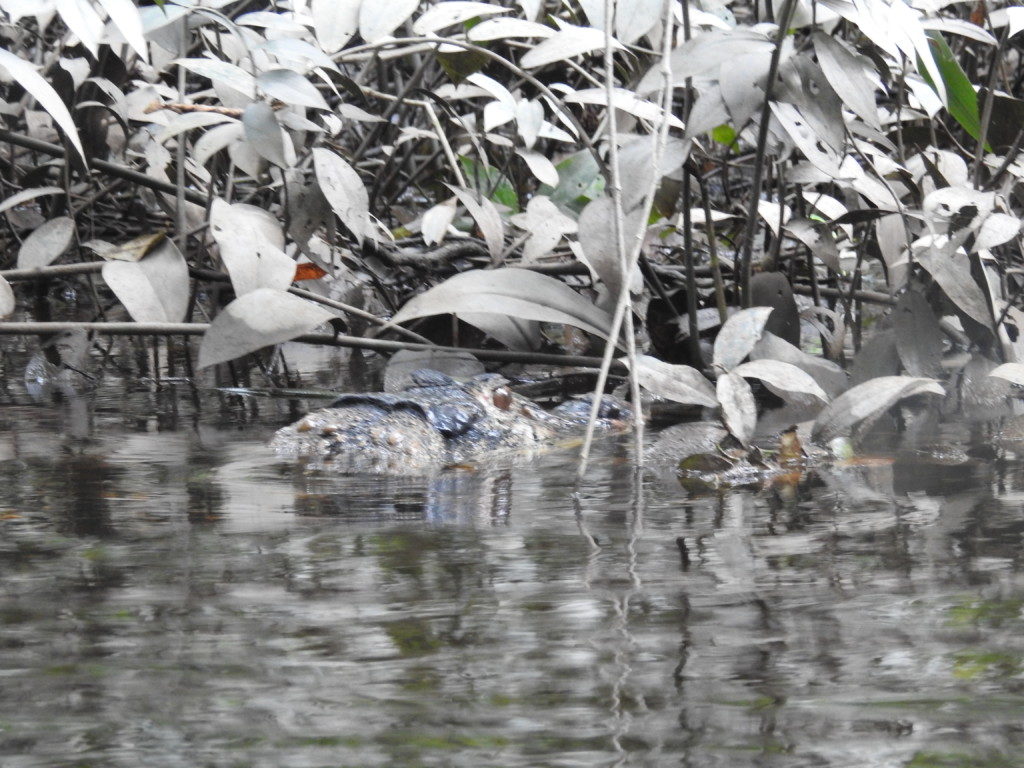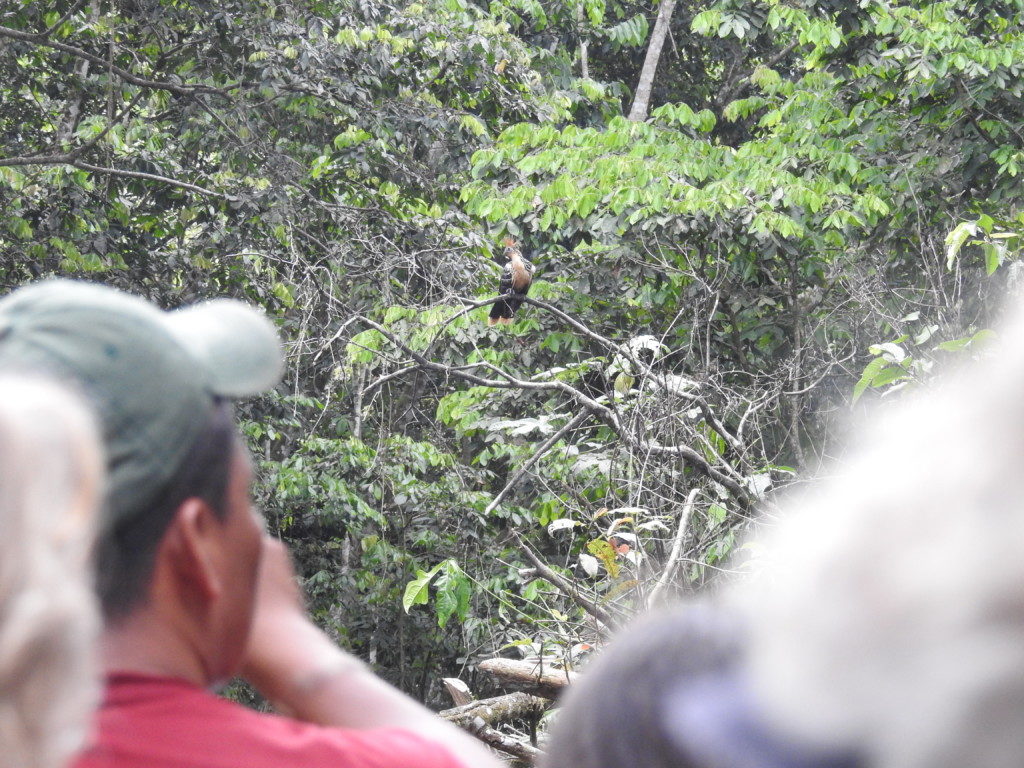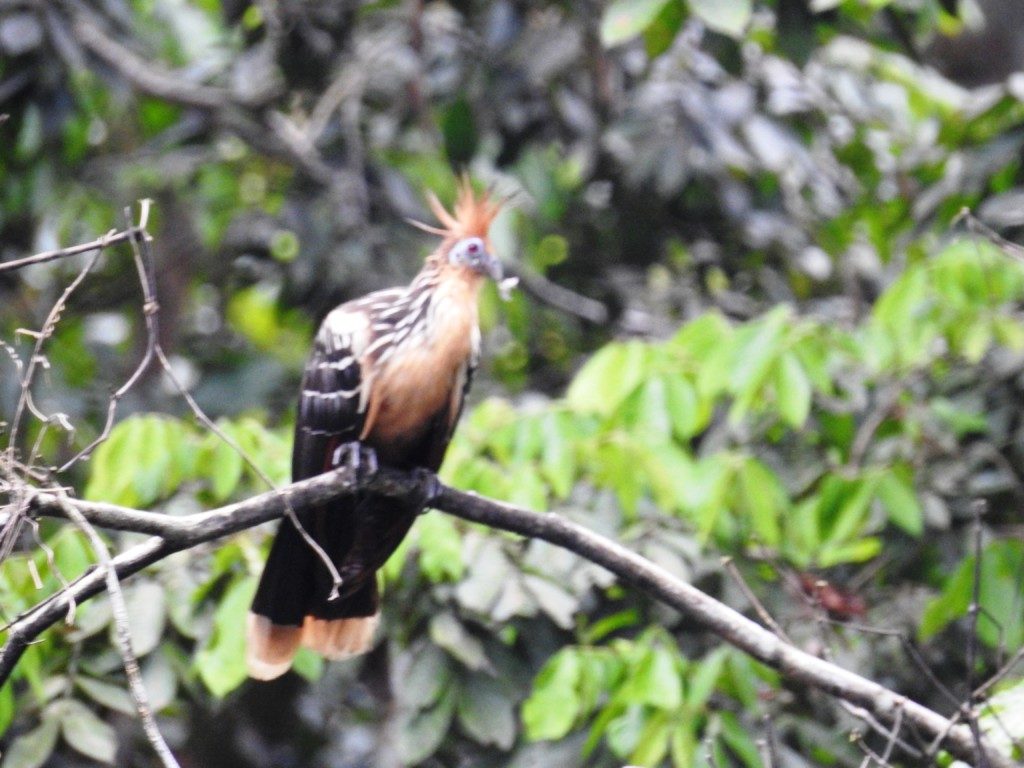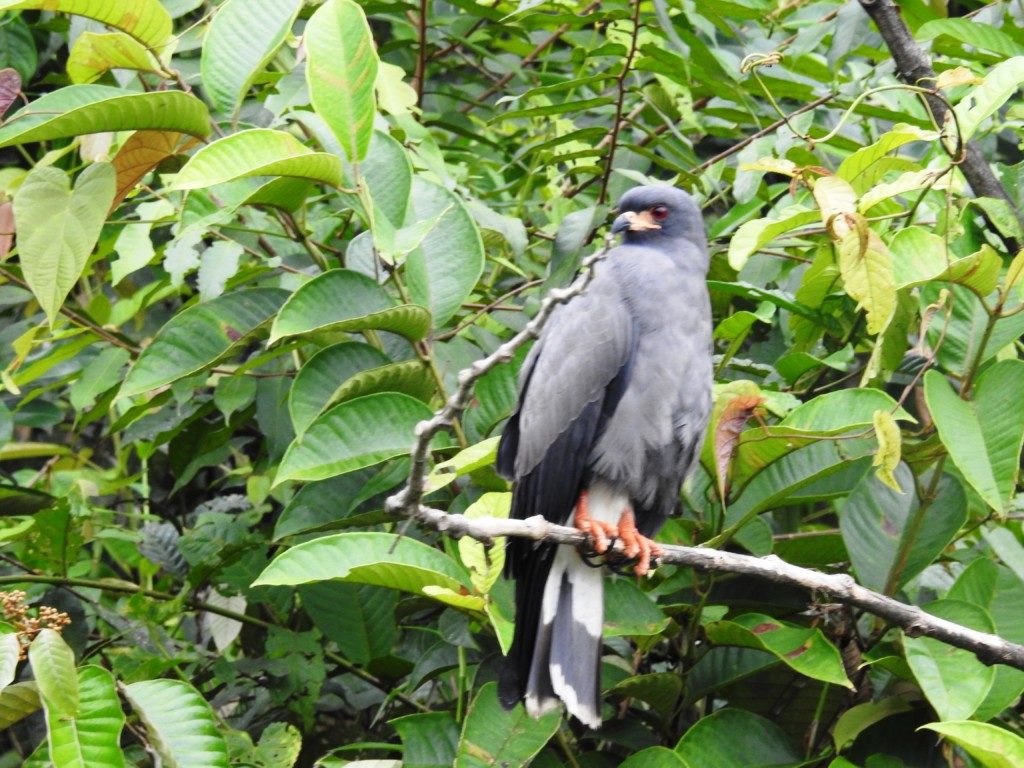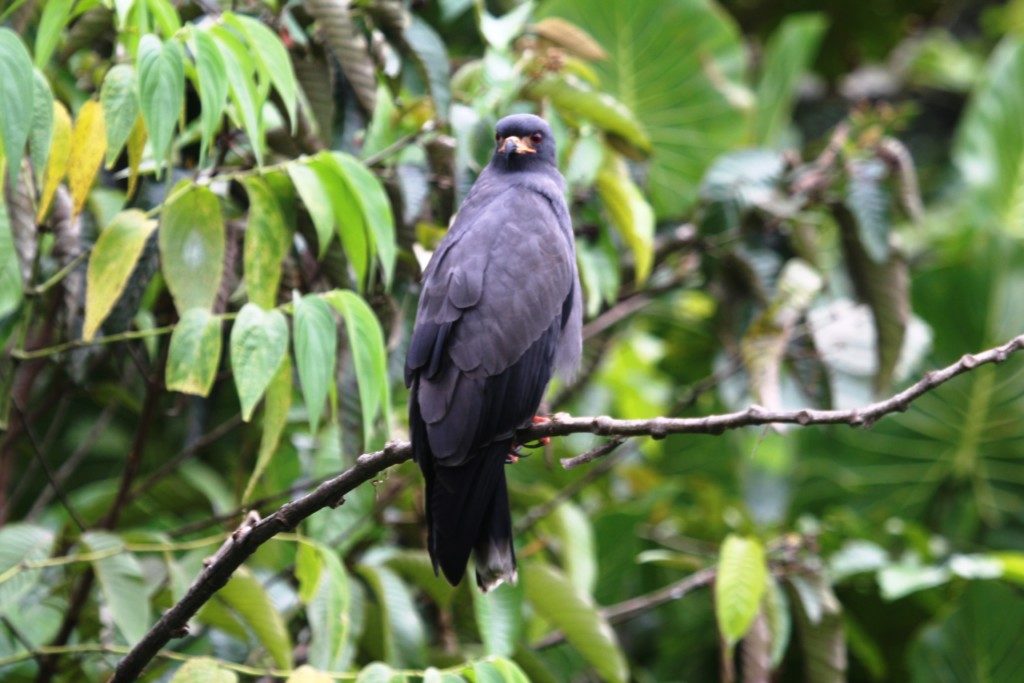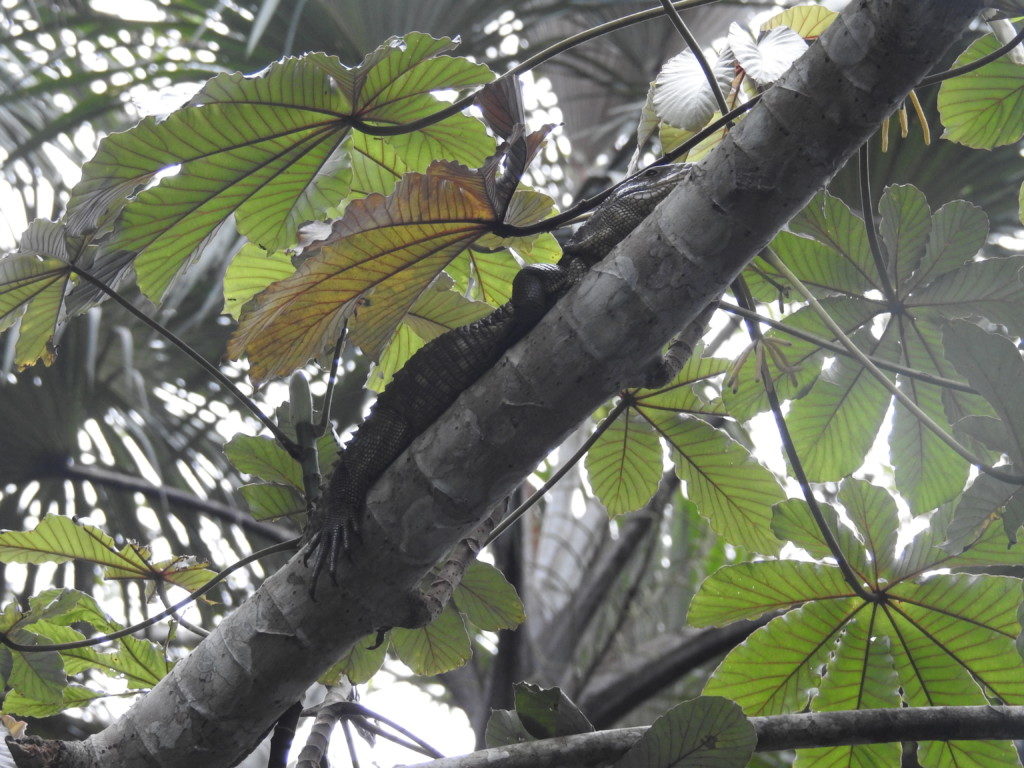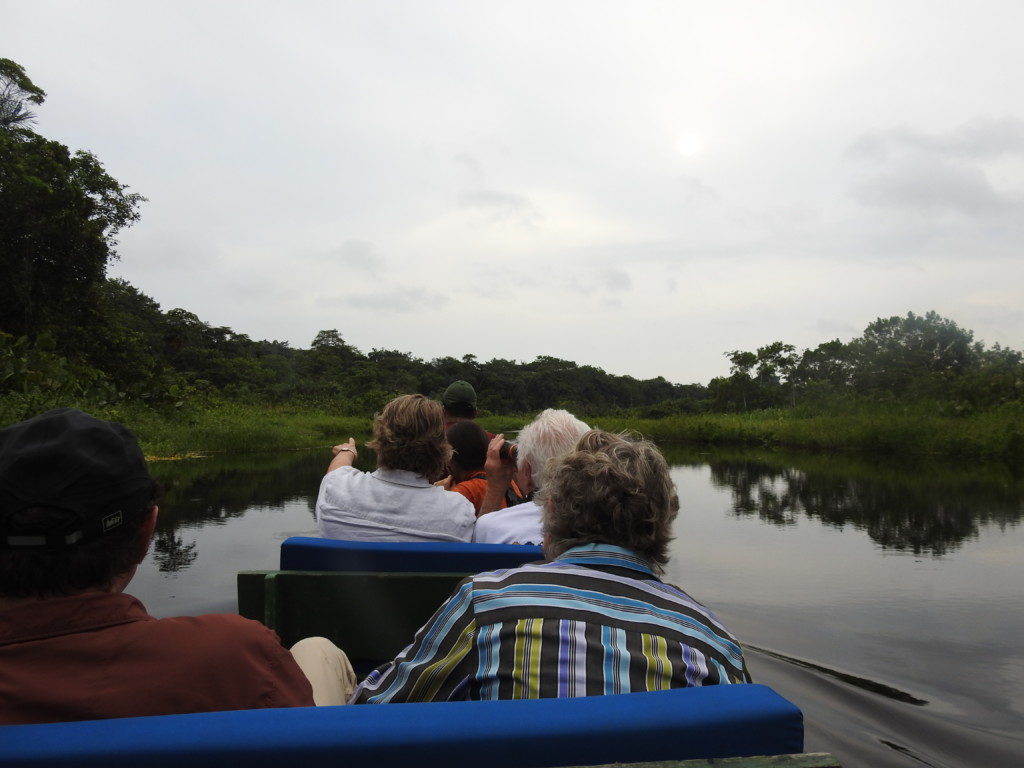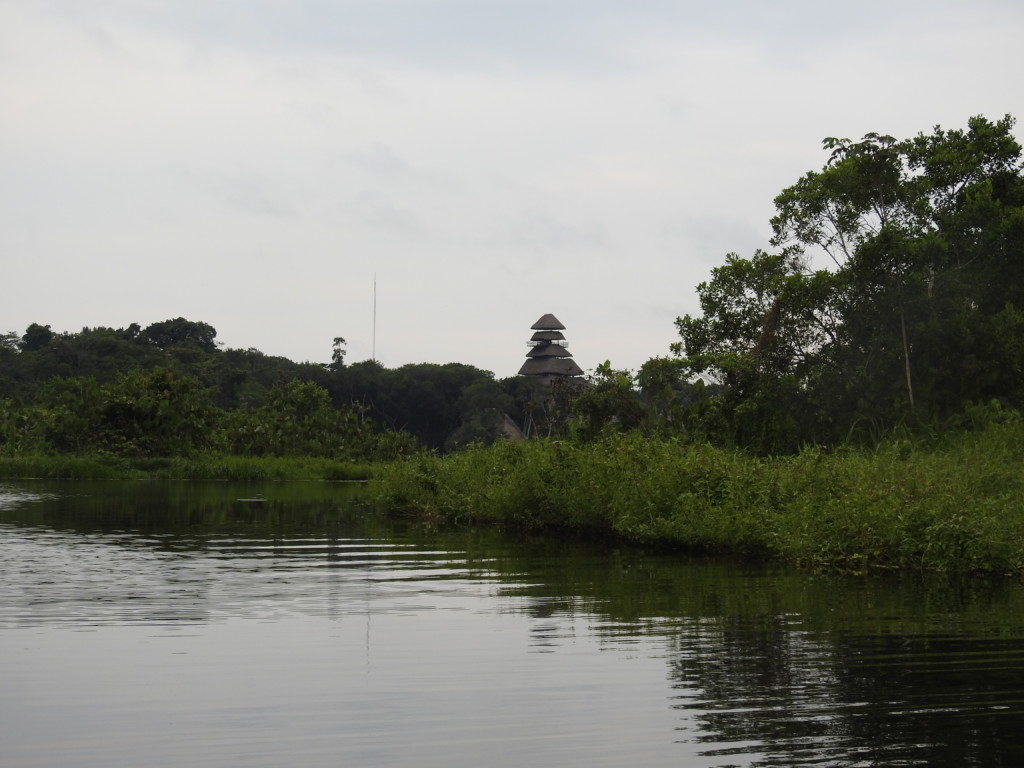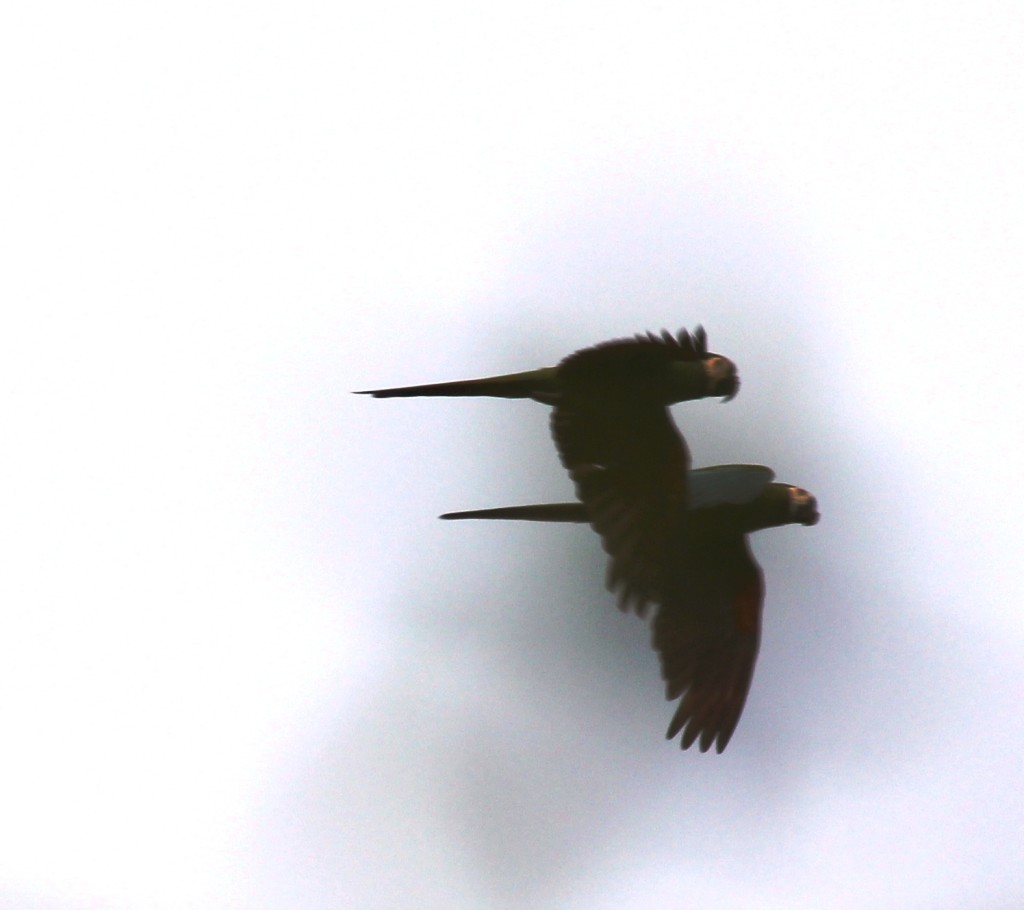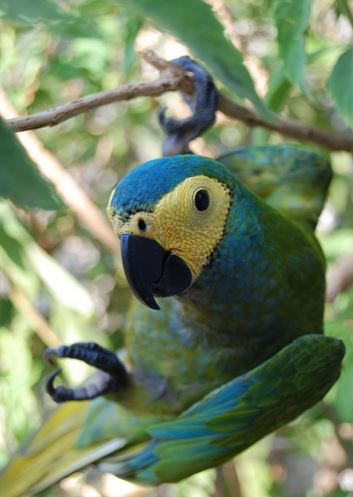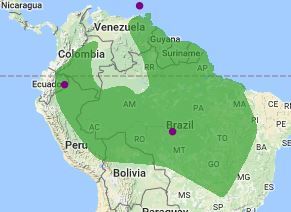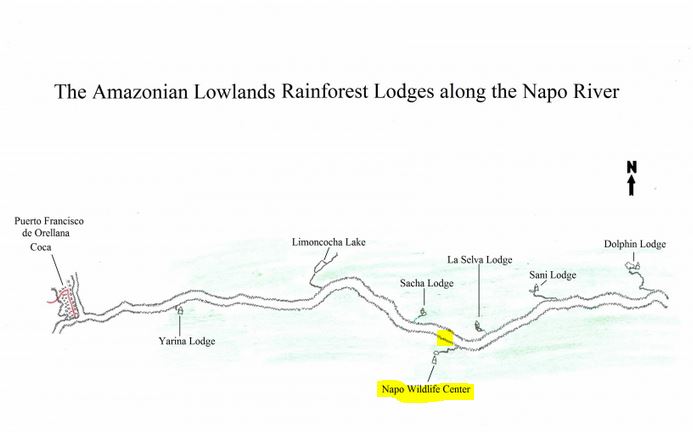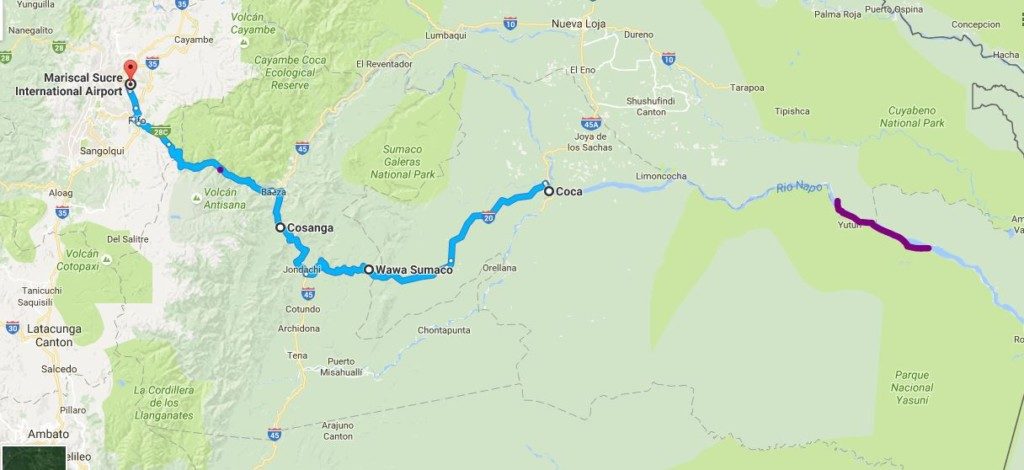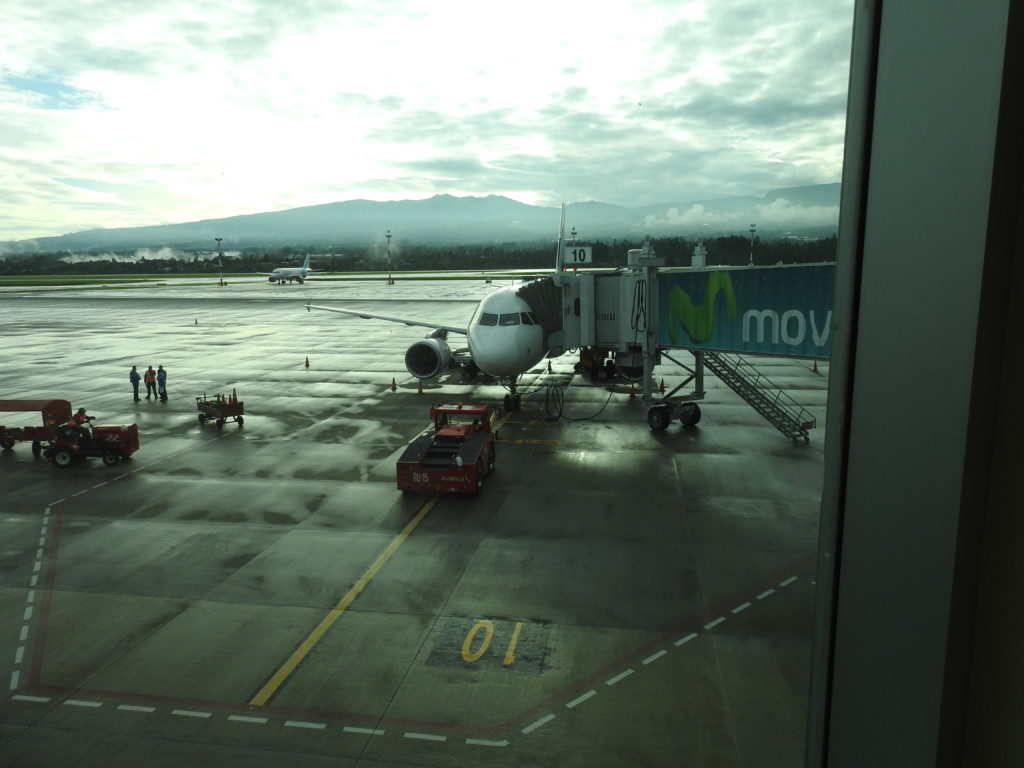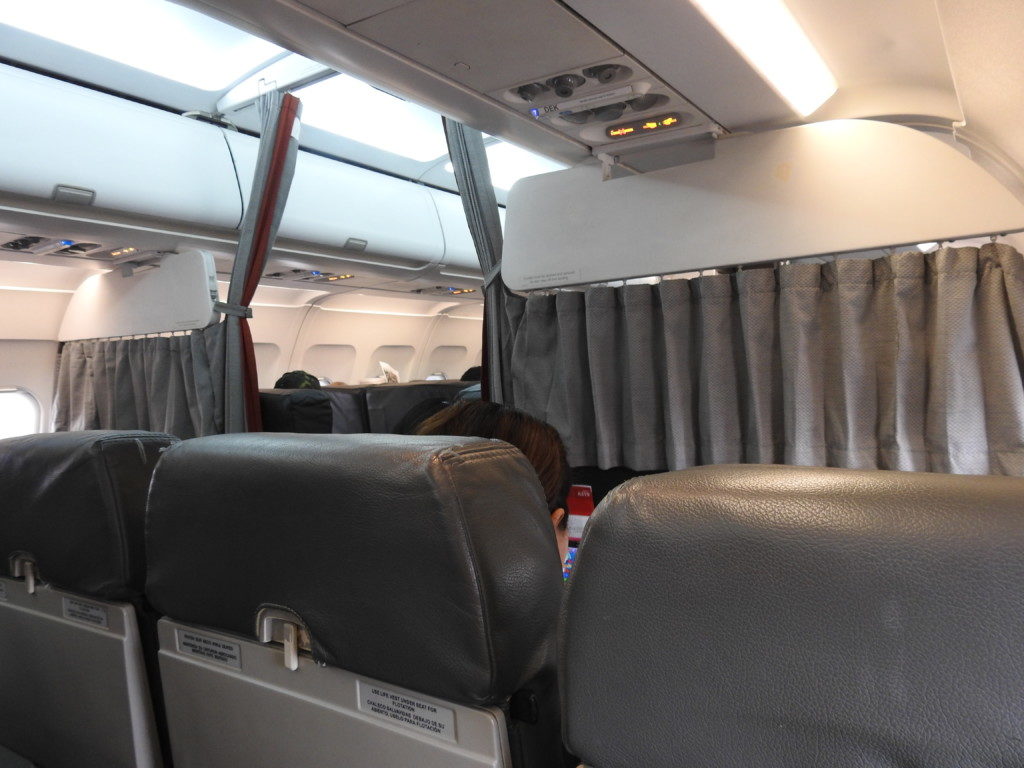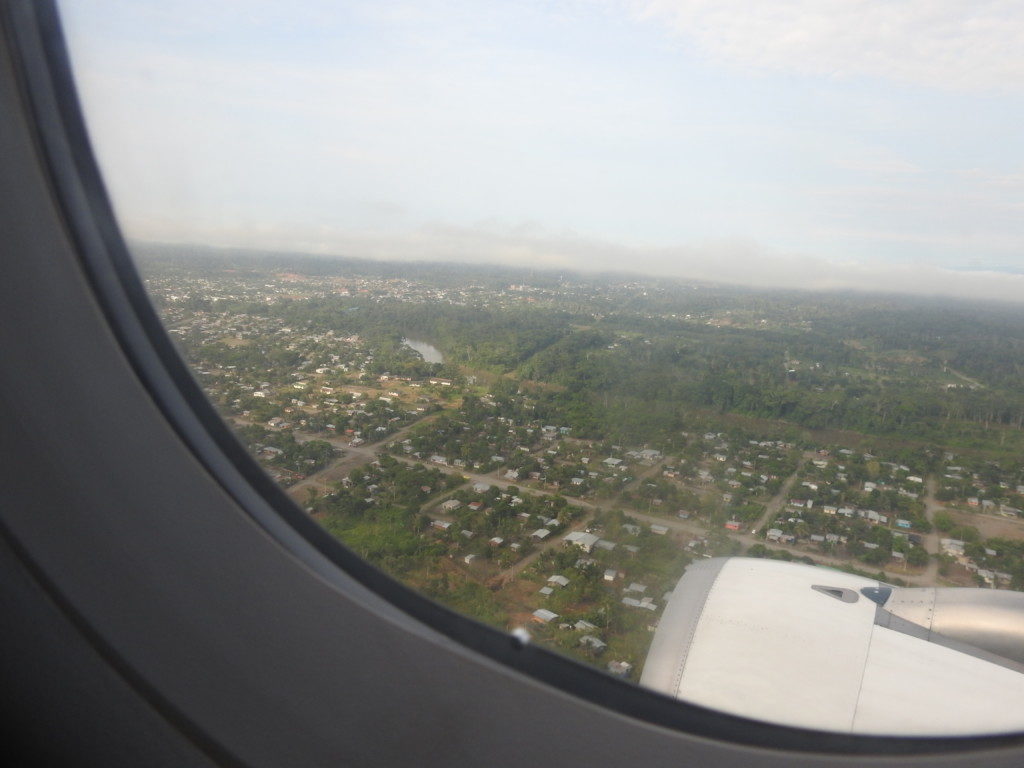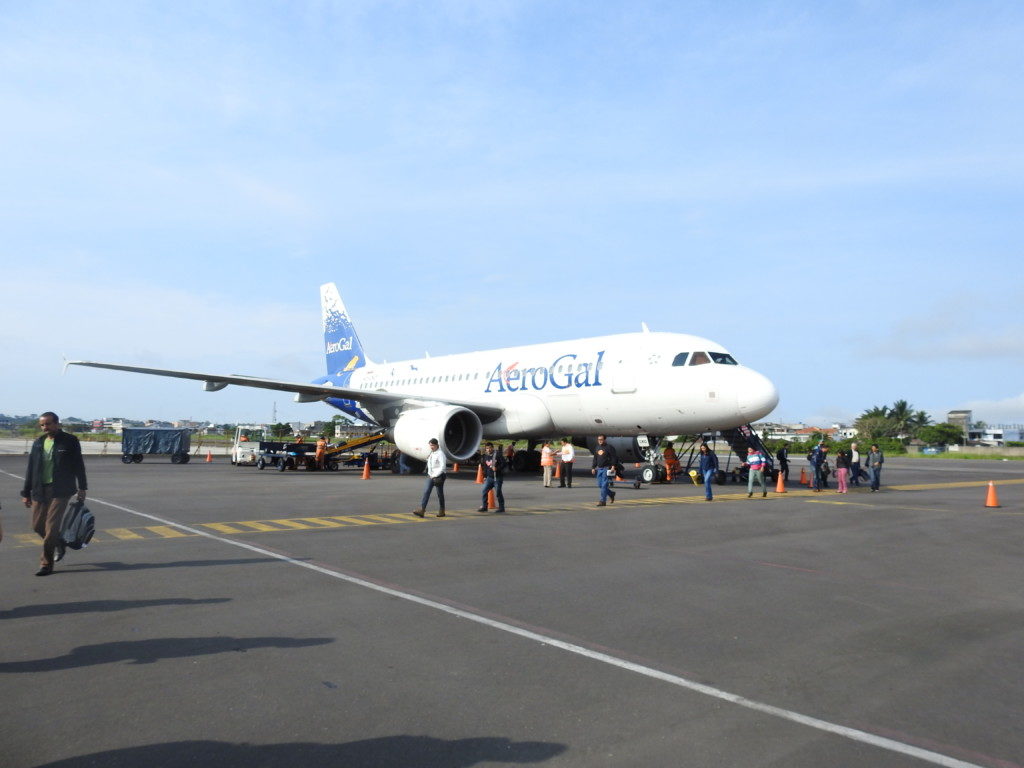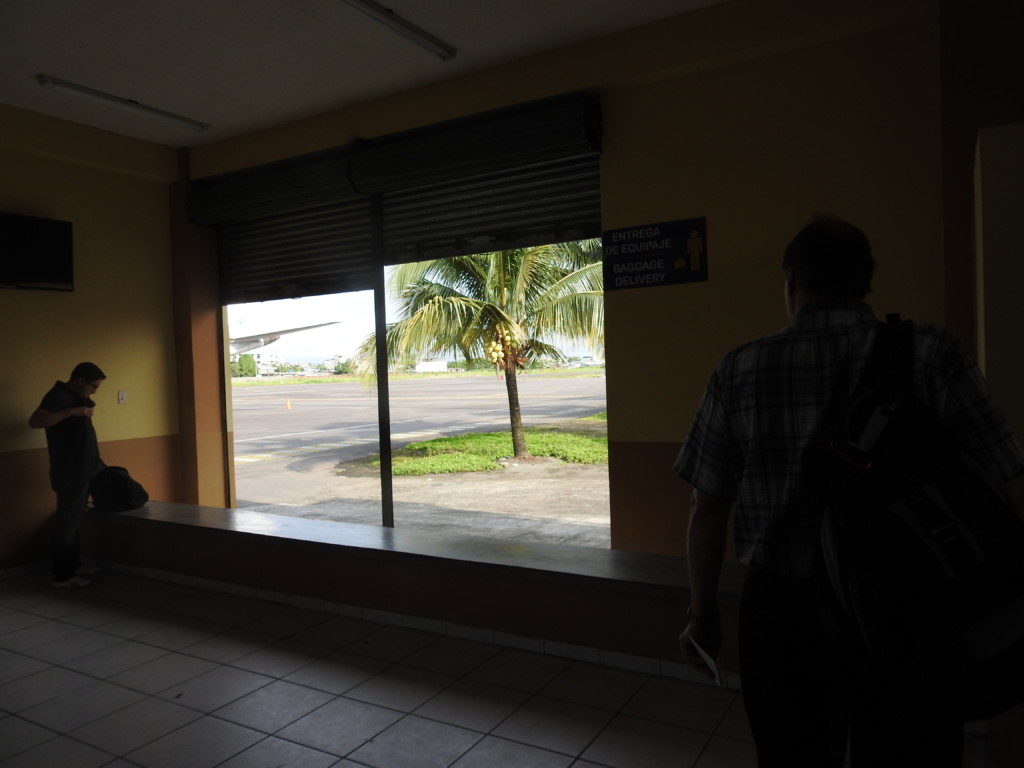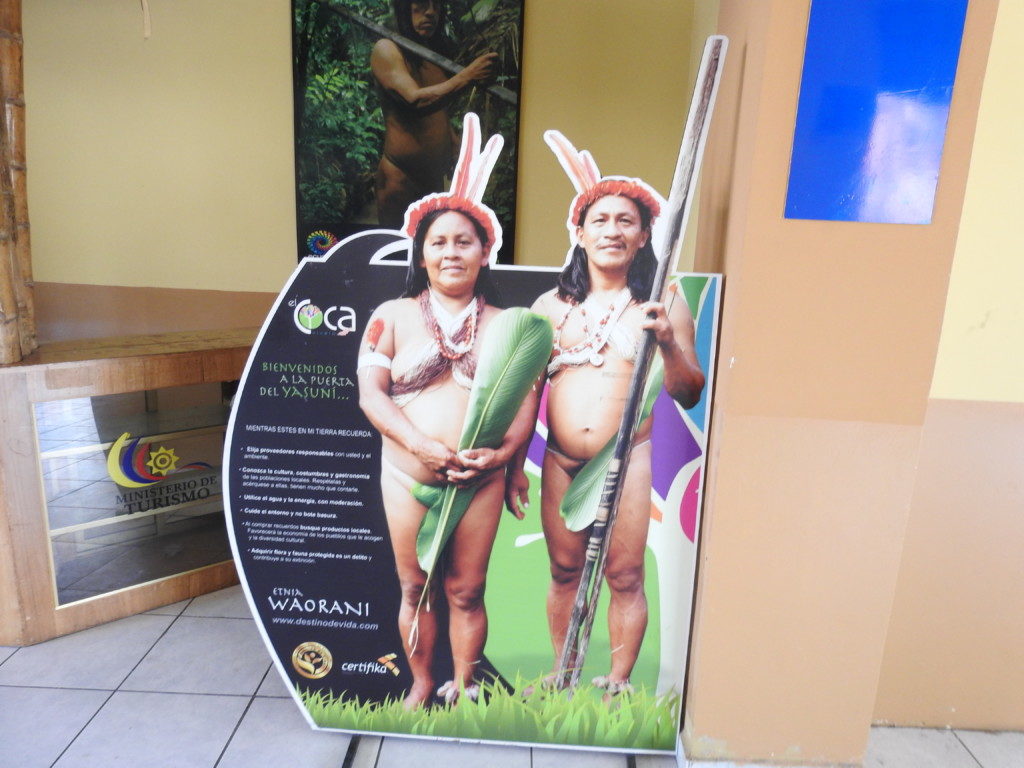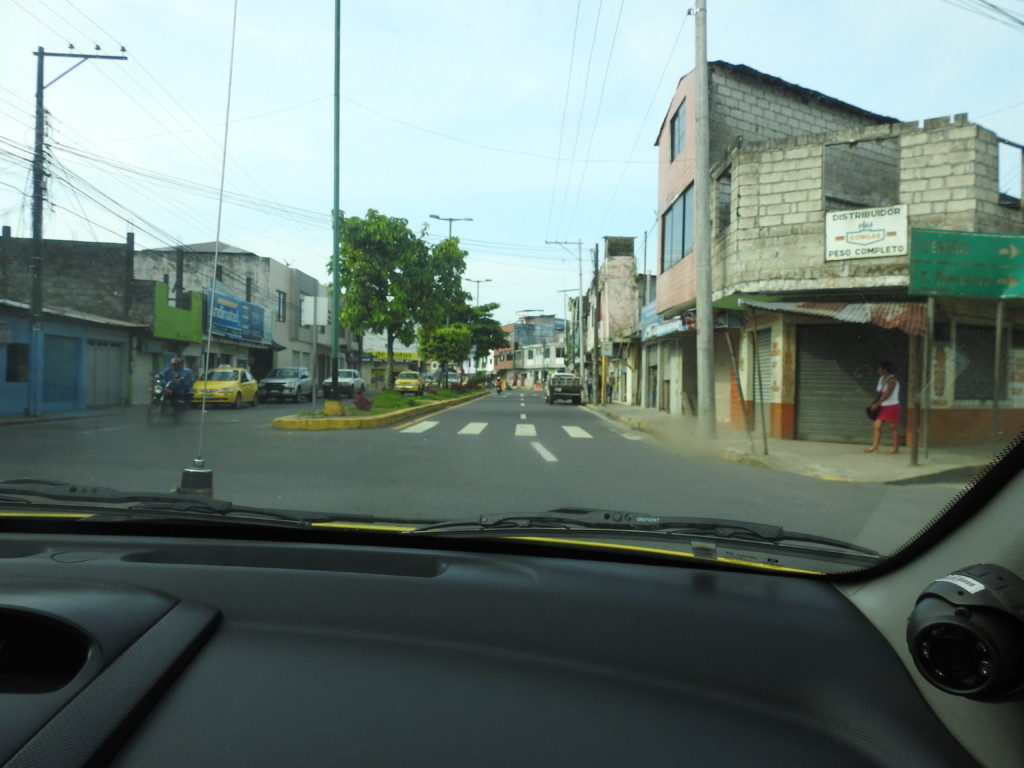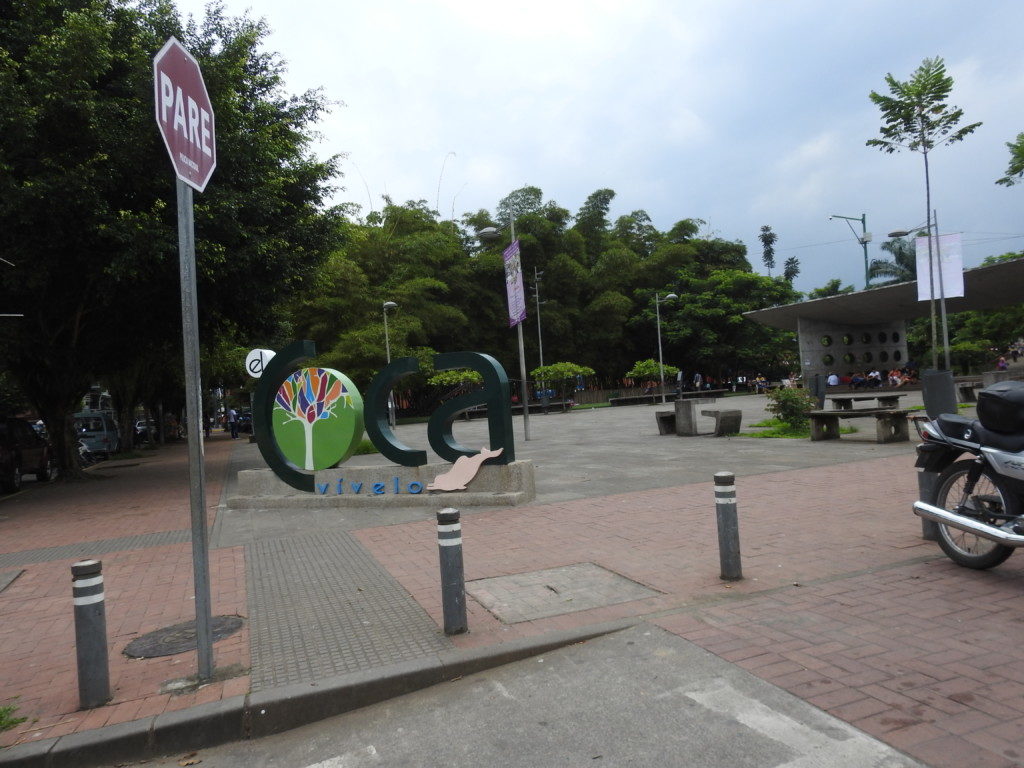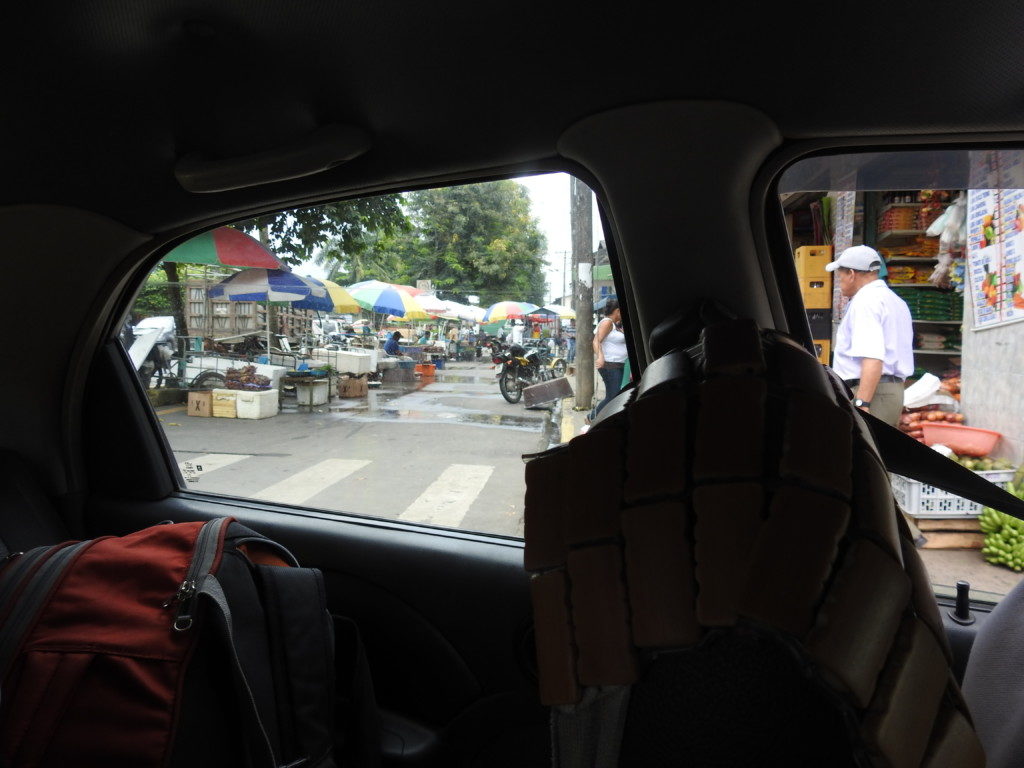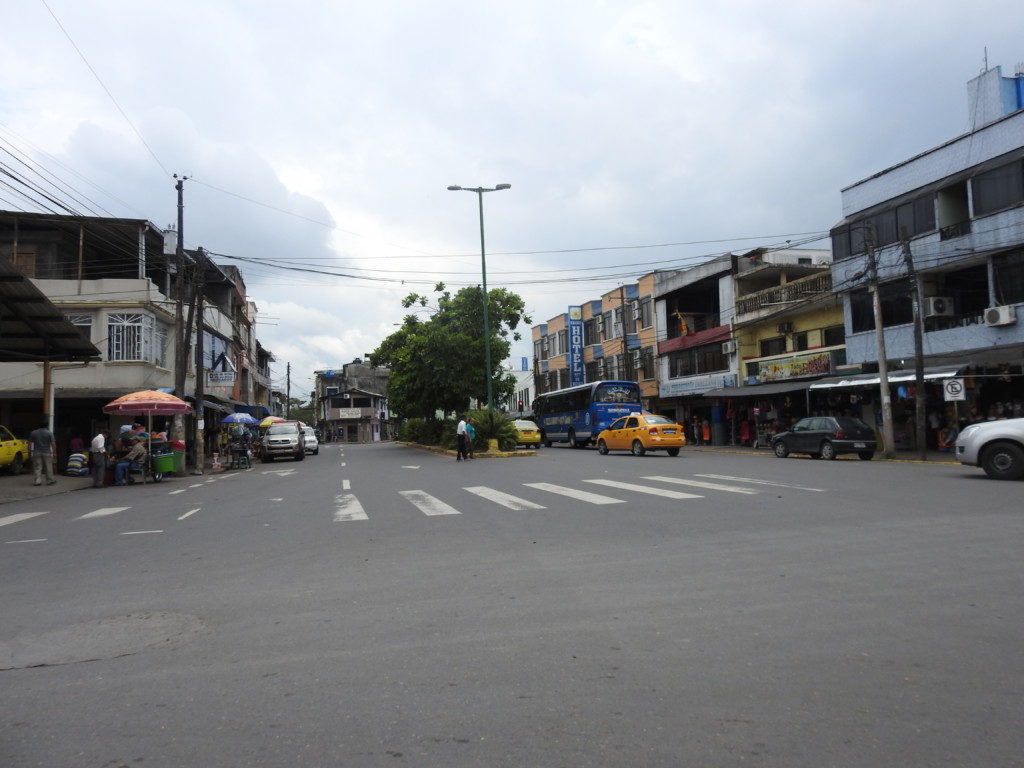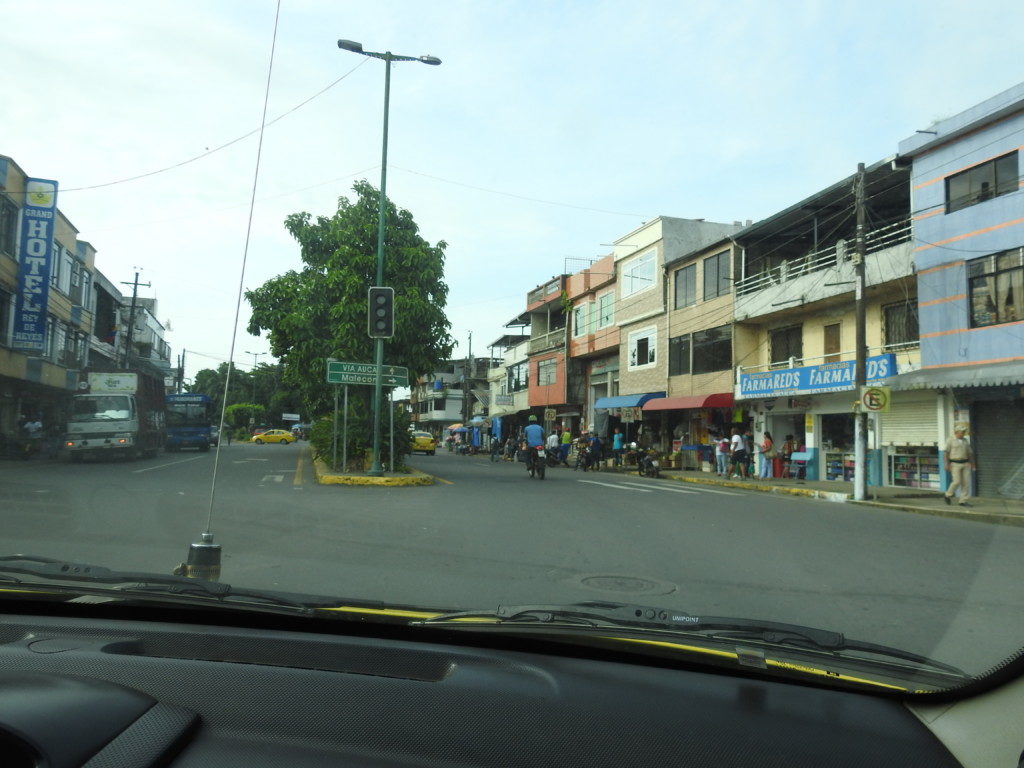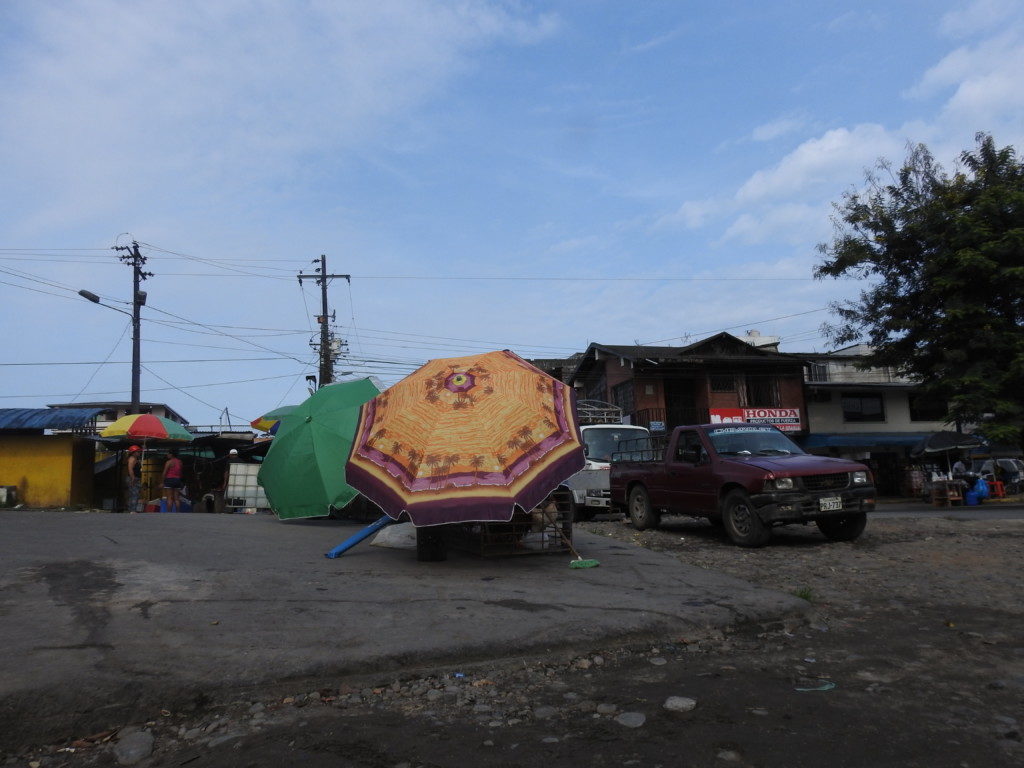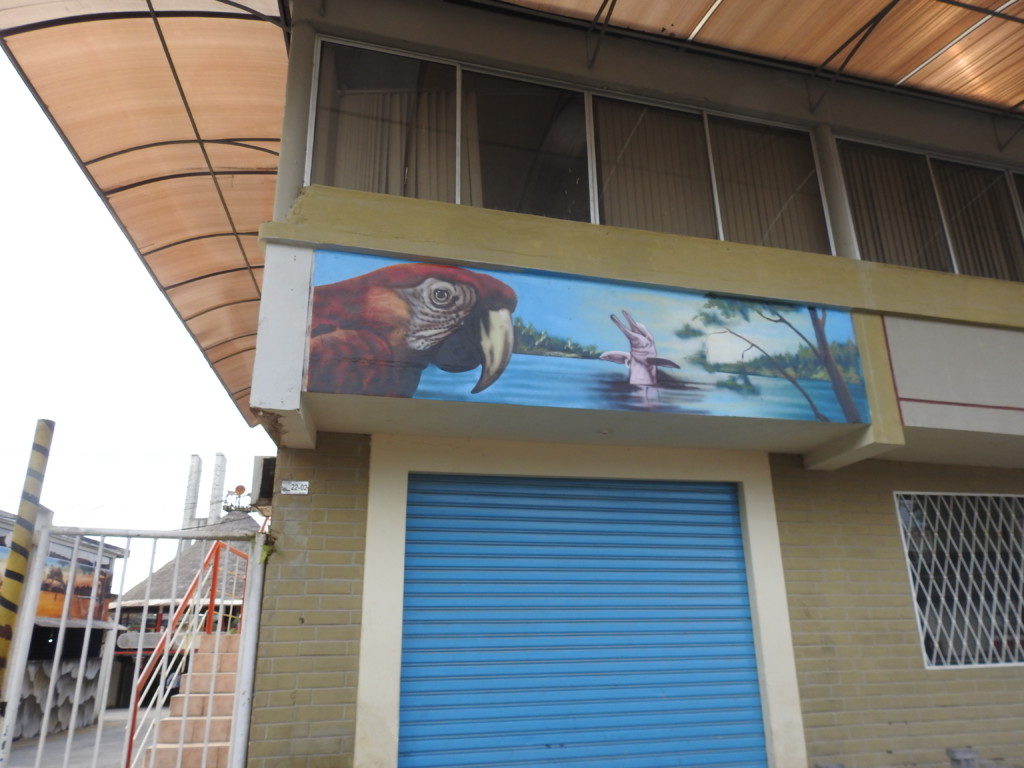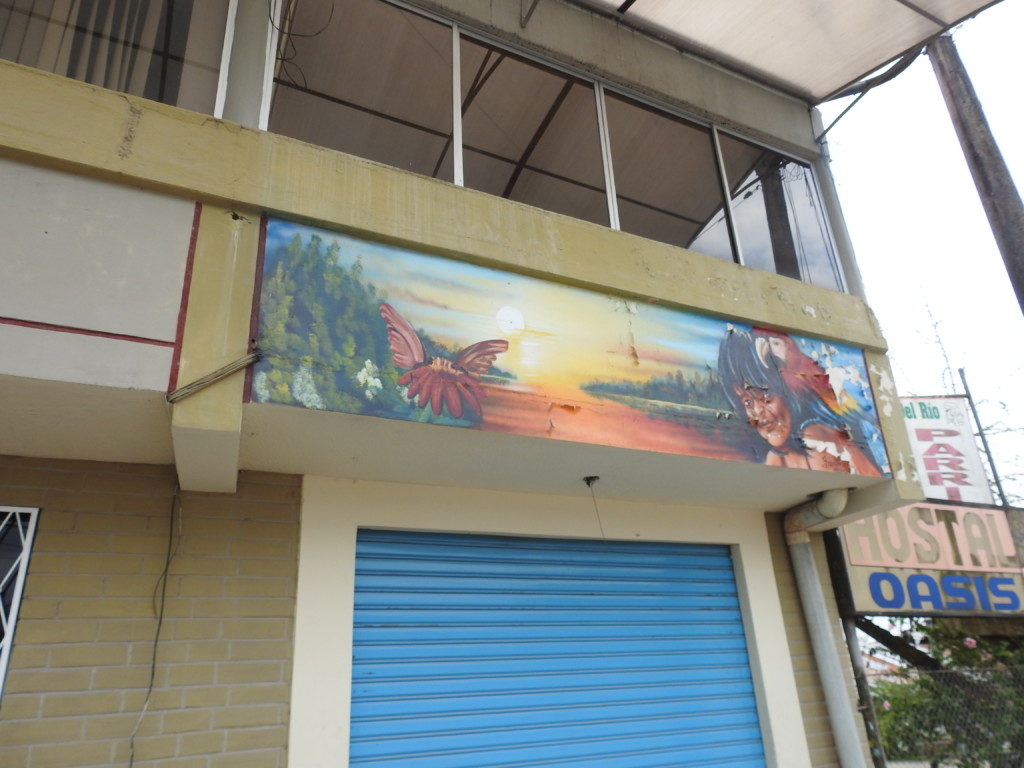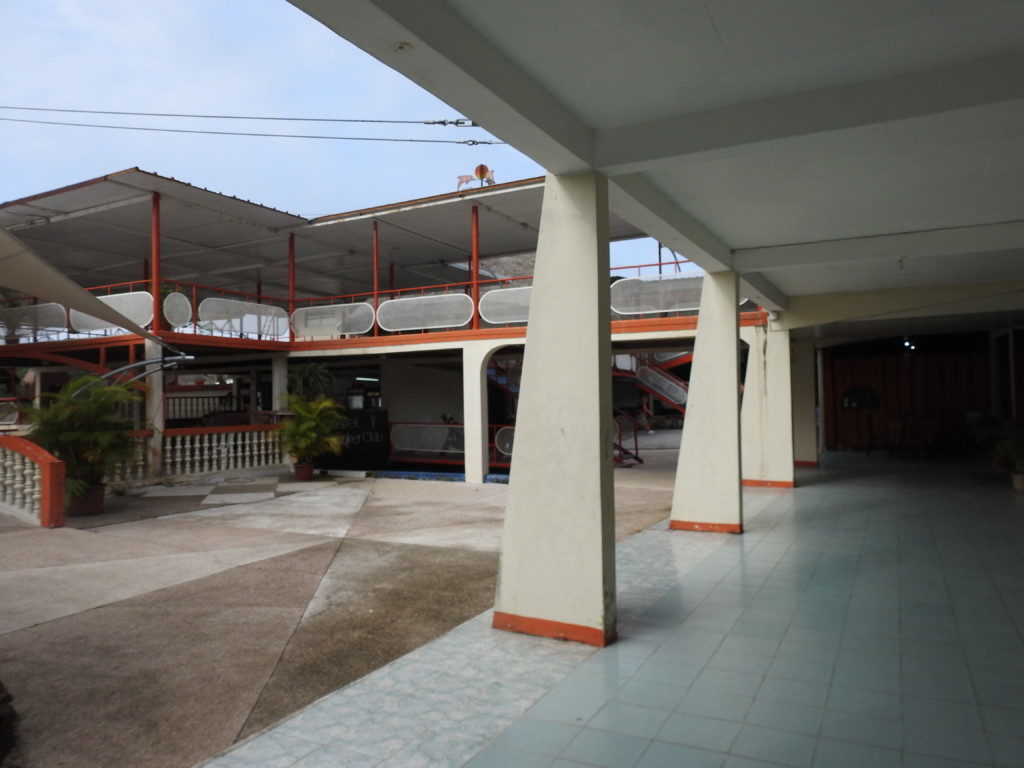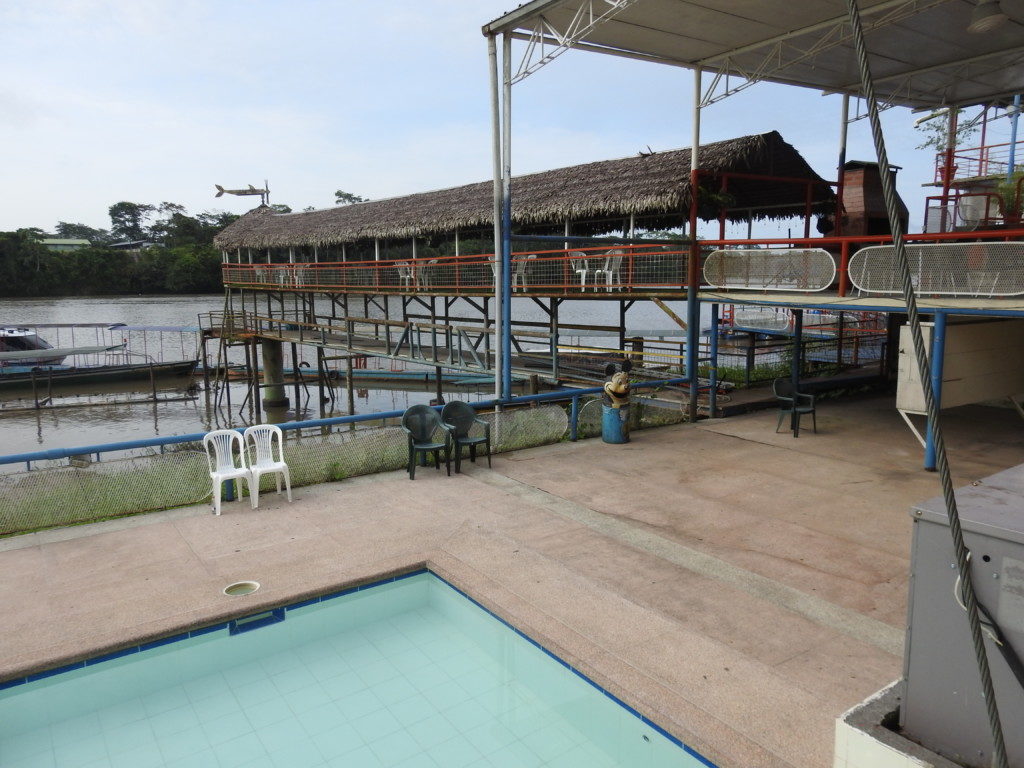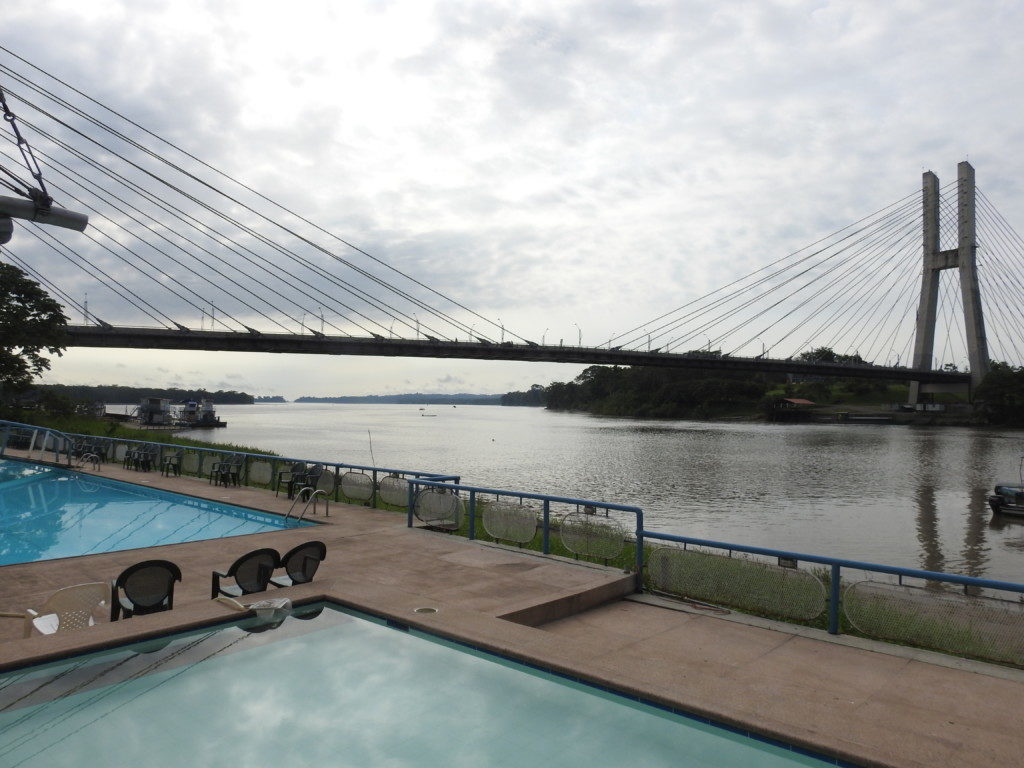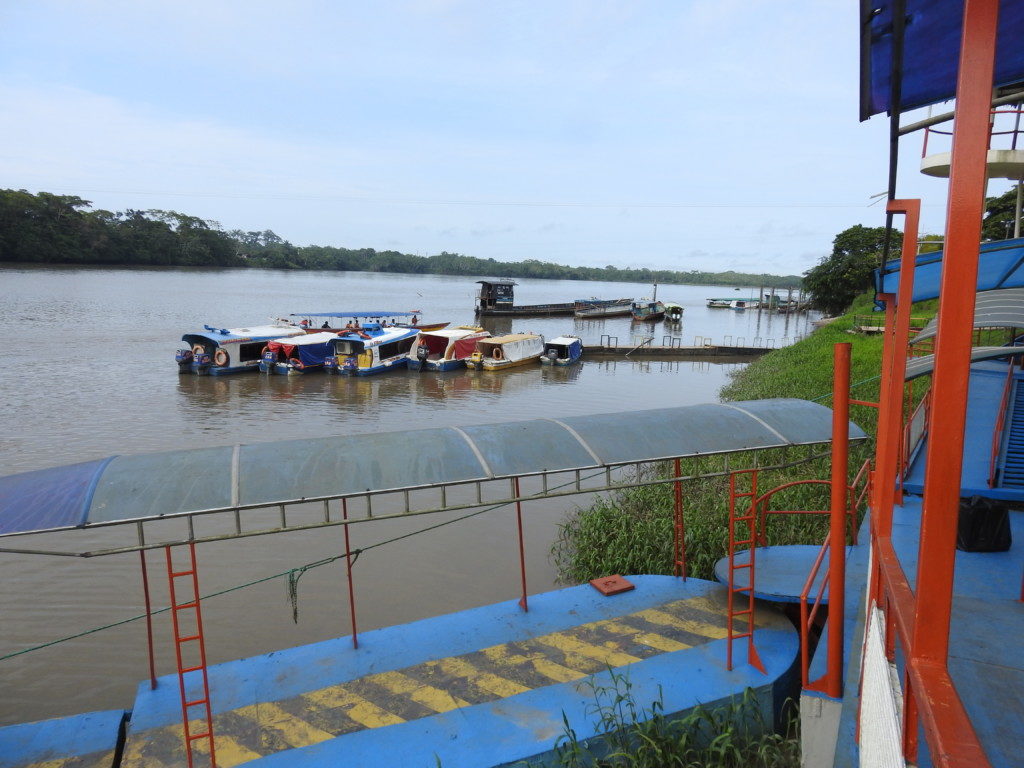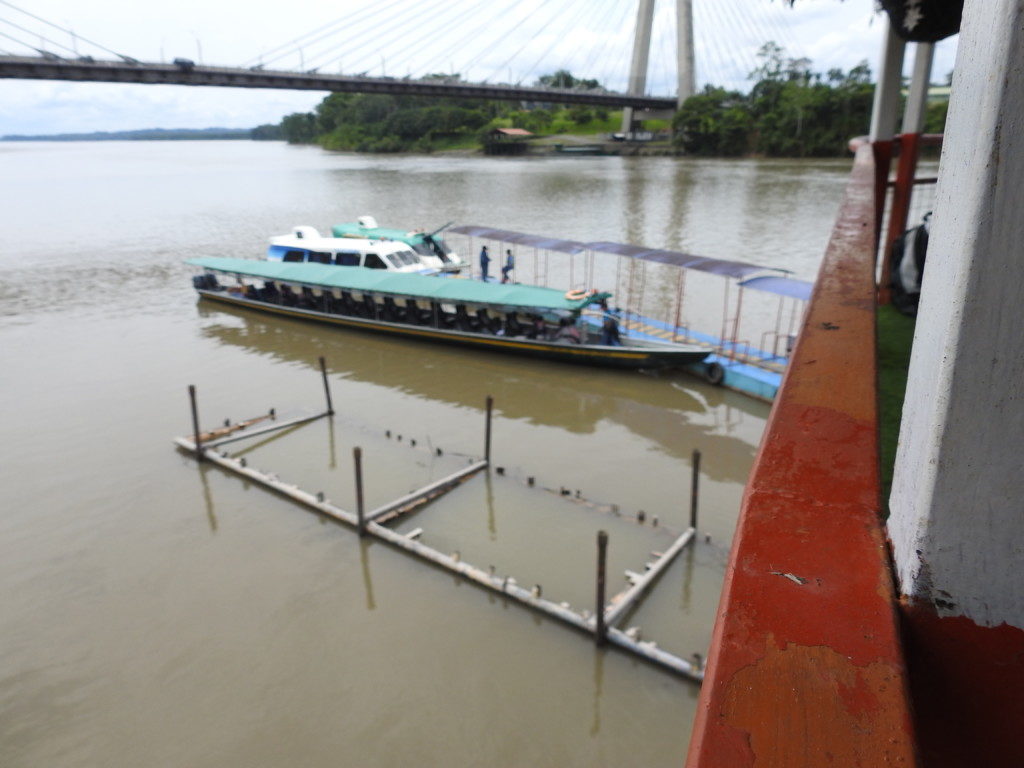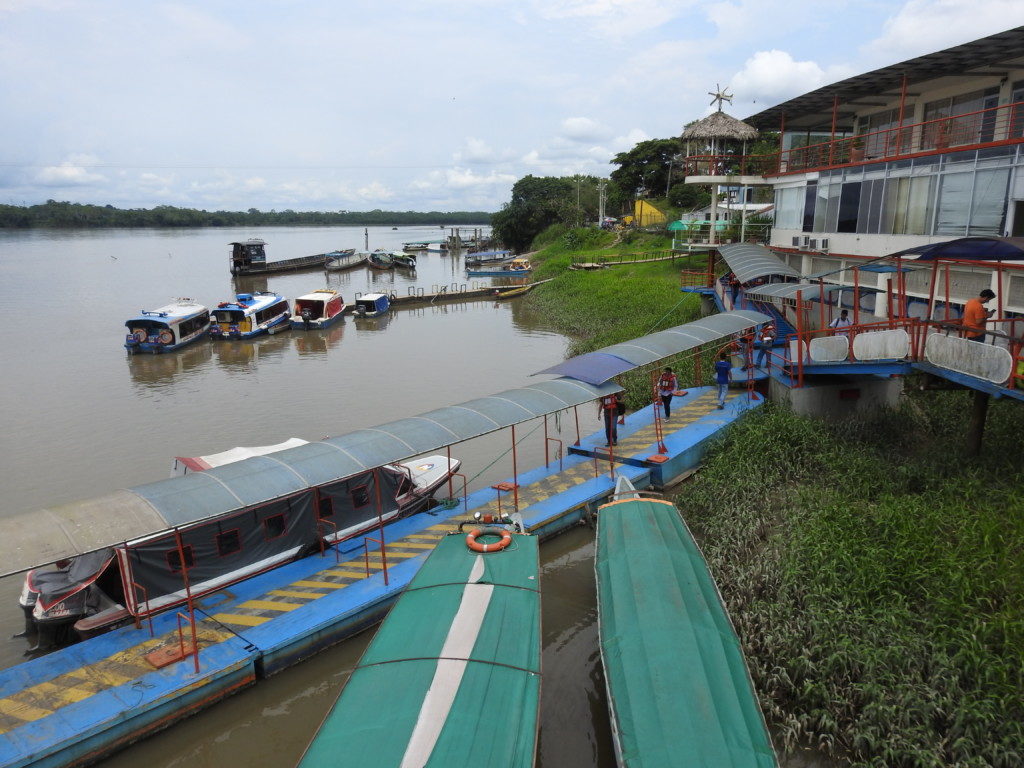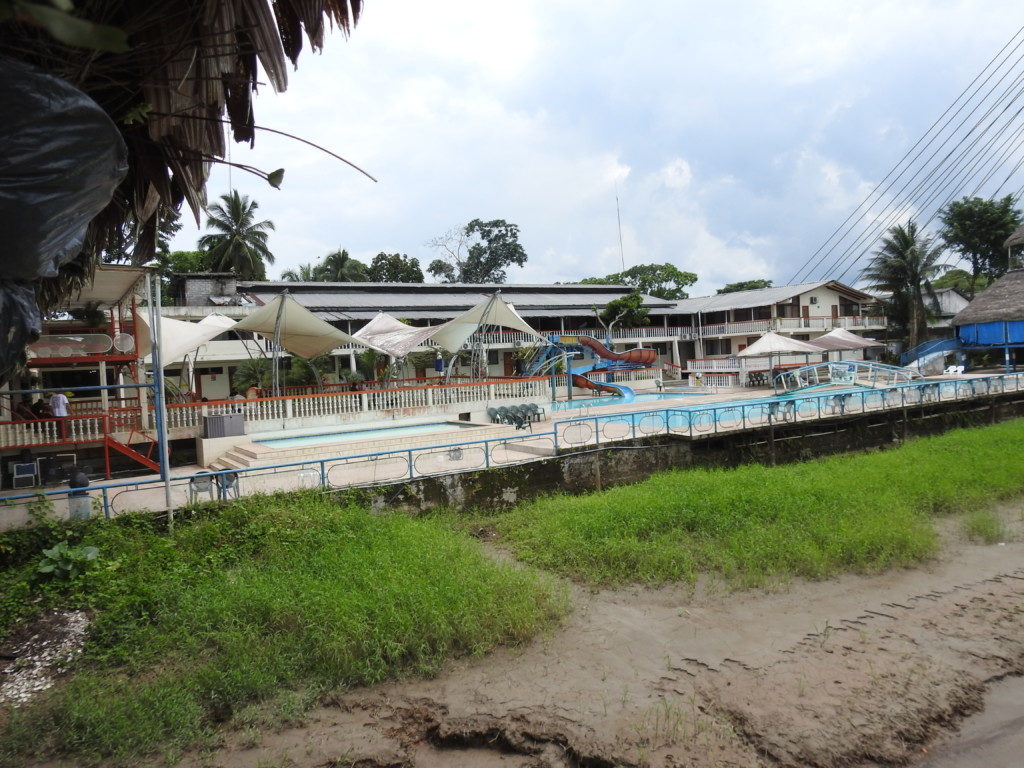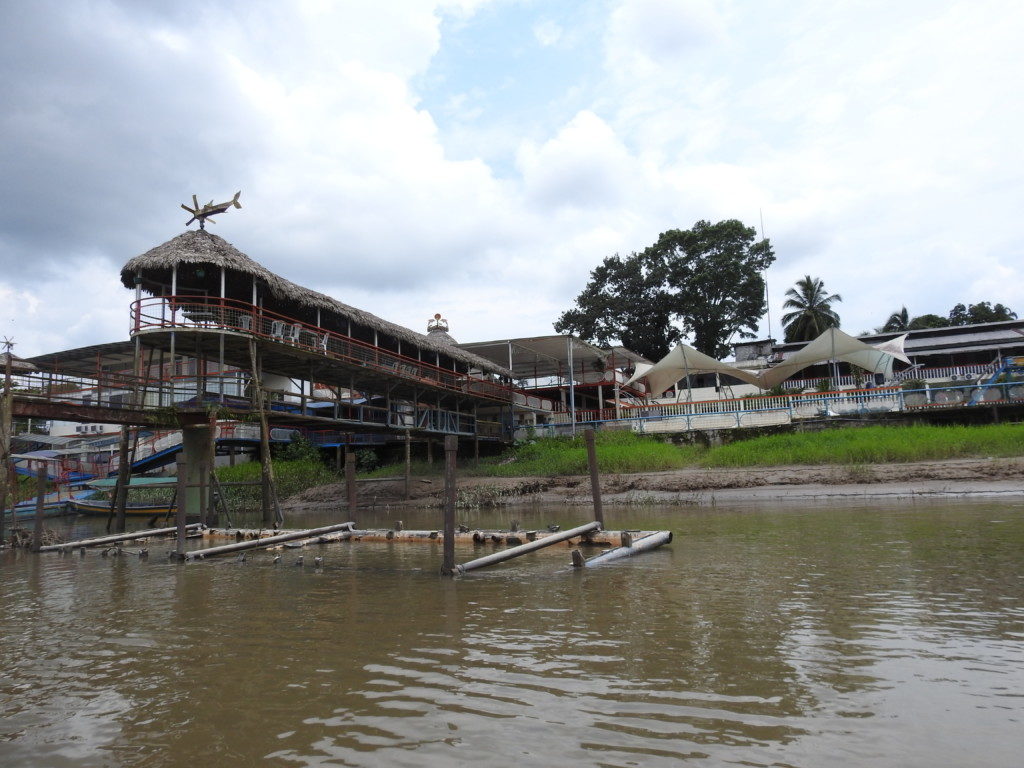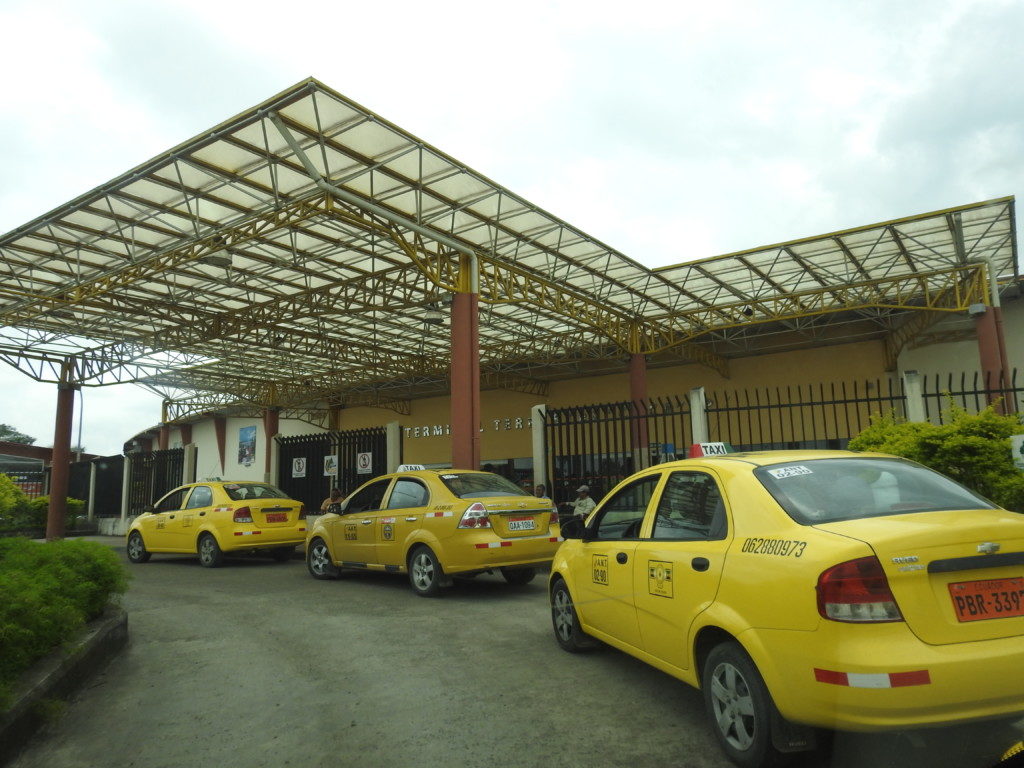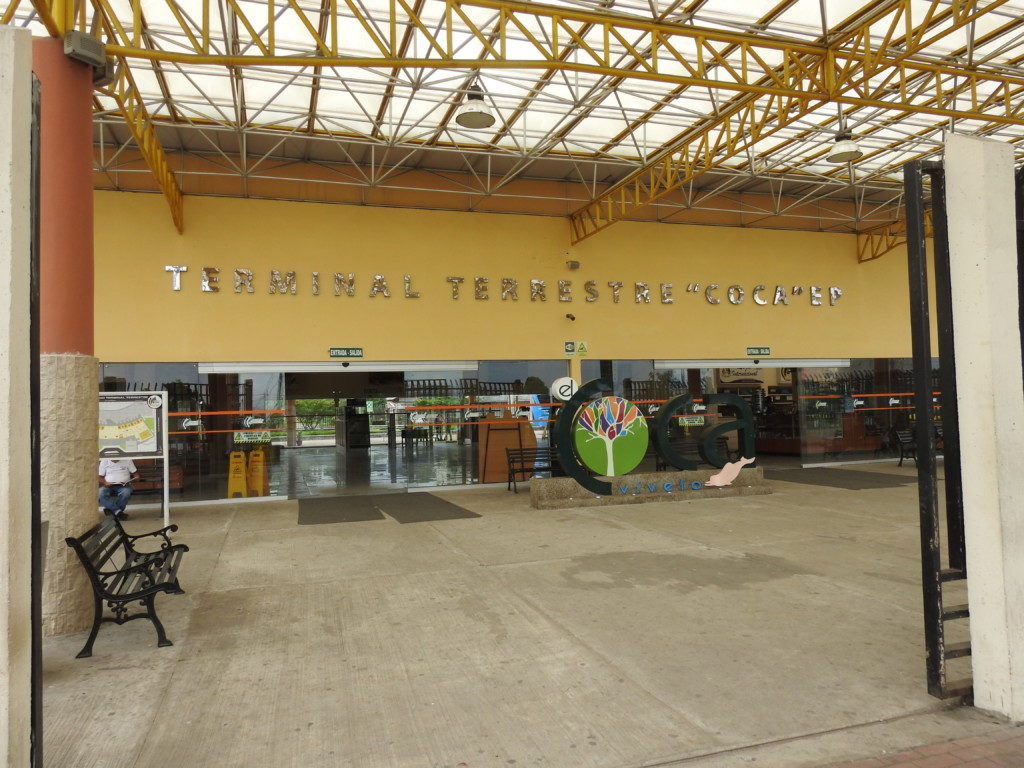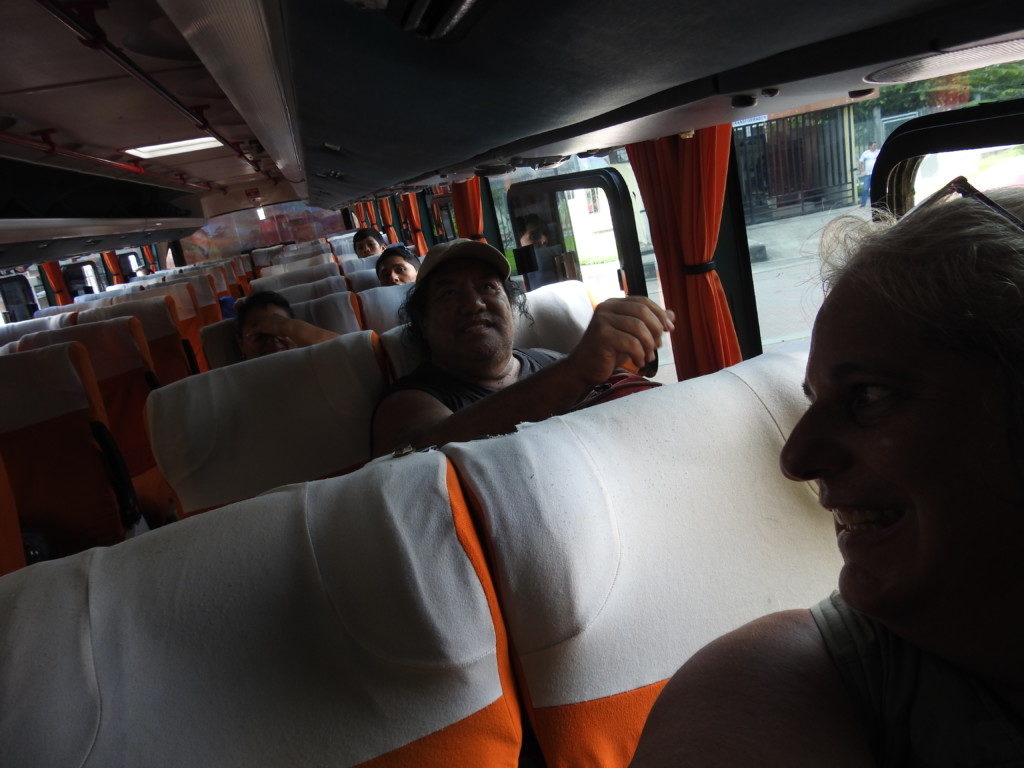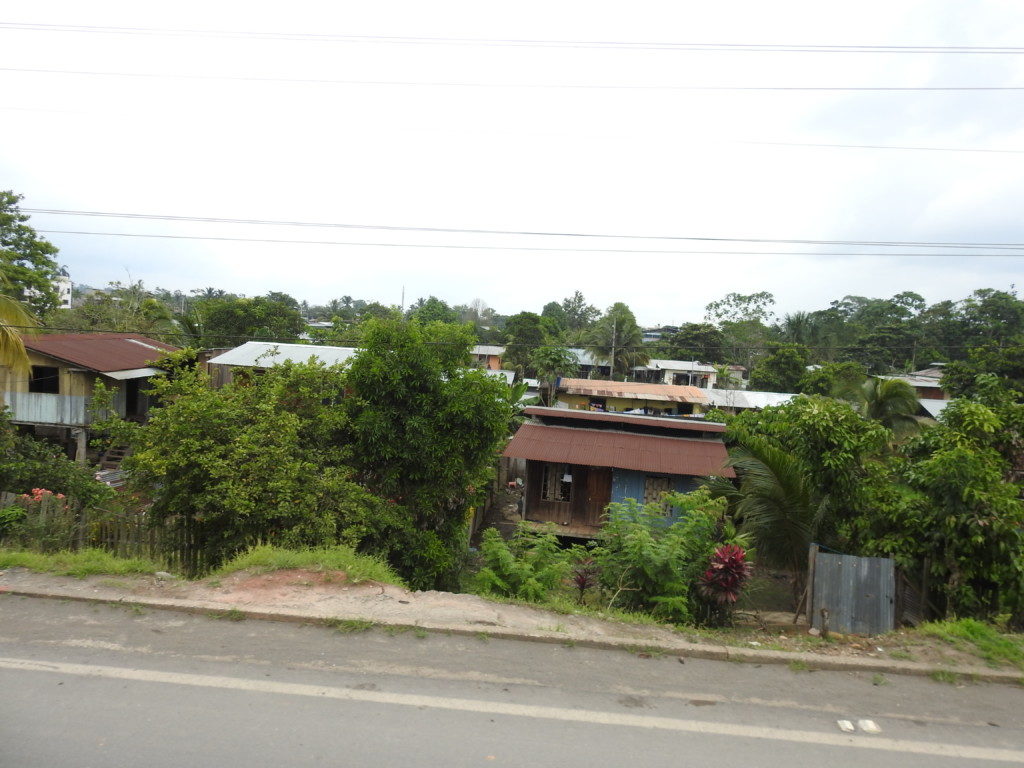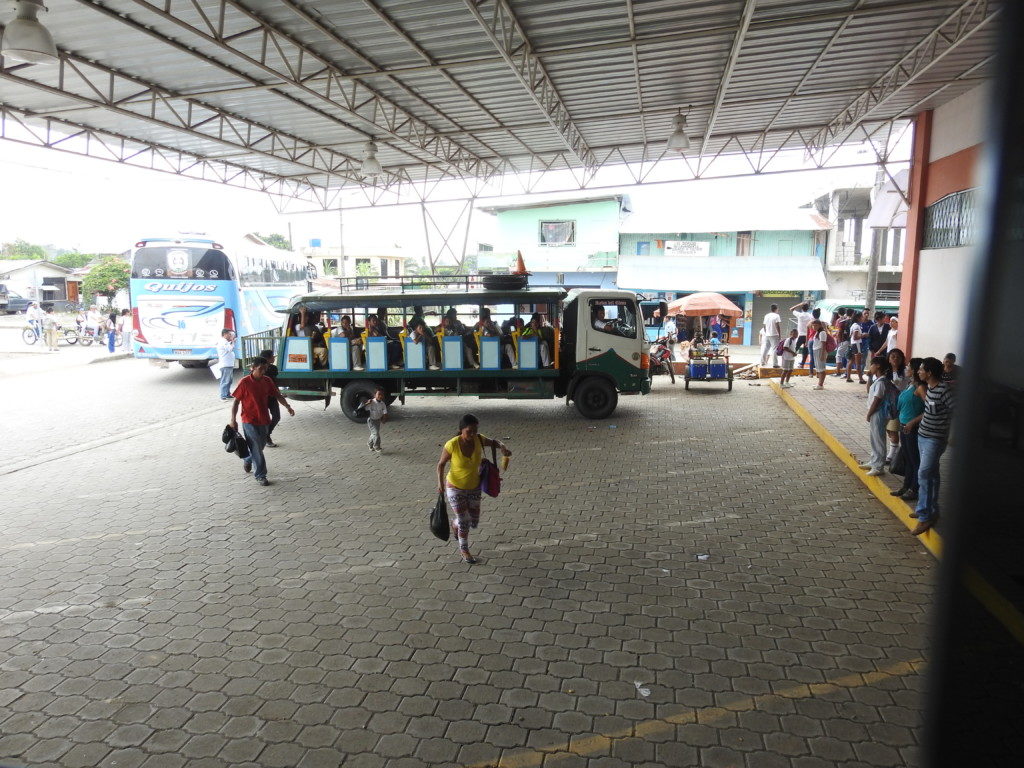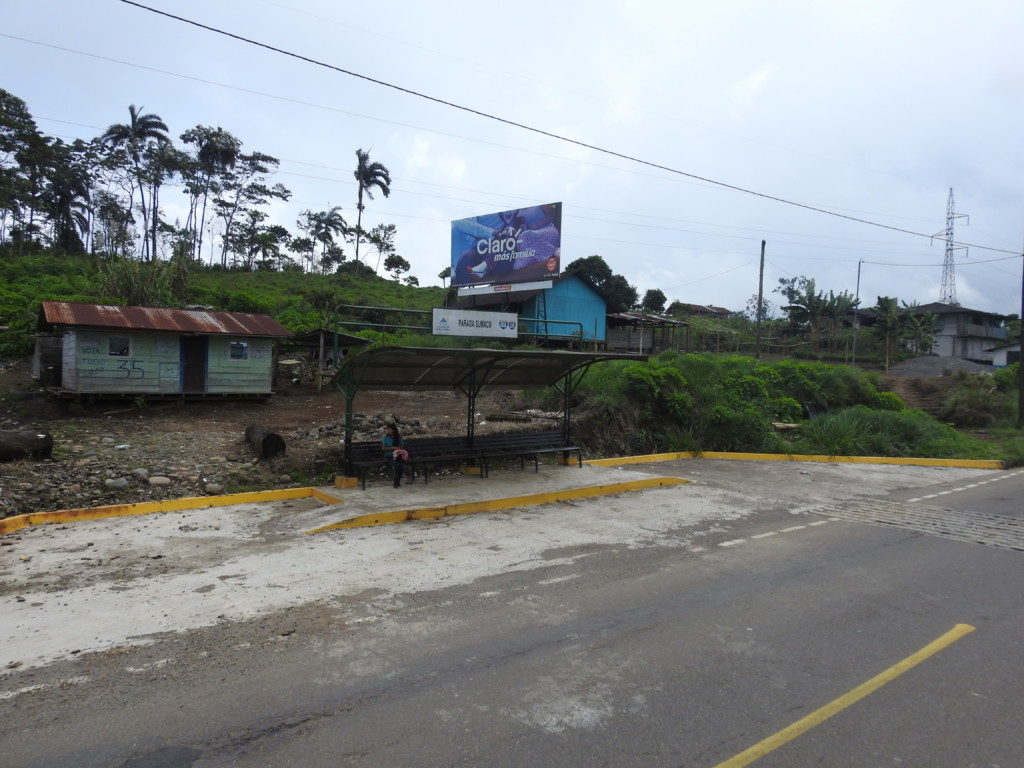Last year Woolworths gutted their loyalty program in which people could choose between Qantas points and money off your shopping. Then we heard that due to popular demand they would bring back Qantas points. It took 8 months but we finally have the details of the new program. Firstly, for a nice recap, please watch this video from Nine News.
You should also take the time to read the FAQ from their website. Here’s a few key points:
You asked to be rewarded for every dollar you spend, so we made some changes. Now you get all the existing benefits of Woolworths Rewards, plus from 31 August 2016 you’re guaranteed to earn on every dollar* – $1 = 1 point. You can earn bonus points with exclusive offers in store and via email. Plus, for the first time, you’ll earn points at Caltex Woolworths fuel outlets (excluding Tasmania, Star Mart and Star Shop) on top of what you get at Woolworths and BWS.
*No points will be earned on purchases of smoking products, gift cards, mobile recharge, Woolworths Mobile, travel cards and tickets, delivery charges, internet cafes, Carpet Care, lottery products, Woolworths Flowers and purchases using Caltex Starcard.
This is a plus and basically gets rid of the detested “Orange ticket items” and brings the basic earn to an equal level with Coles Flybuys program, especially if all you want is to save money on your grocery shopping. Flybuys does still have the edge though with flexibility. You can redeem your Flybuys at any time of your choosing whereas the Woolworth’s program will either automatically redeem them each time you acquire 2000 points or $10 off your shopping. If you want to save them, there is a “Save for Christmas” option where you can bank your points throughout the year and they will automatically be redeemed on 15 December.

SHOULD YOU CASH OUT FOR MONEY FOR GROCERIES OR SAVE FOR QANTAS POINTS?
Enjoy automatic savings
Unless you change your redemption settings to one of the below, you’ll automatically get $10 off a future shop each time your balance hits 2000 points. To redeem your saving, simply spend $10 or more on eligible purchases^ in store or online at a Woolworths supermarket or BWS store and scan your card. You cannot redeem your $10 saving in fuel outlets.
And from 31 August 2016:
Bank your savings for Christmas
You have the option to hold all your $10 savings for your Christmas shop. Your savings will be automatically triggered (i.e. become available for your use) on 15 December 2016.
Or convert your savings to Qantas Points
On 15 December 2016, each $10 Woolworths Dollar saving you’ve earned will be converted into 870 Qantas Points and transferred to your Qantas Frequent Flyer account.* For example, if you accumulate $50 Woolworths Dollars, you’ll get 4,350 Qantas Points.
You can update your redemption preference from 31 August 2016. To select your redemption preference, simply log in to your account at woolworthsrewards.com.au, select ‘My Account’ followed by ‘Redemption Settings’ and follow the prompts. Alternatively, click here to contact us.
I am not overly thrilled with the 15th December being the only option. We don’t make a big fuss over Christmas and I would rather have the extra shopping the week after we get back from a big trip and then I could apply the week’s grocery budget to our trip.
In the past, I did accumulate quite a few Qantas points from shopping at Woolies but I am becoming less interested in collecting Qantas points due to the excessive fuel surcharges. So what I would like is to be able to save the points and redeem them in bulk for a week’s free shopping at a time of my choosing. What I haven’t figured out yet is if you can change your mind after you opt in for “Save for Christmas” and then have your stash of points redeemed when you opt out.
WHICH IS BETTER, WOOLWORTHS REWARDS OR COLES FLYBUYS?
For shopping discounts, both of them value 2000 points at $10. If this is your goal, then choose your grocery store for price and convenience, not the loyalty program. Flybuys actually has an edge because you can choose to redeem them whenever you want and Woolies only has the automatic redemption or “Save for Christmas”.
If you want airline miles you need to know if Qantas (and OneWorld alliance) or Etihad (which can be redeemed on Virgin Australia and other partners) will get you where you want to go for less miles and less fuel surcharge. There’s no easy way to distinguish them as each destination is different. For example if you are headed to South America, Qantas & partner Latam have better options, for Africa, I would go with Etihad via Abu Dhabi. Set your travel goal first and choose your loyalty programs accordingly!
PROMOTIONS ARE THE REAL KEY
If you are depending on just the $1 spent = 1 point earned, you will take forever to accumulate enough points for anything worthwhile. The real value is in working the promos. These sometimes get emailed to you, Coles sends out quarterly vouchers and both sometimes print bonus points offers on your shopping docket. These usually involve you having to make a target such as “Spend $80 and get 1000 bonus points”. If you can be flexible and rotate between both stores to take advantage of these bonuses you will get a LOT more points! Ironically, these “loyalty programs” actually reward you better for being disloyal. If you spend a couple months shopping at Coles, Woolies will try to lure you back with attractive offers and vice versa. Also, when you are meeting a target, it’s best to just barely meet the target otherwise they raise the bar next time. If you spend $80.45 on the example to get your 1000 point bonus, stop the register and pay for any remaining groceries separately without scanning the card, otherwise you will find your next target increased to $100. You can get your spouse or partner to use their card too and rotate between you to keep your targets down.
I know this is a lot to take in and it probably sounds complicated and not worth it but if you play the game well, you do get some pretty good rewards!

